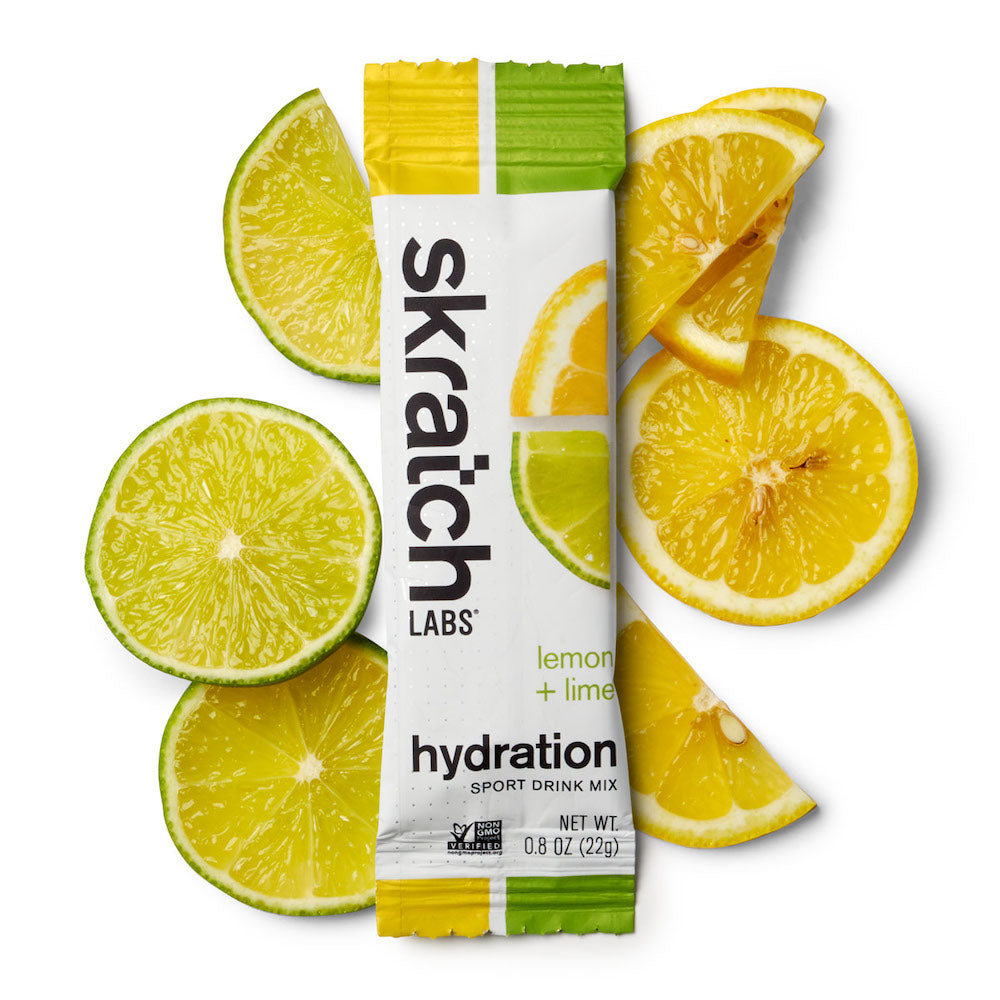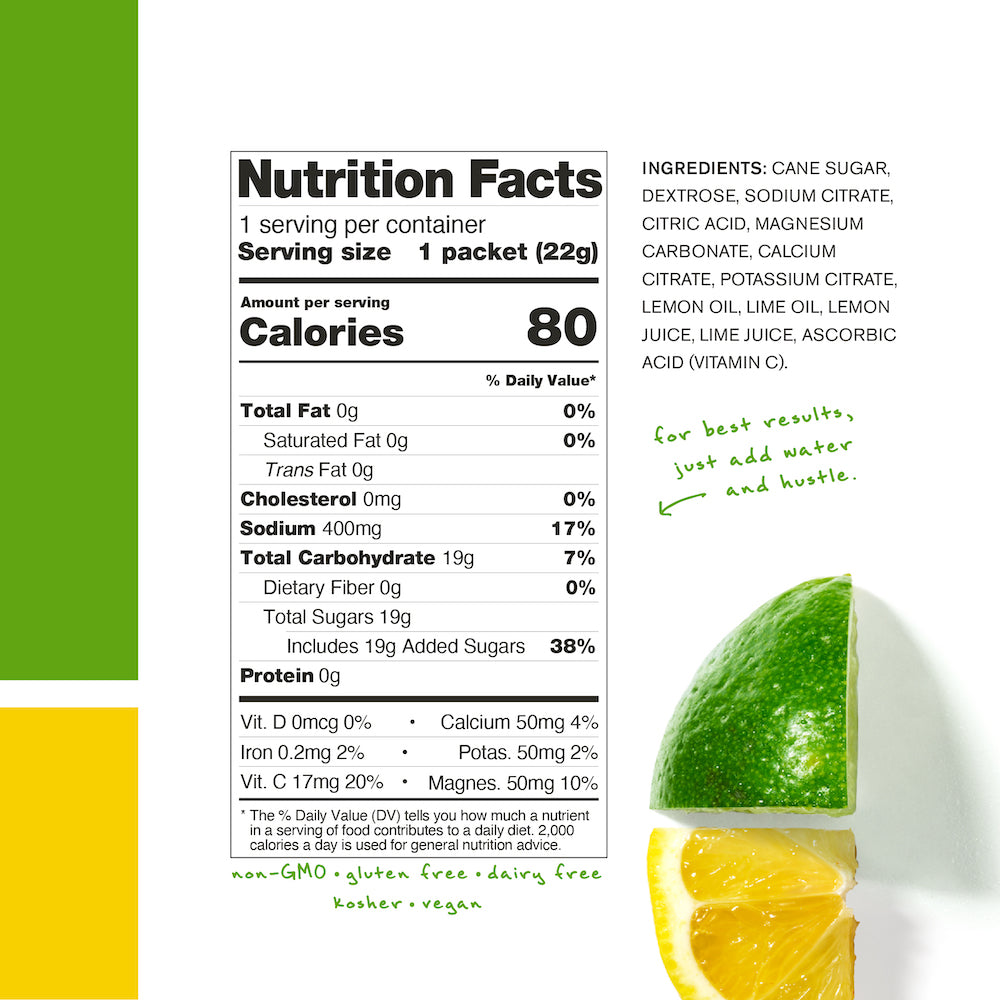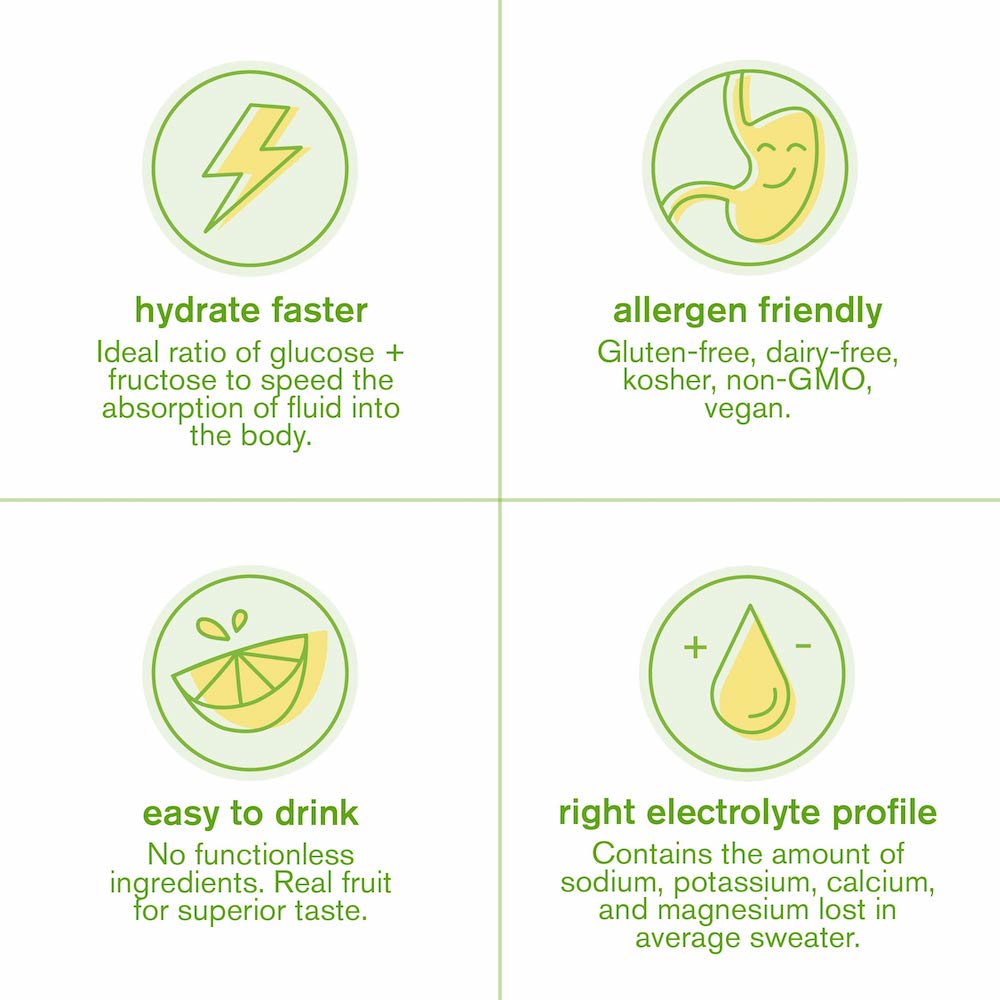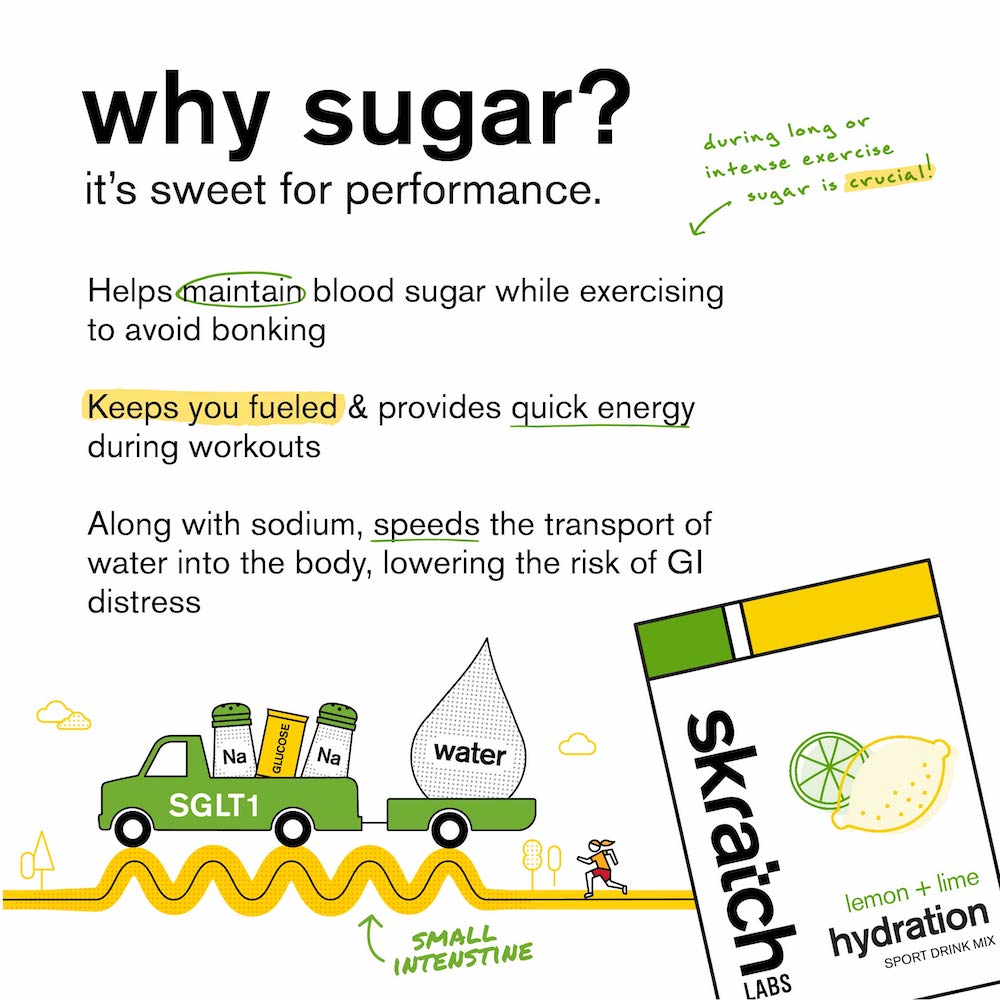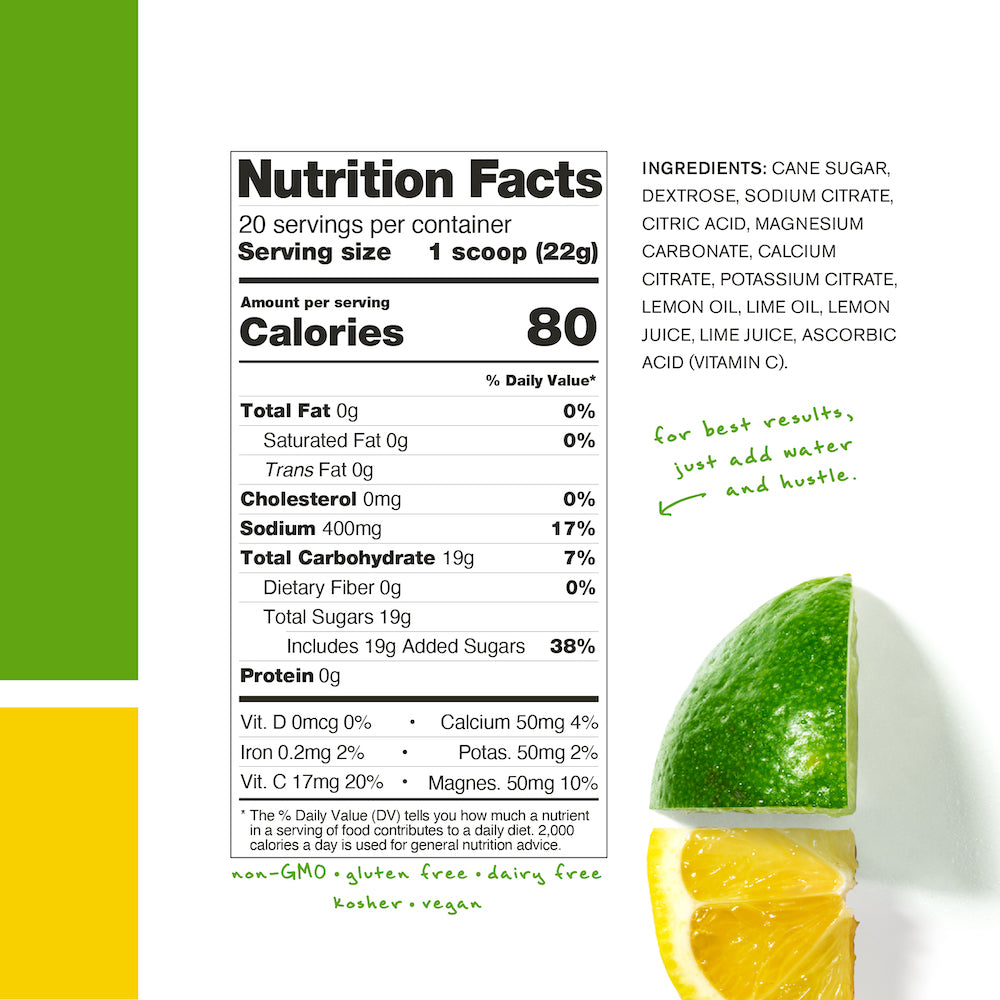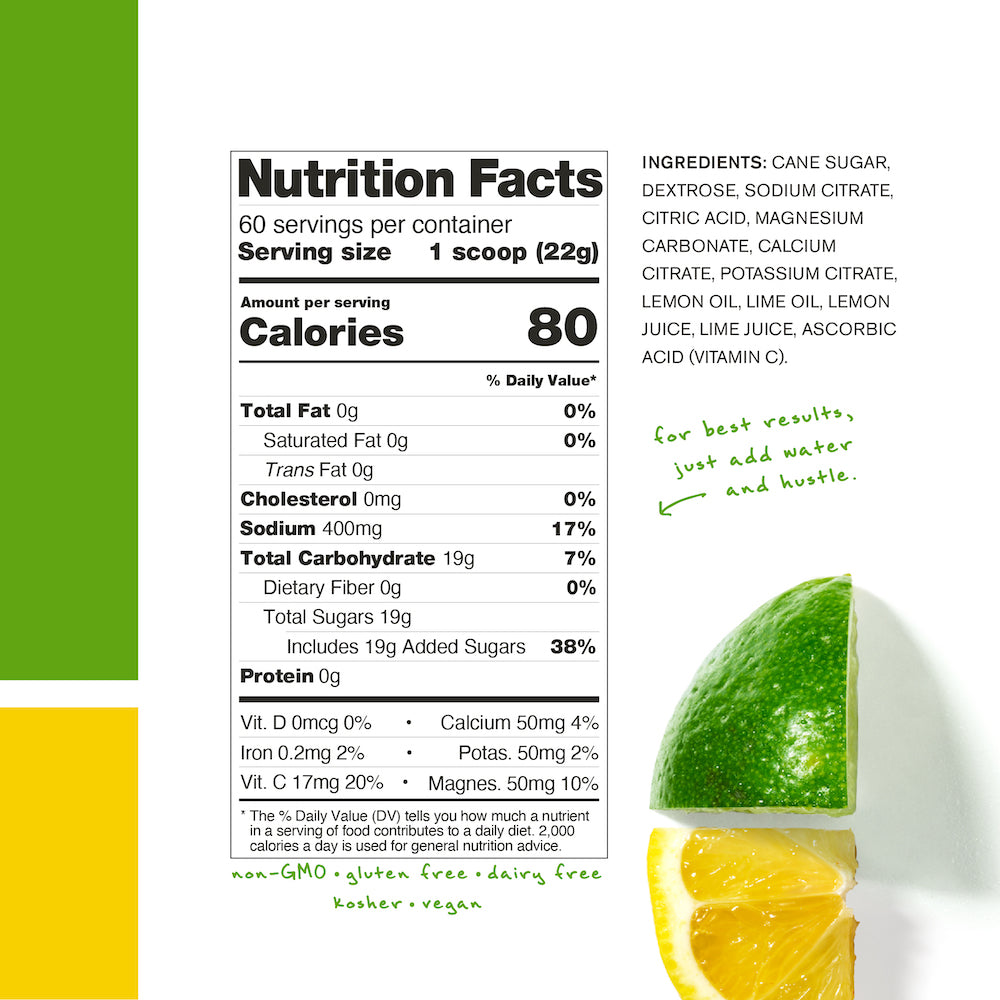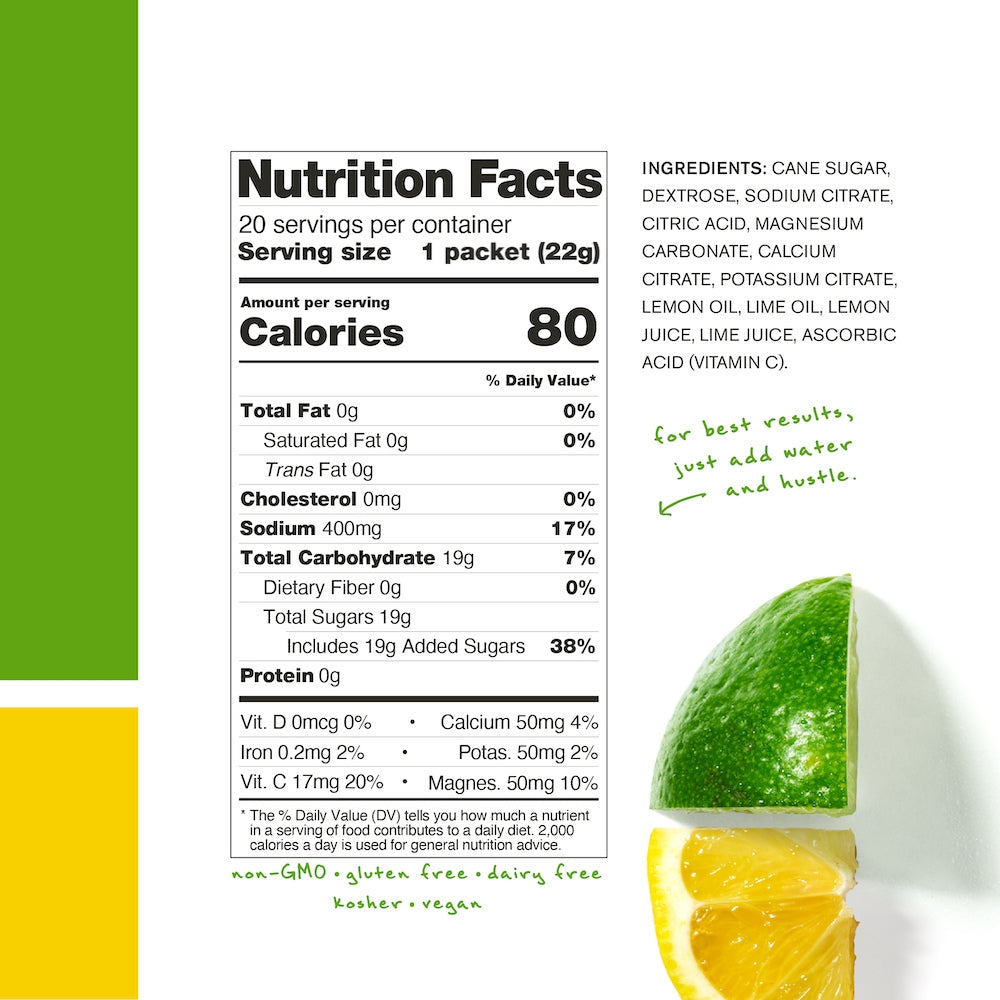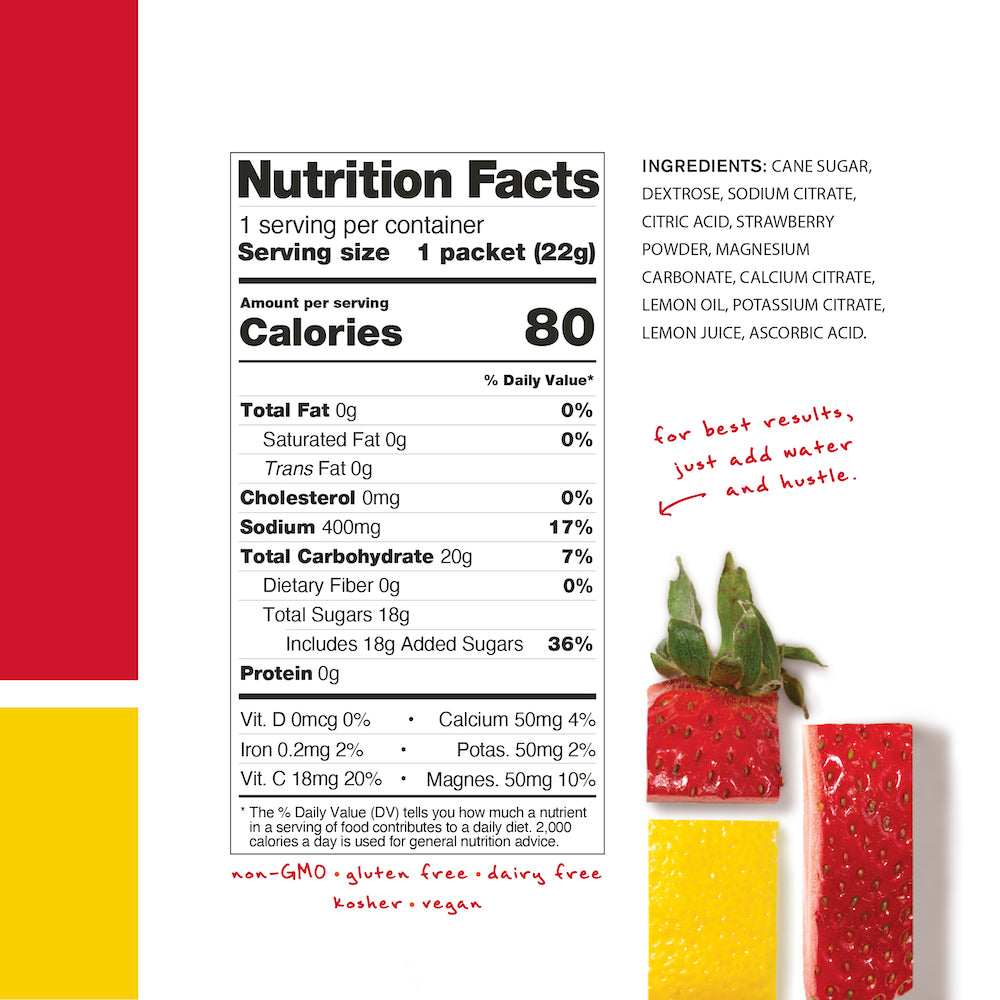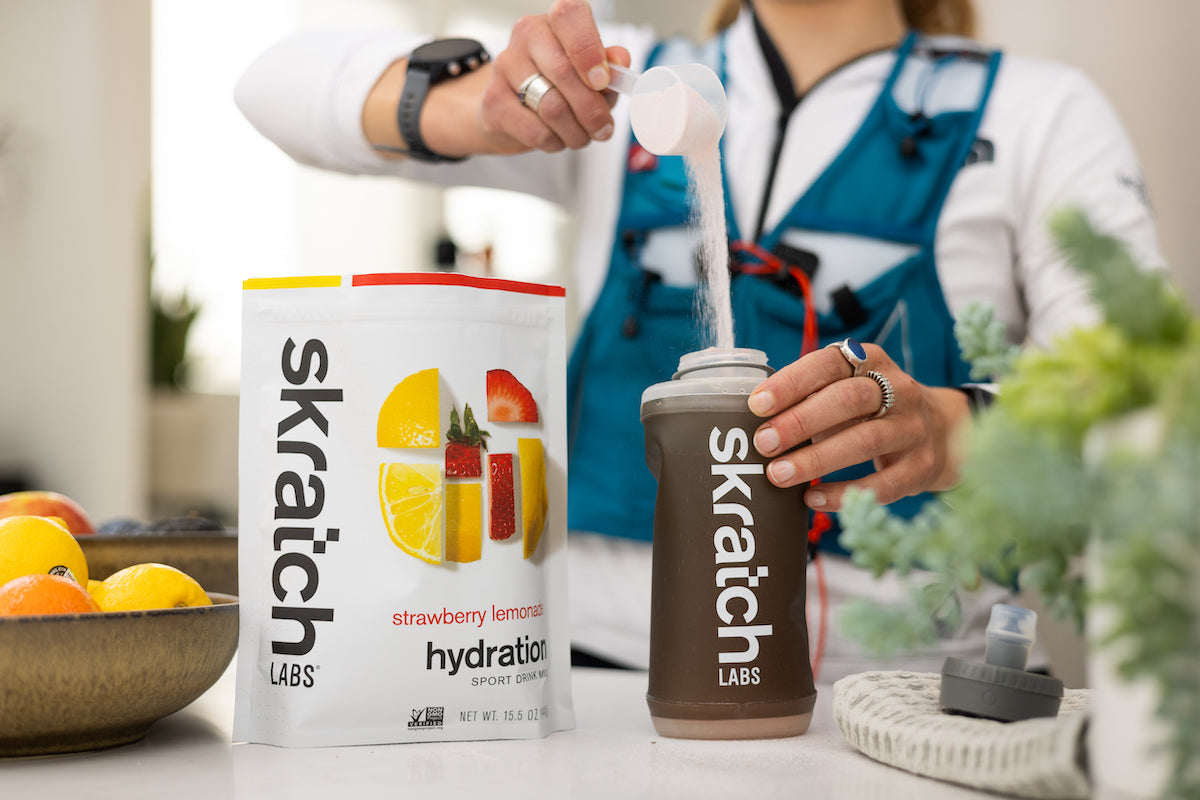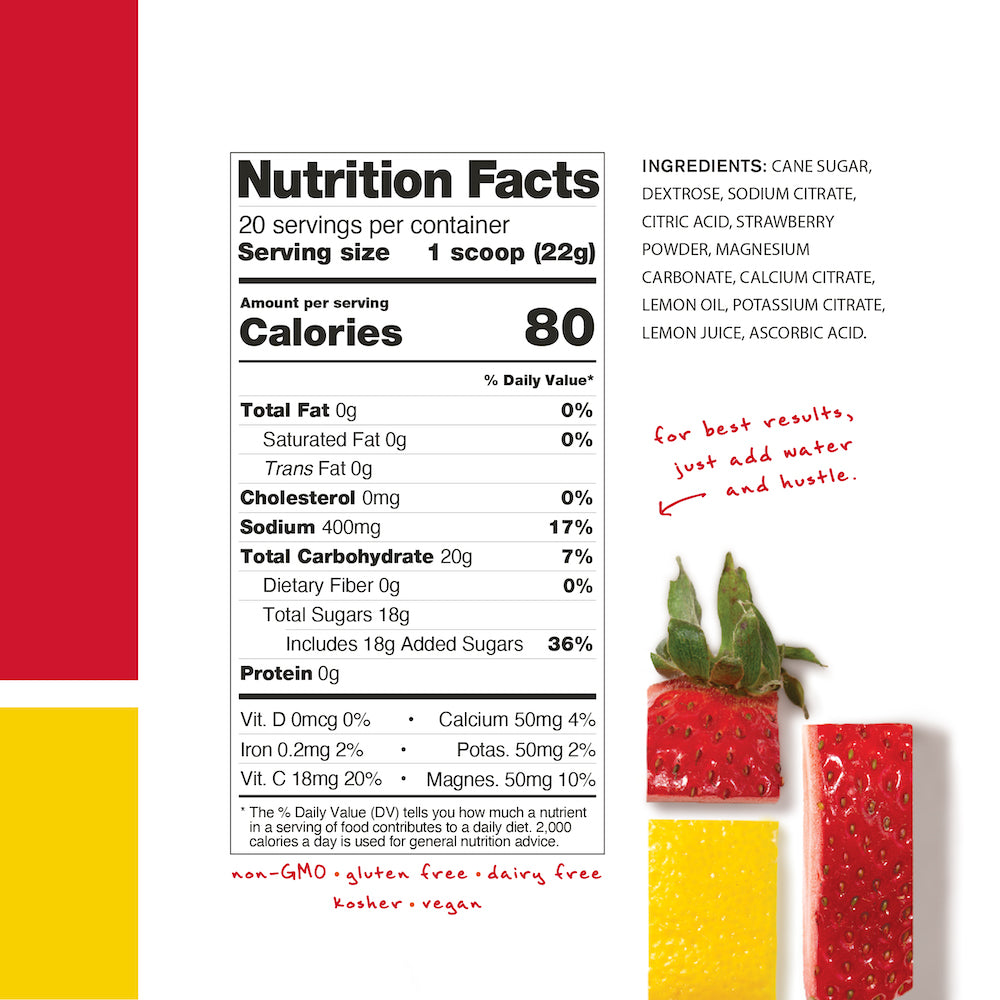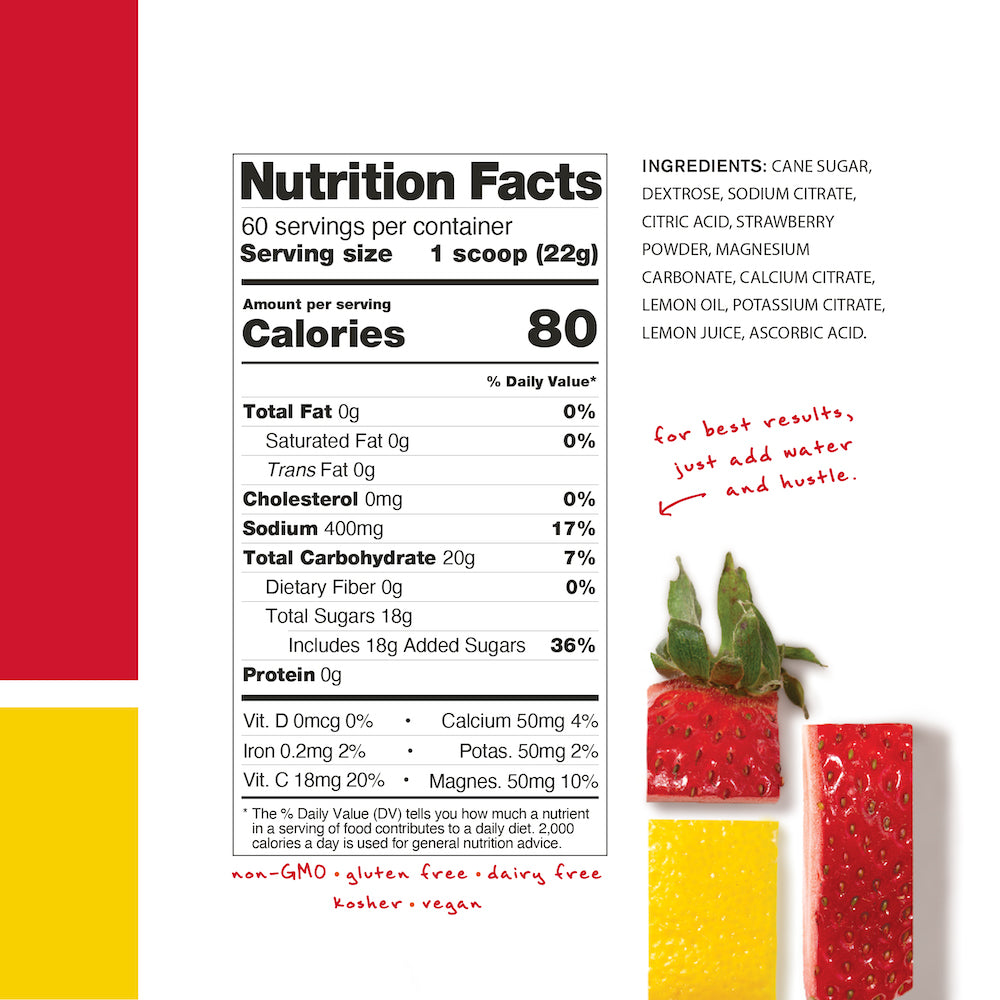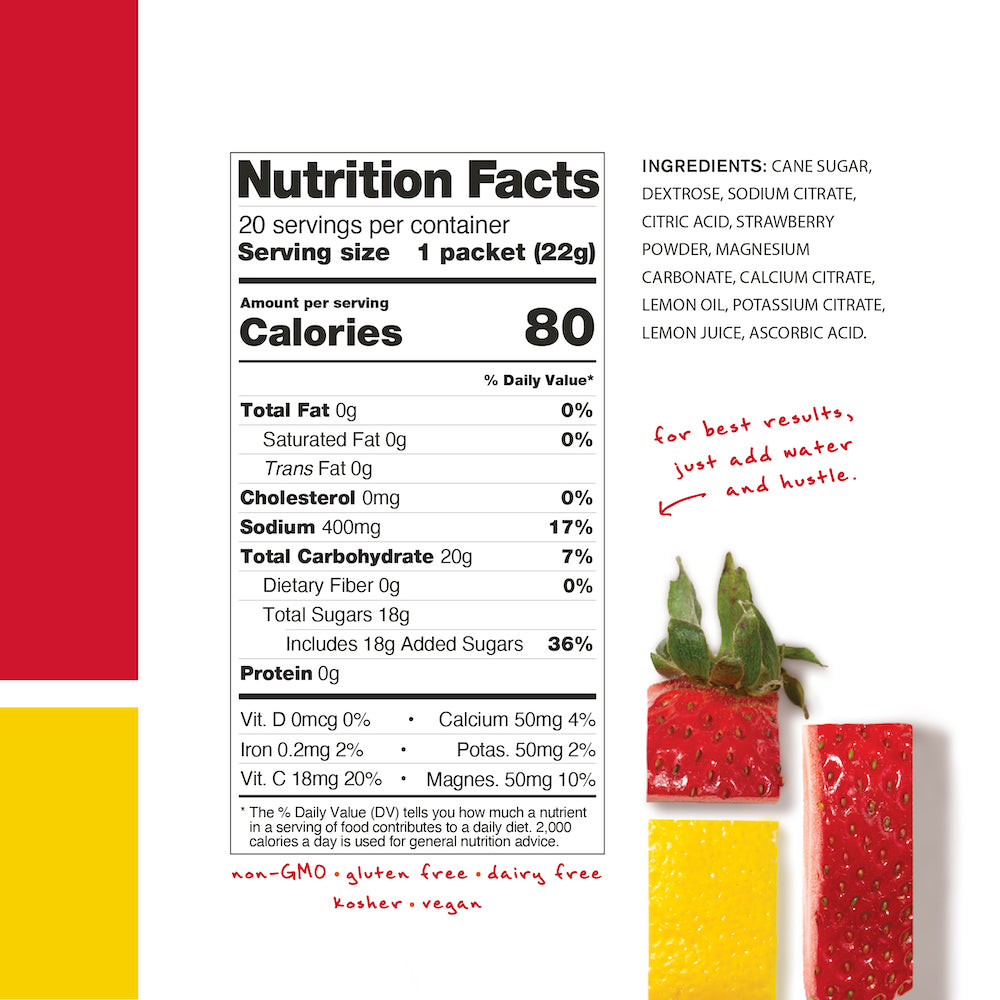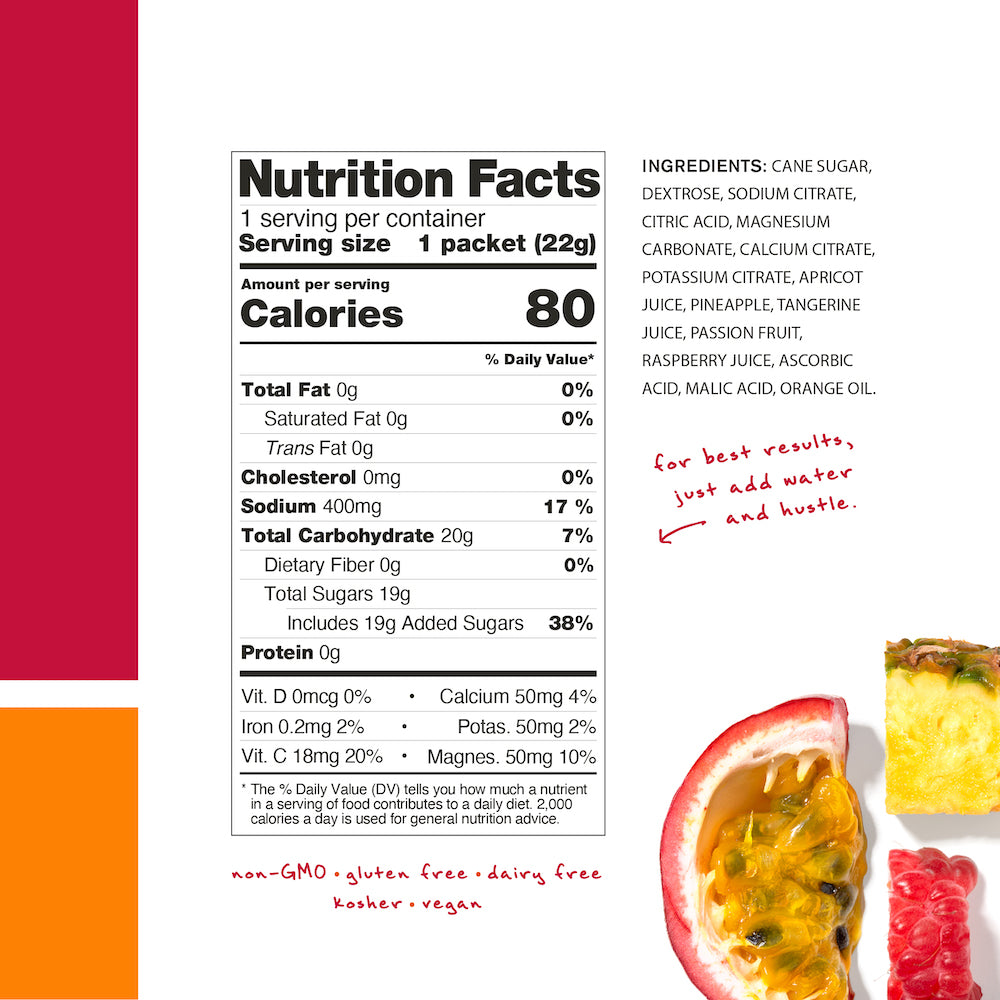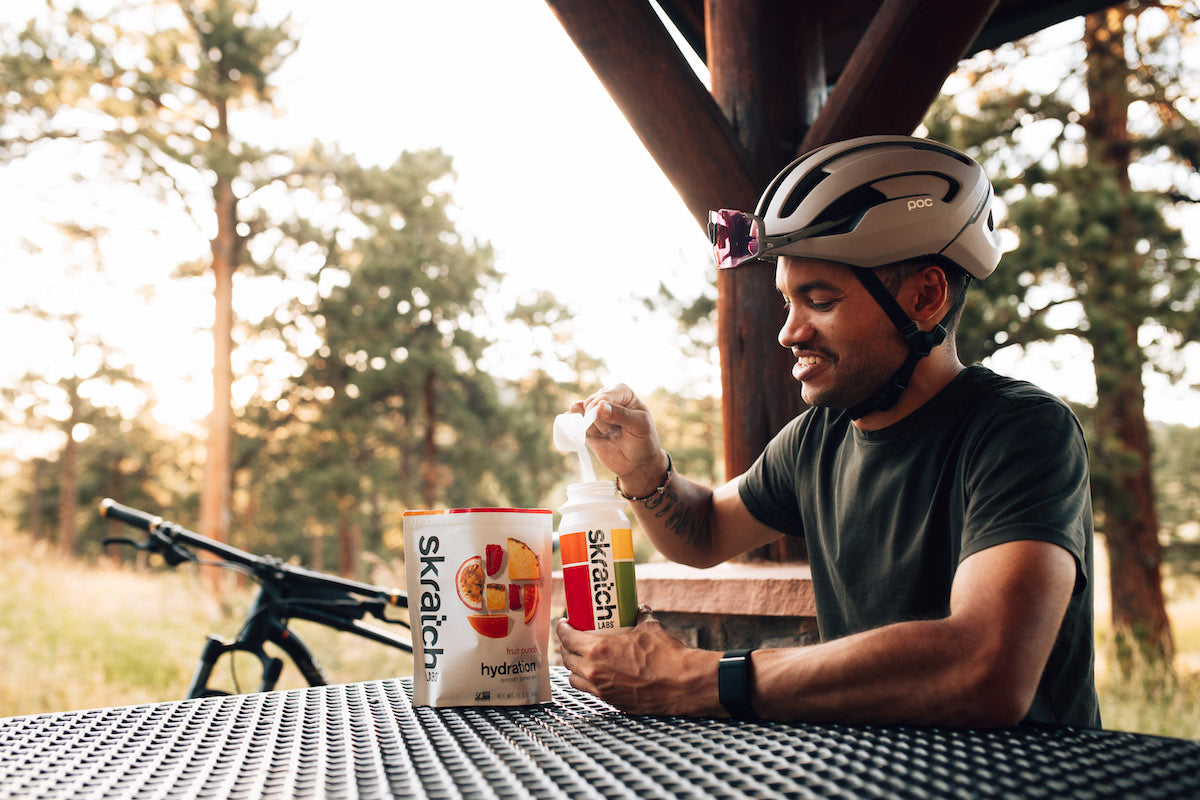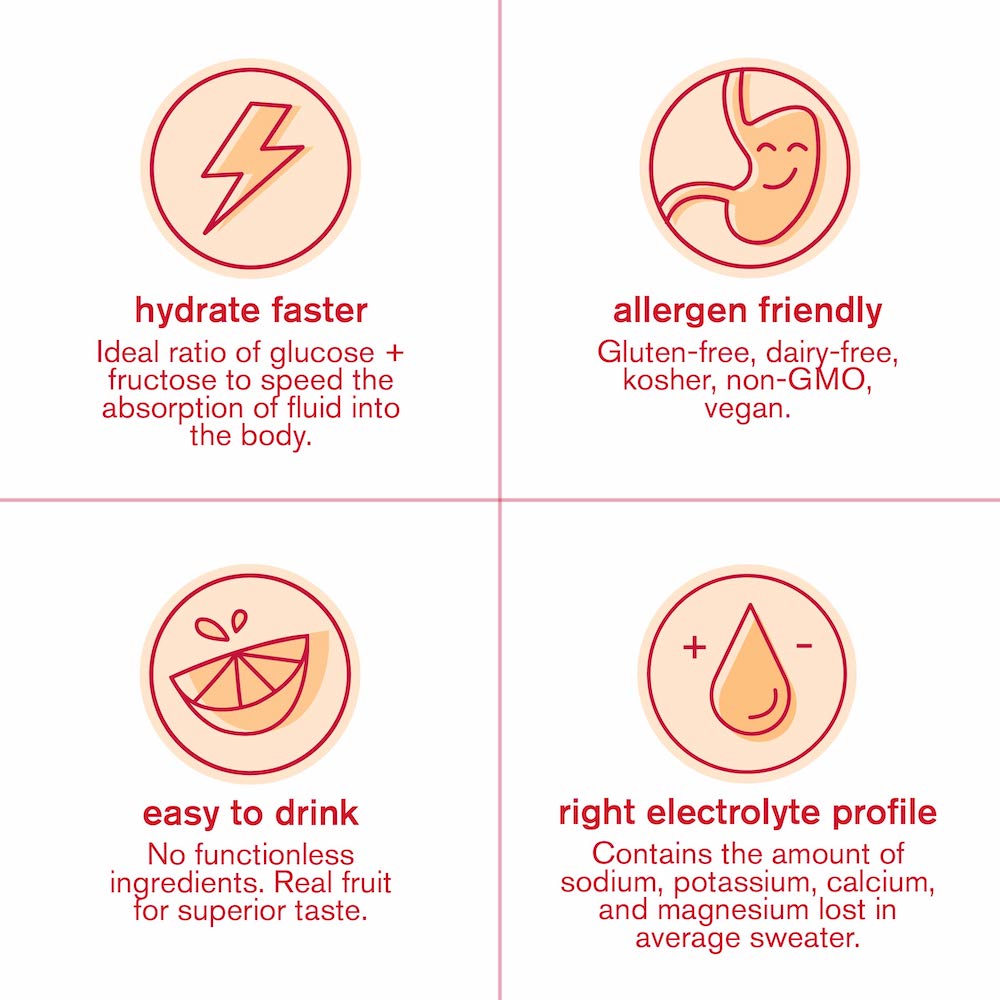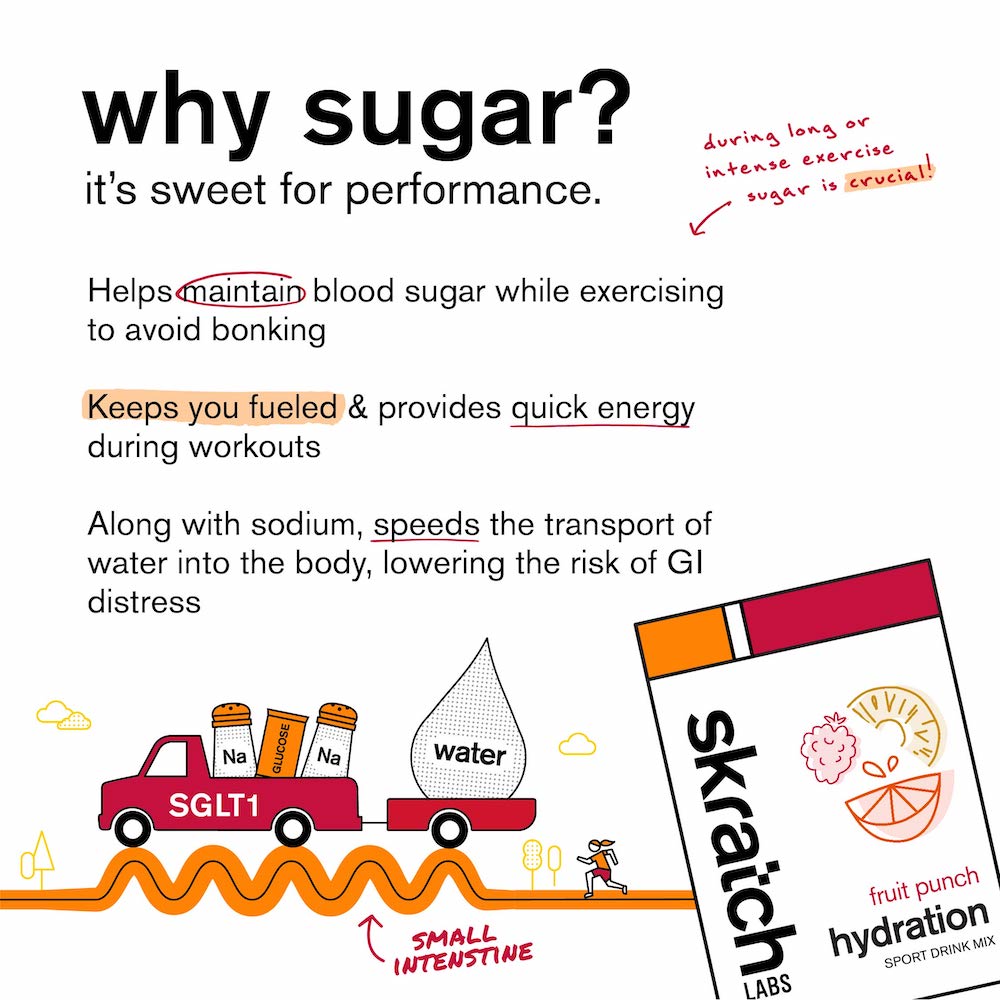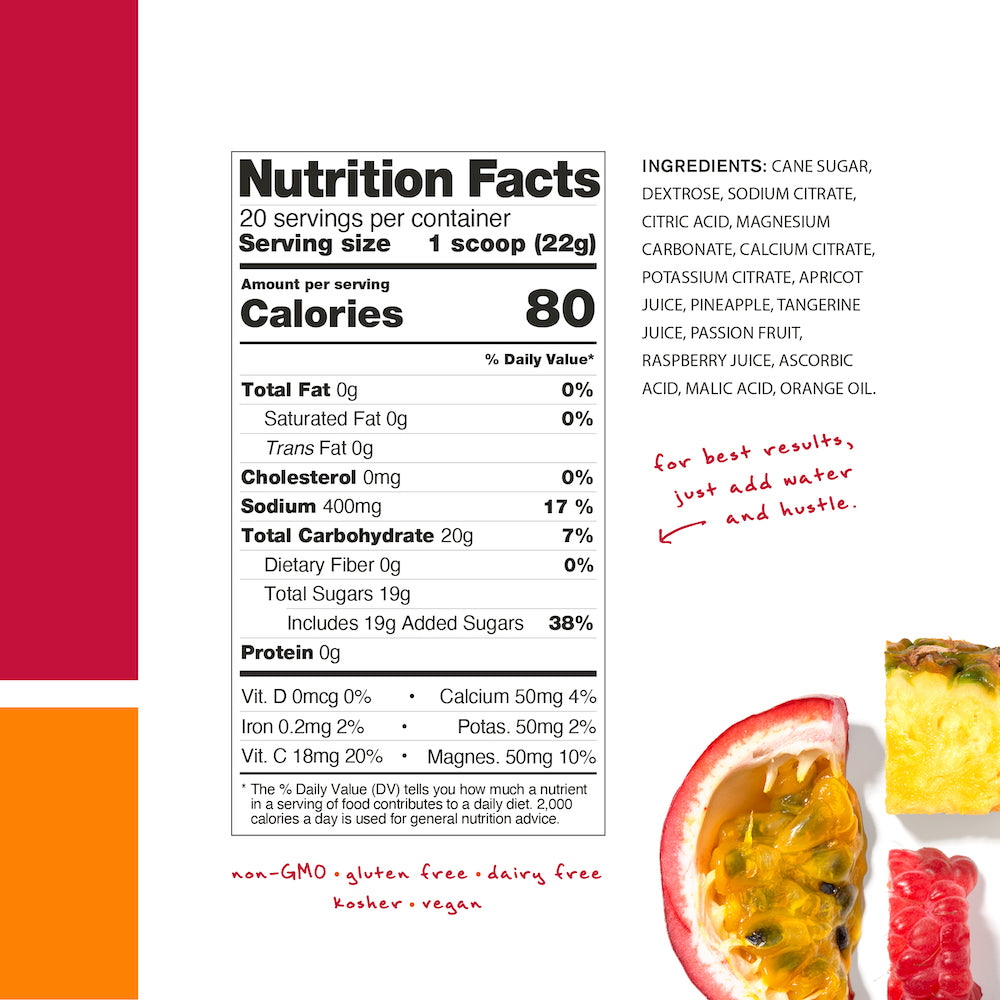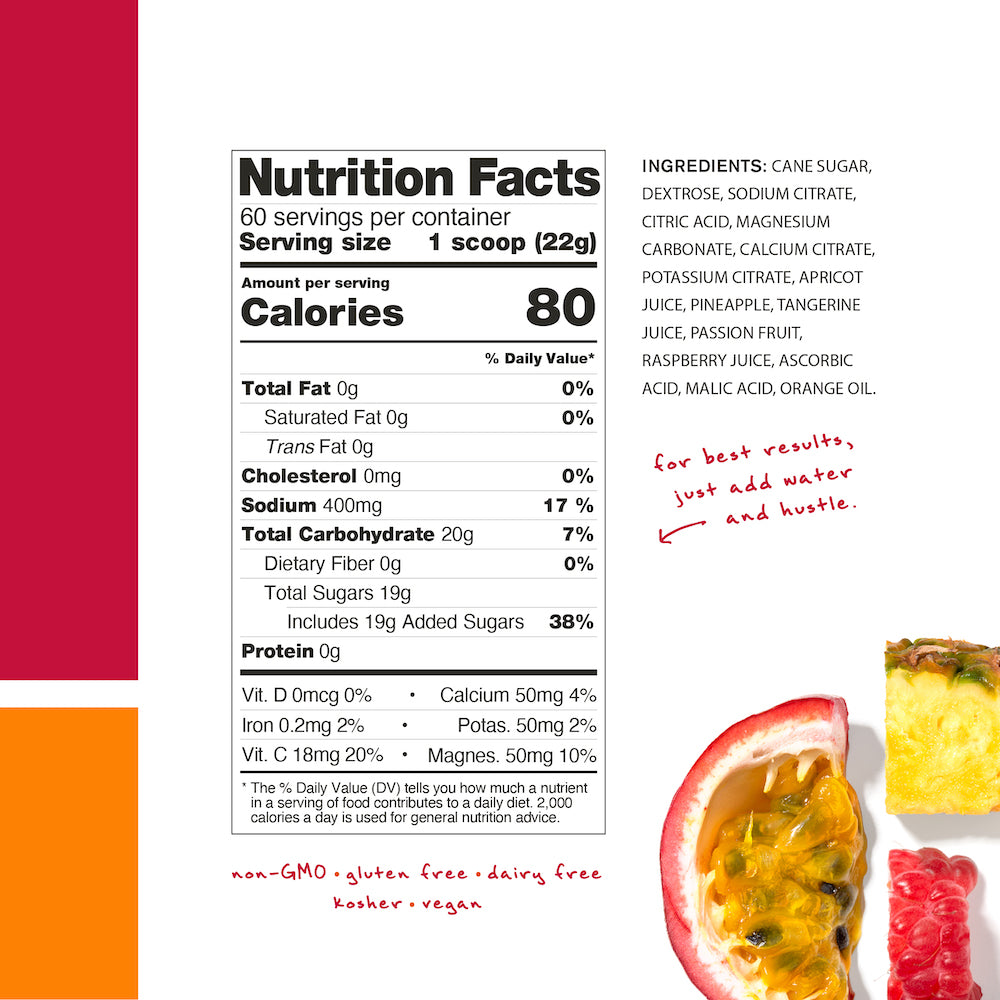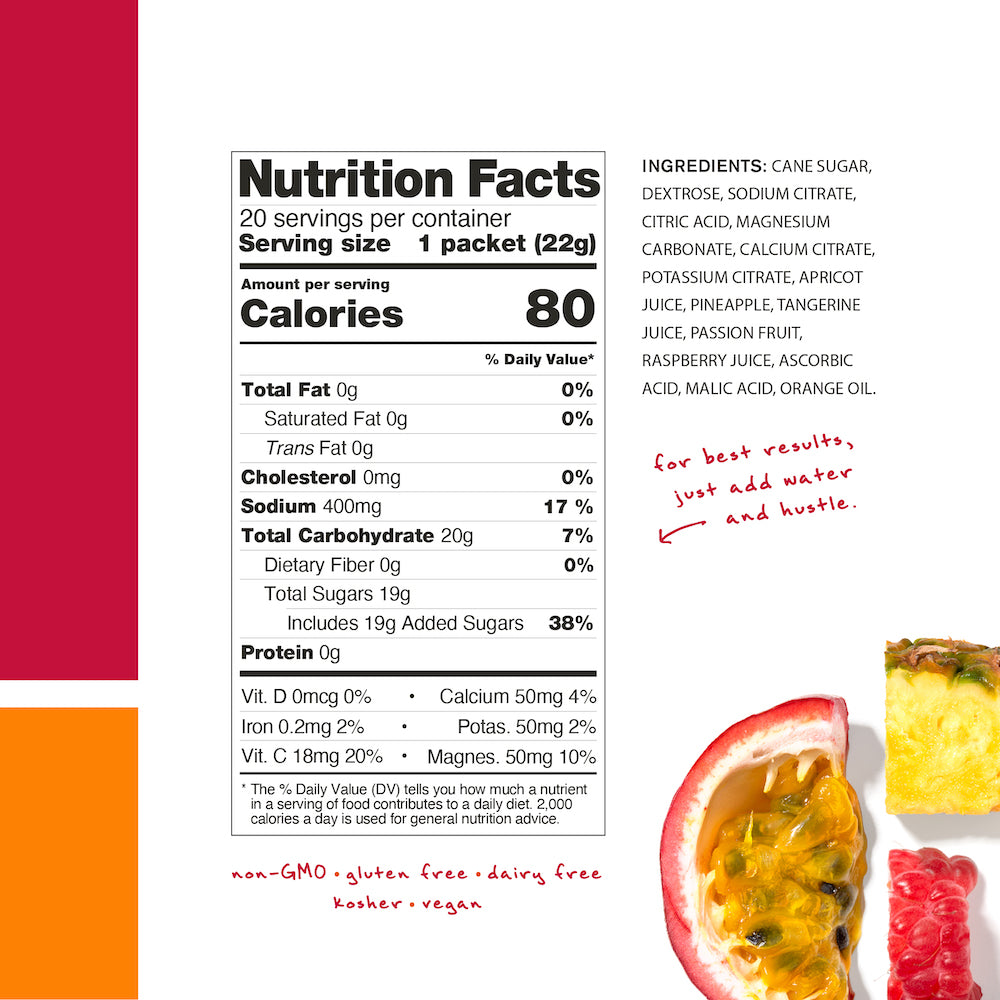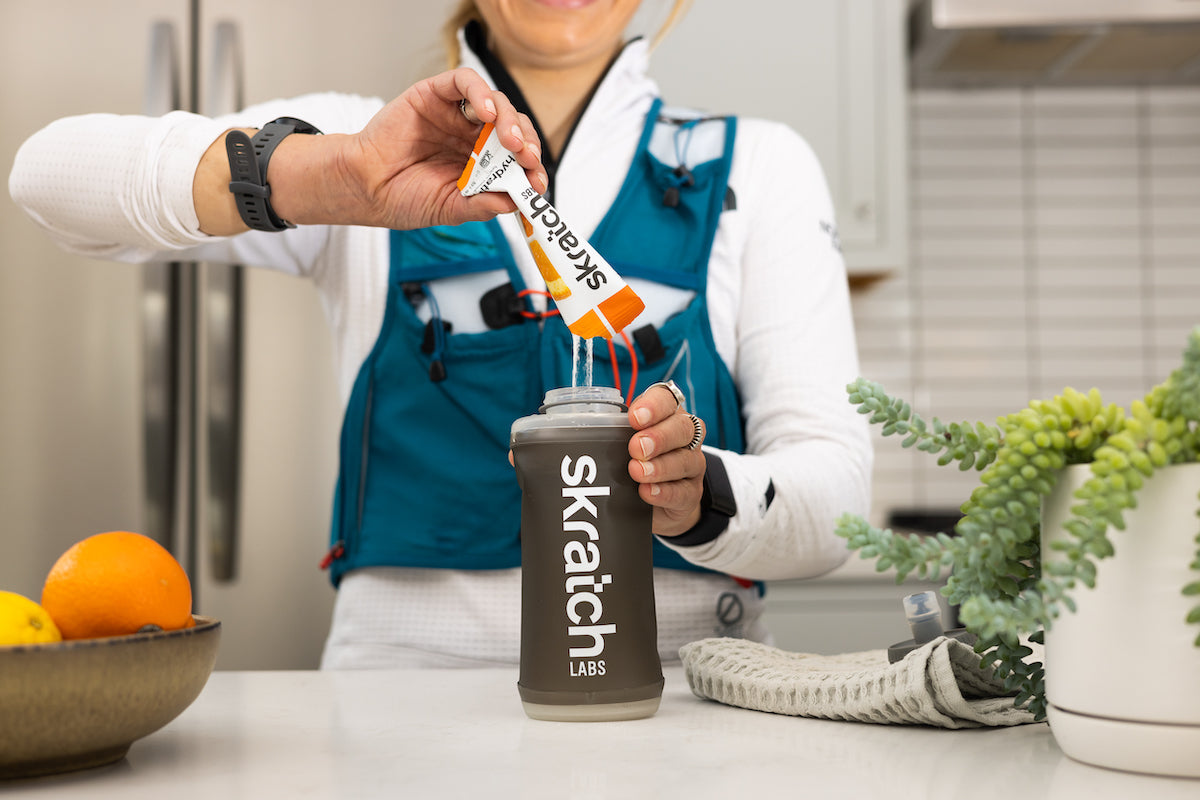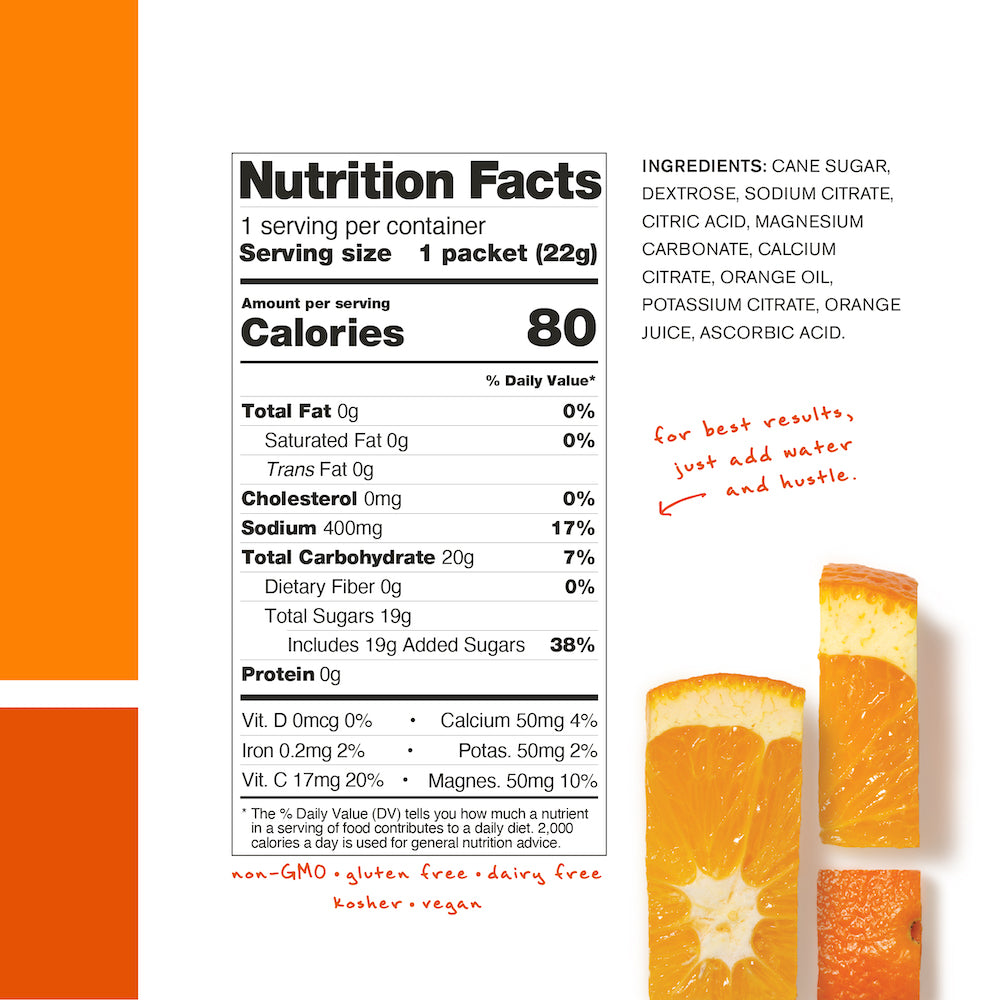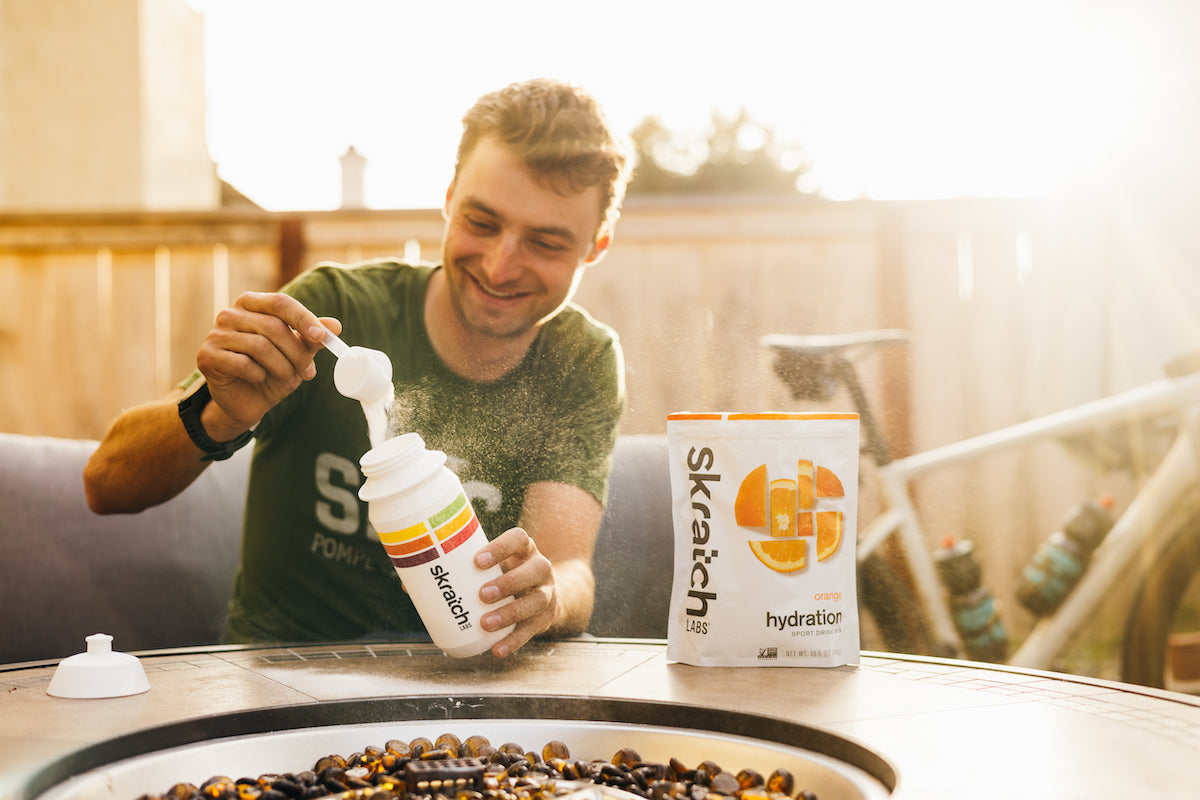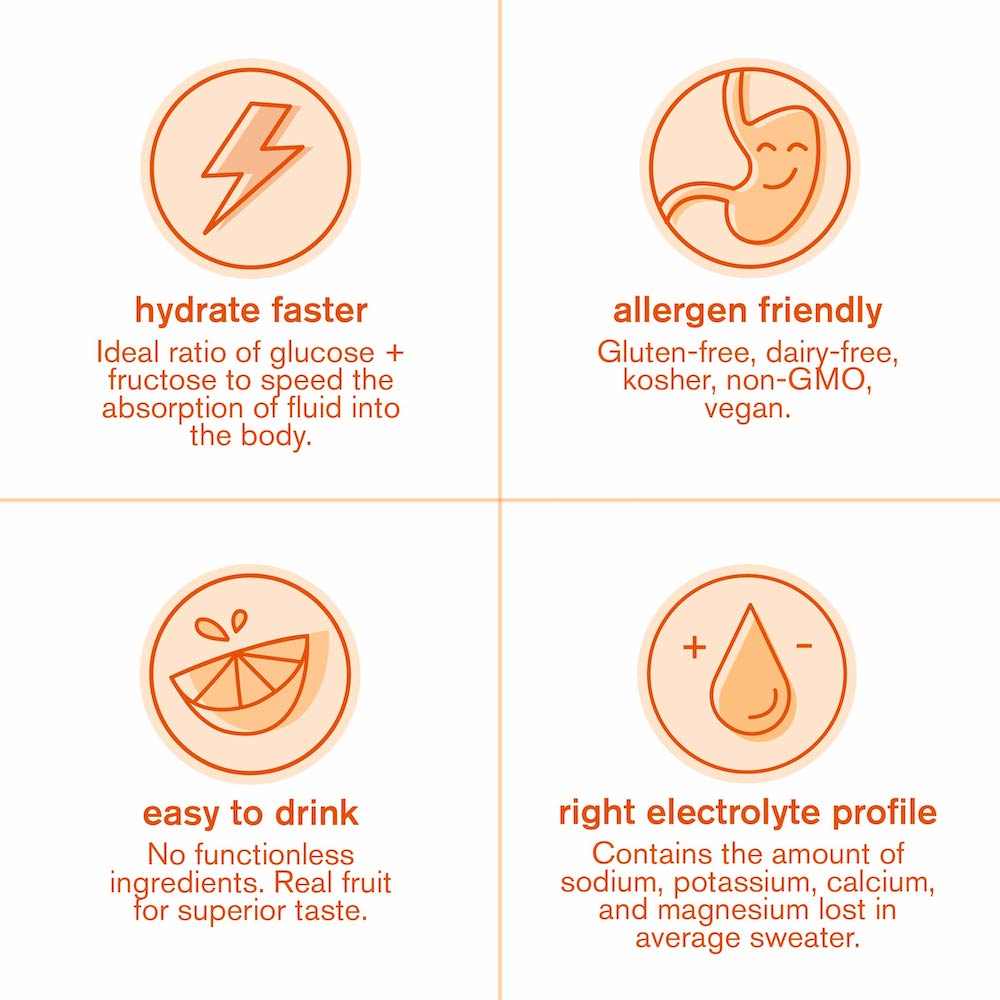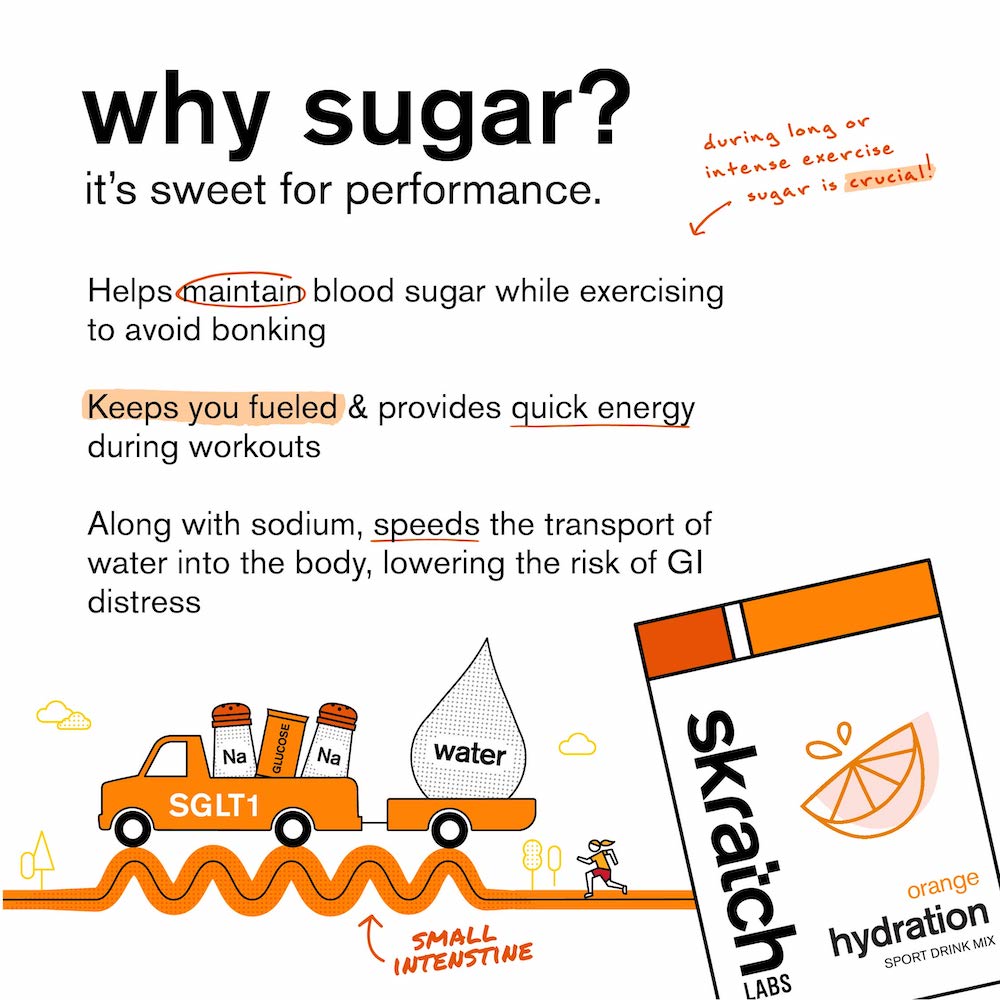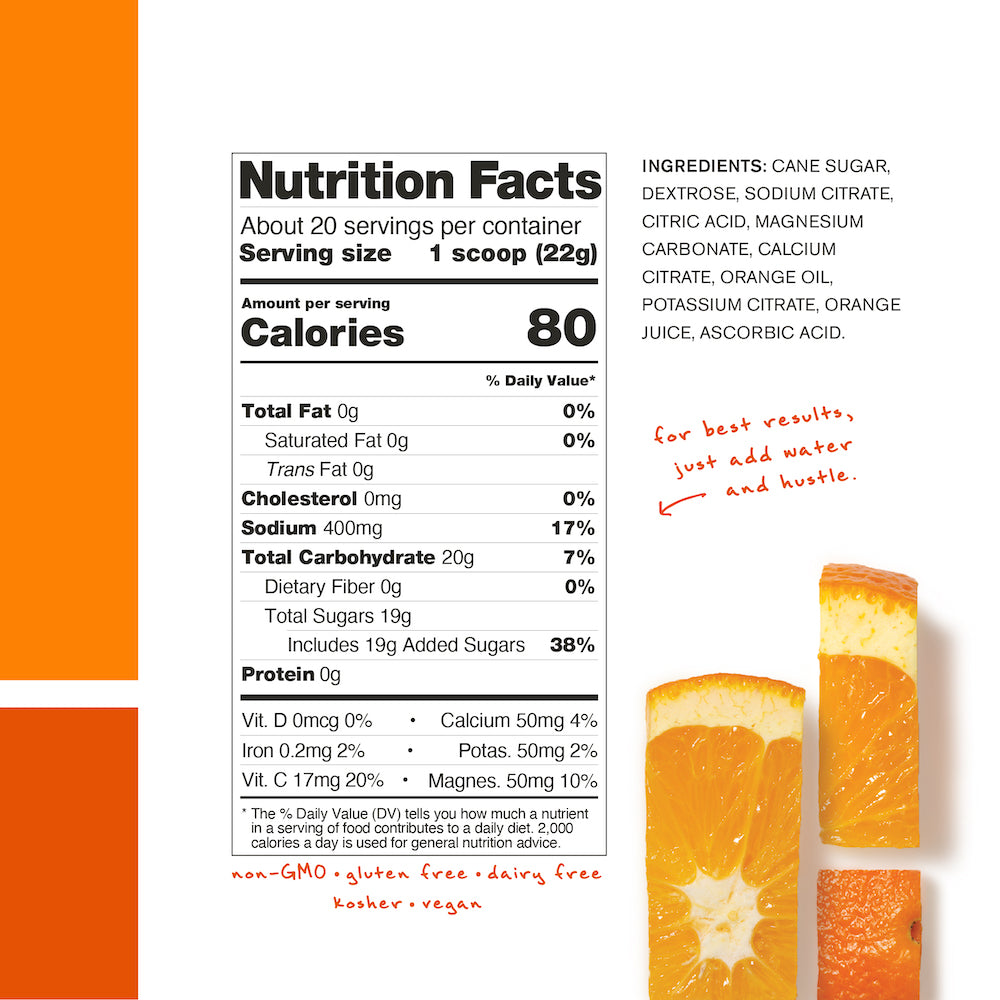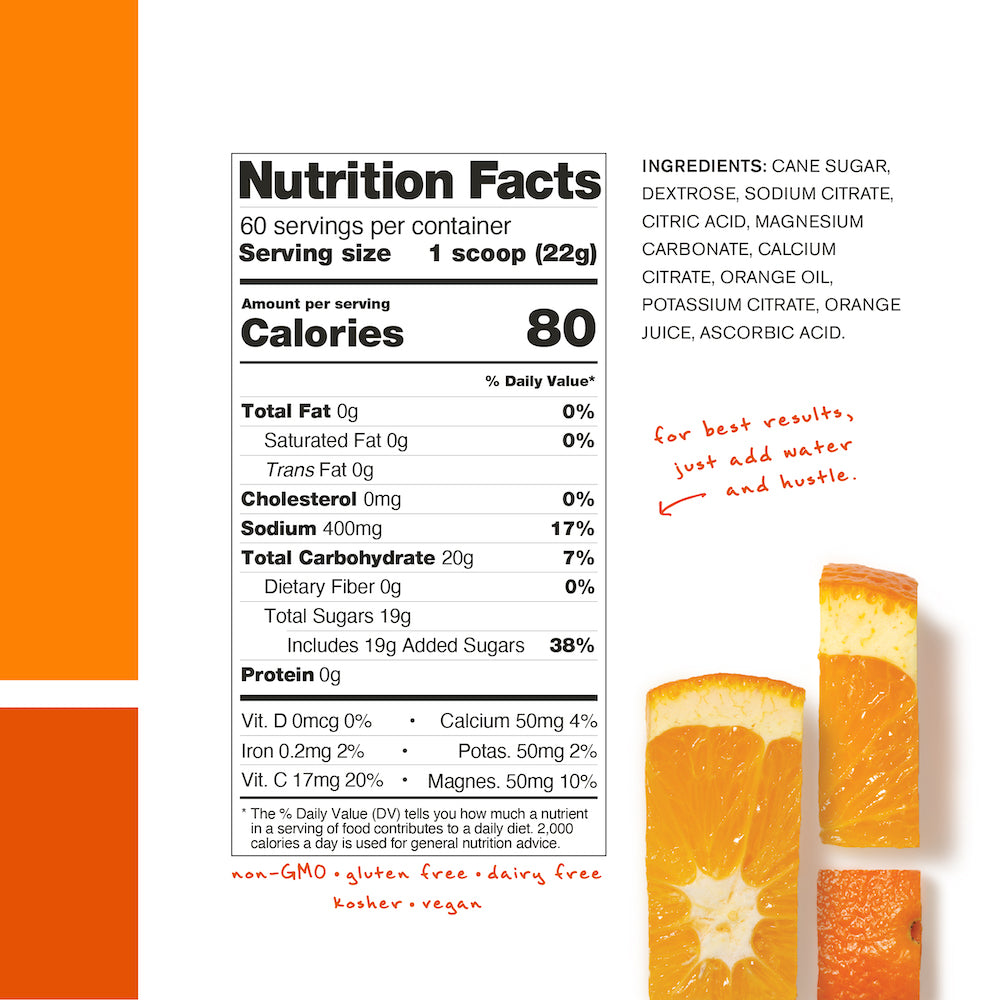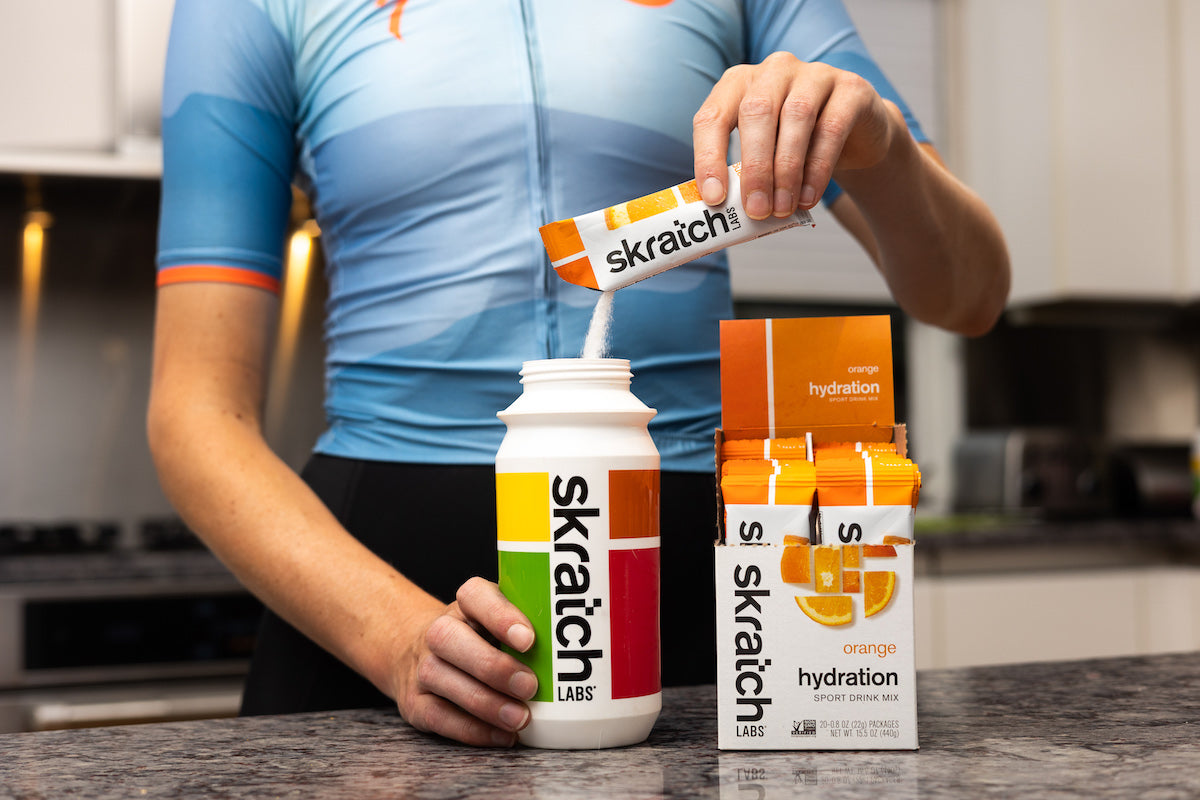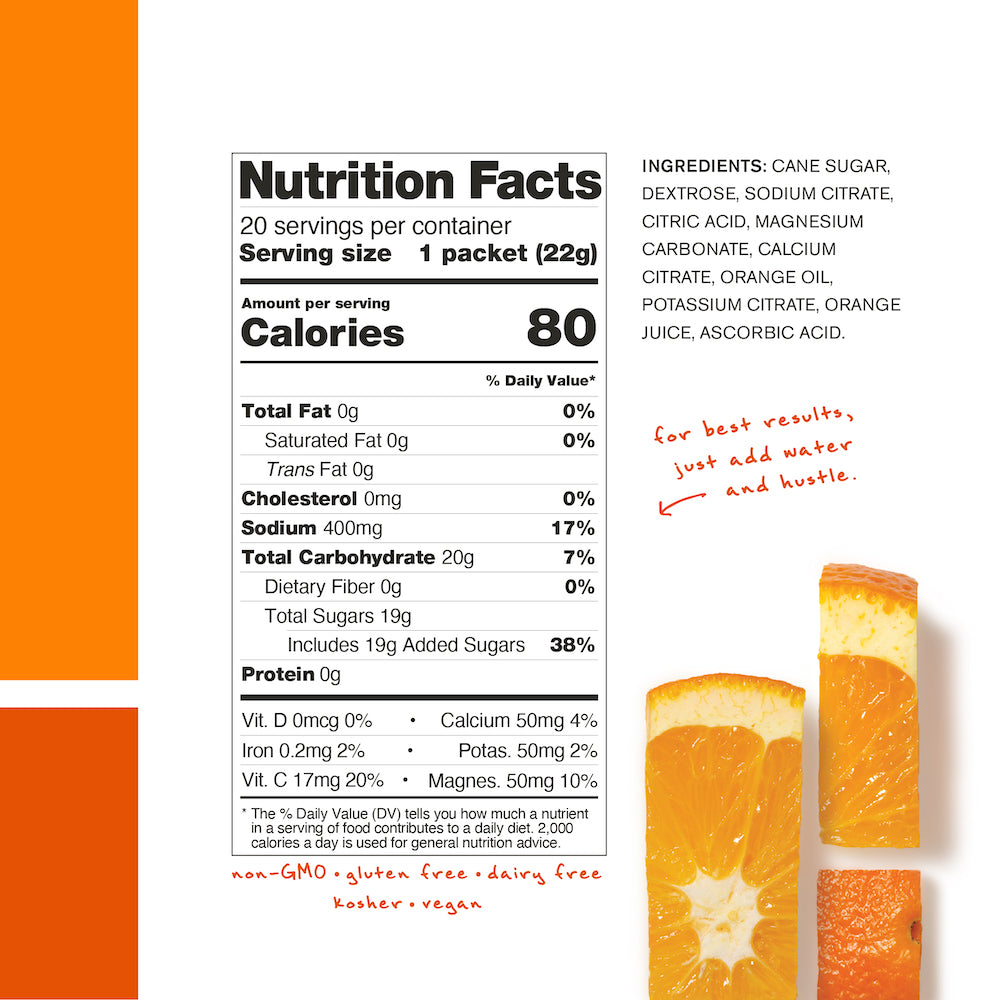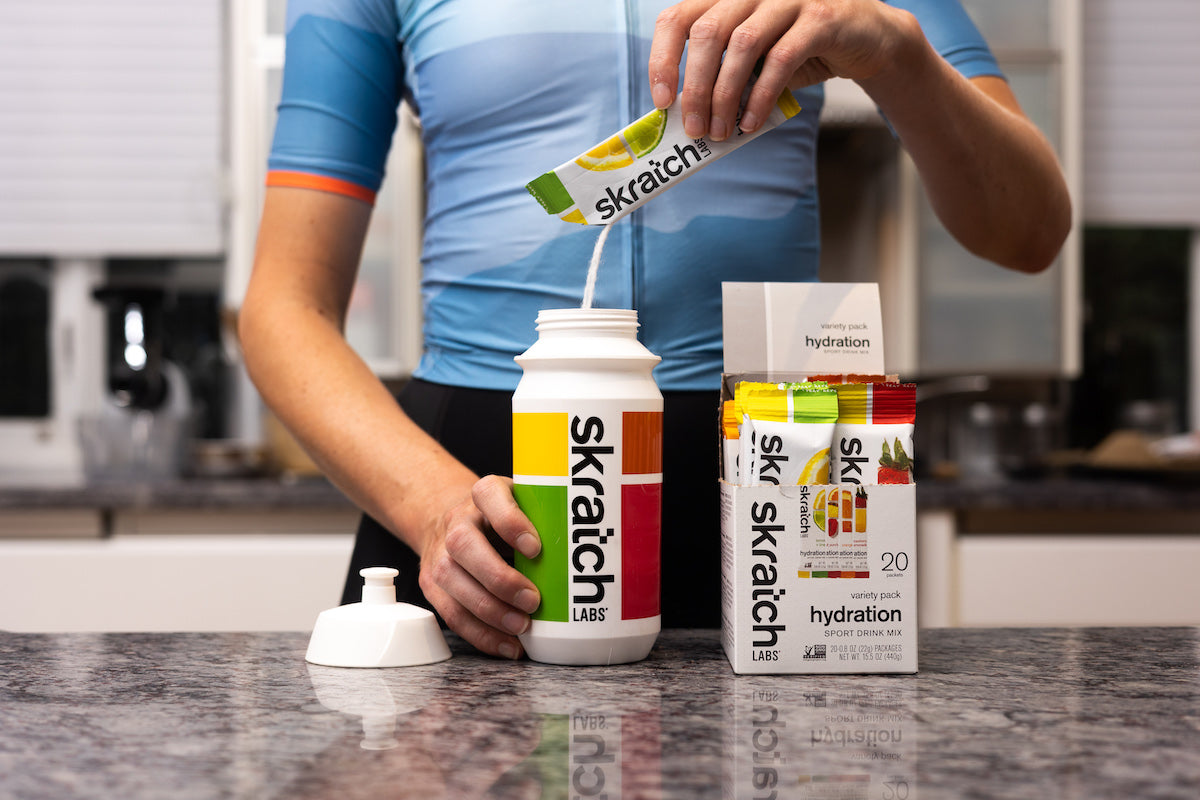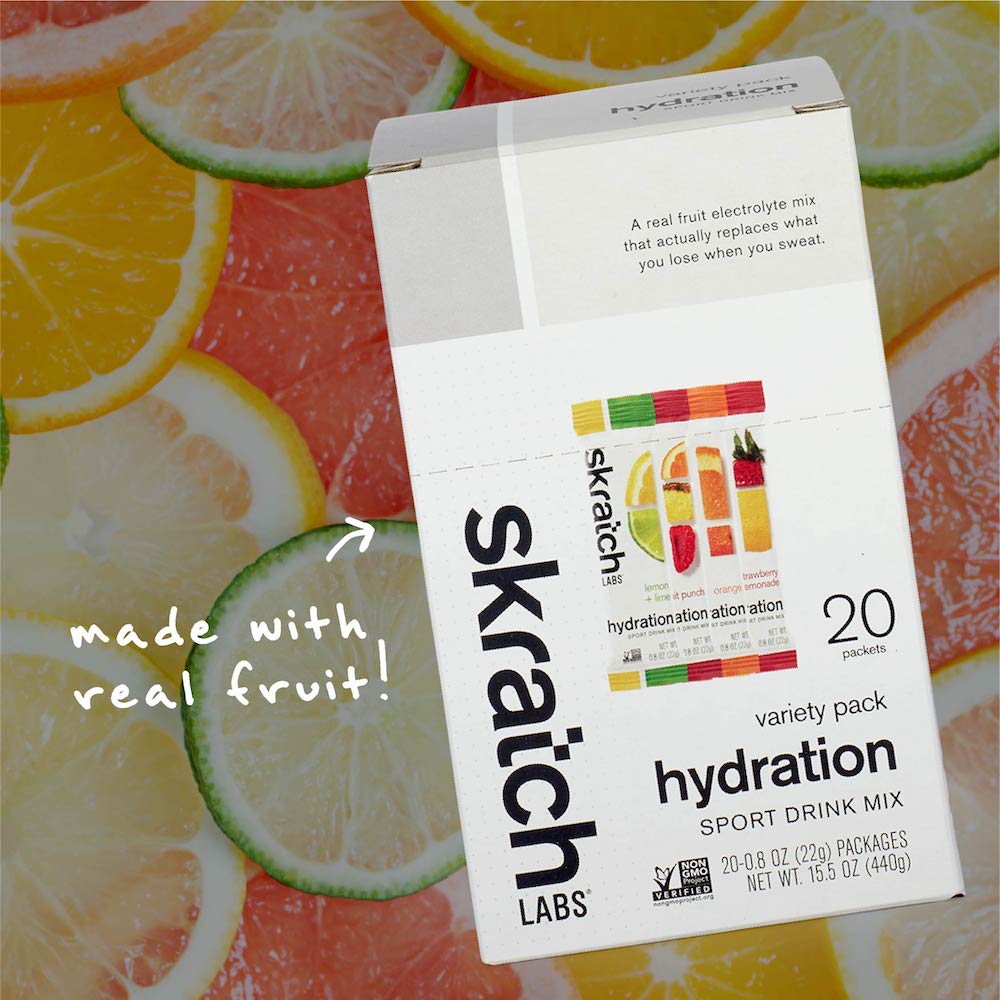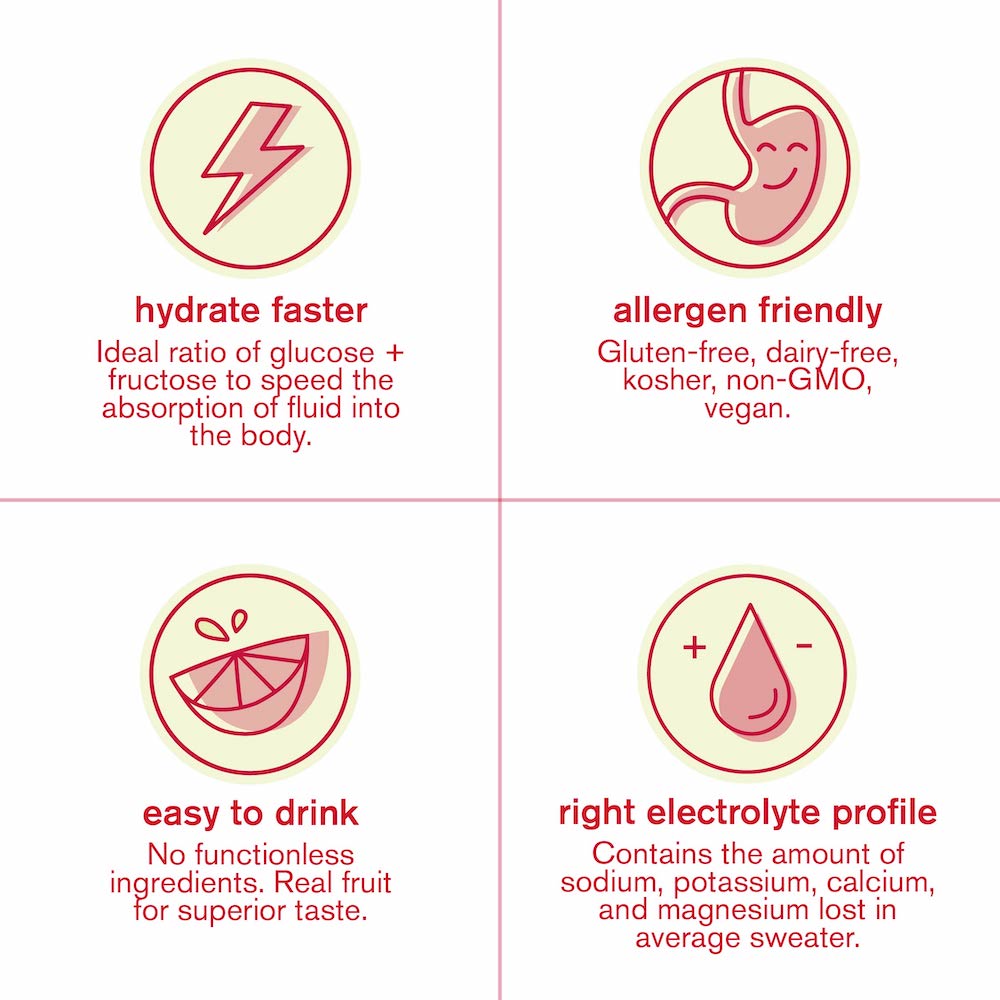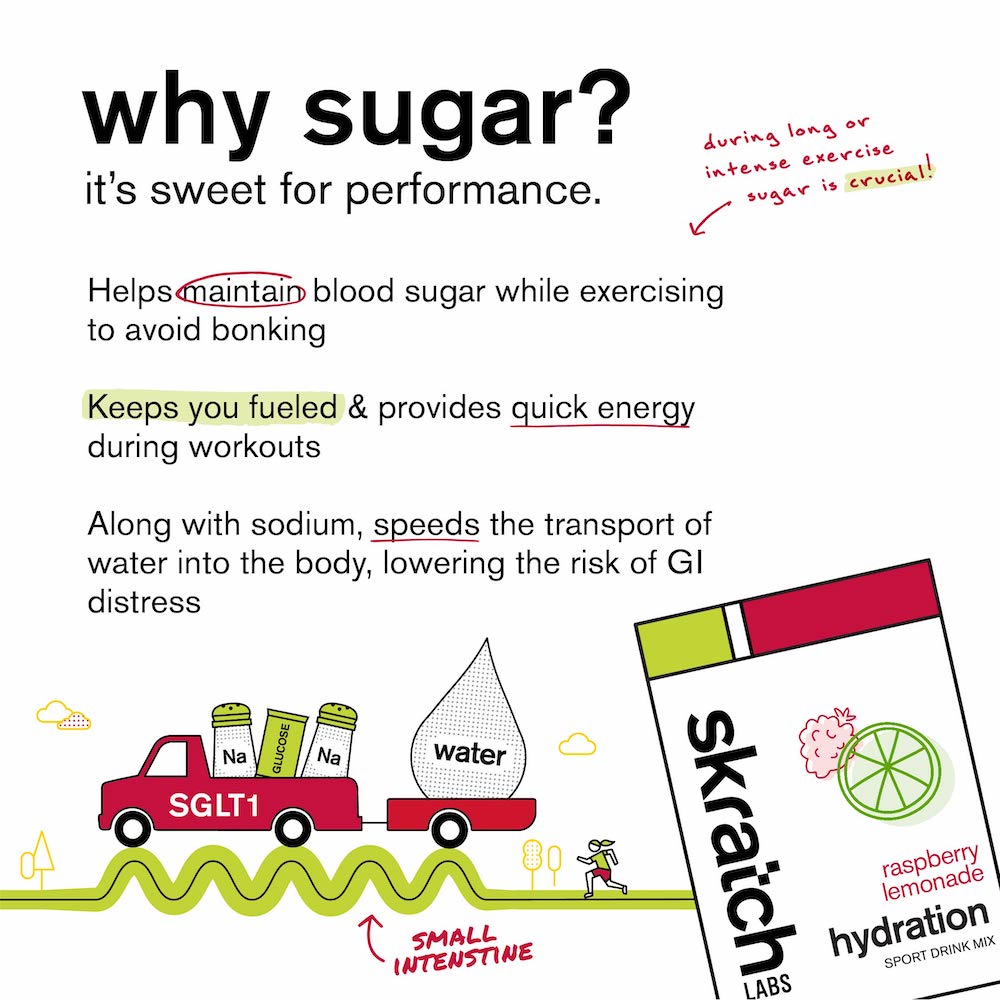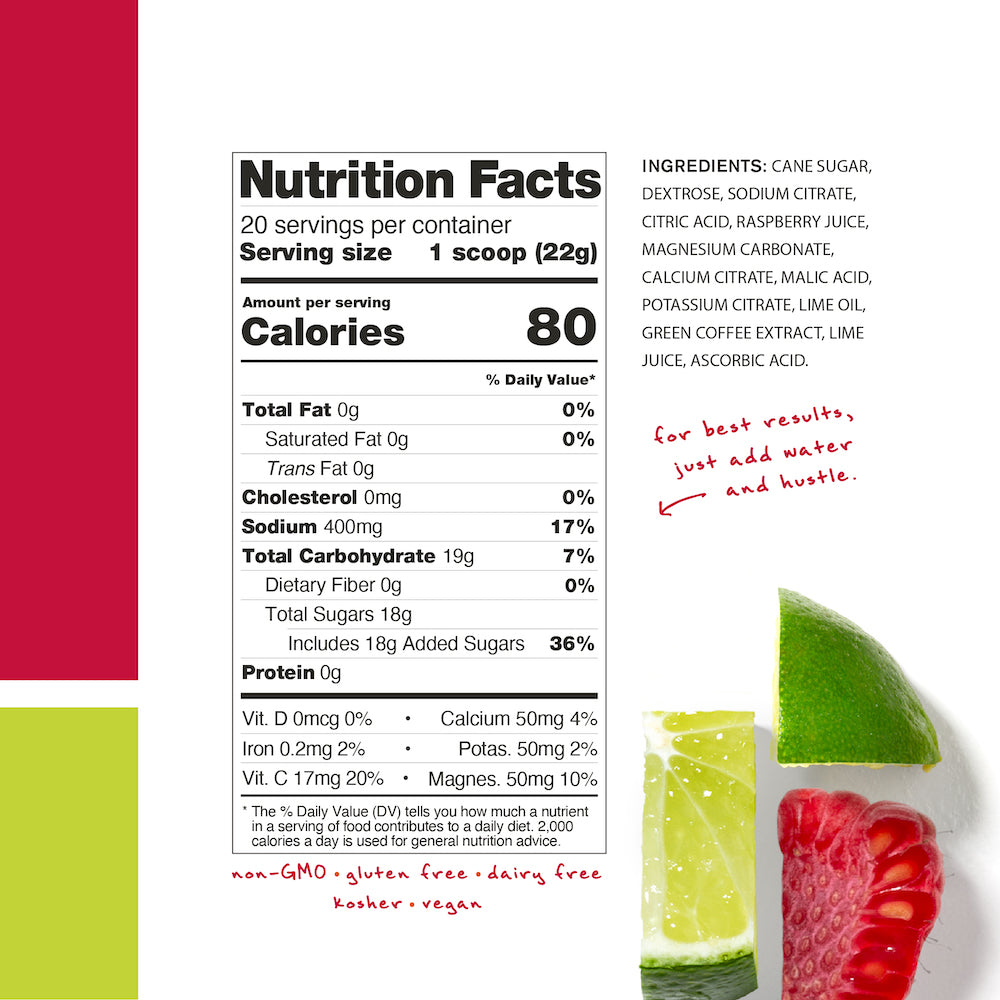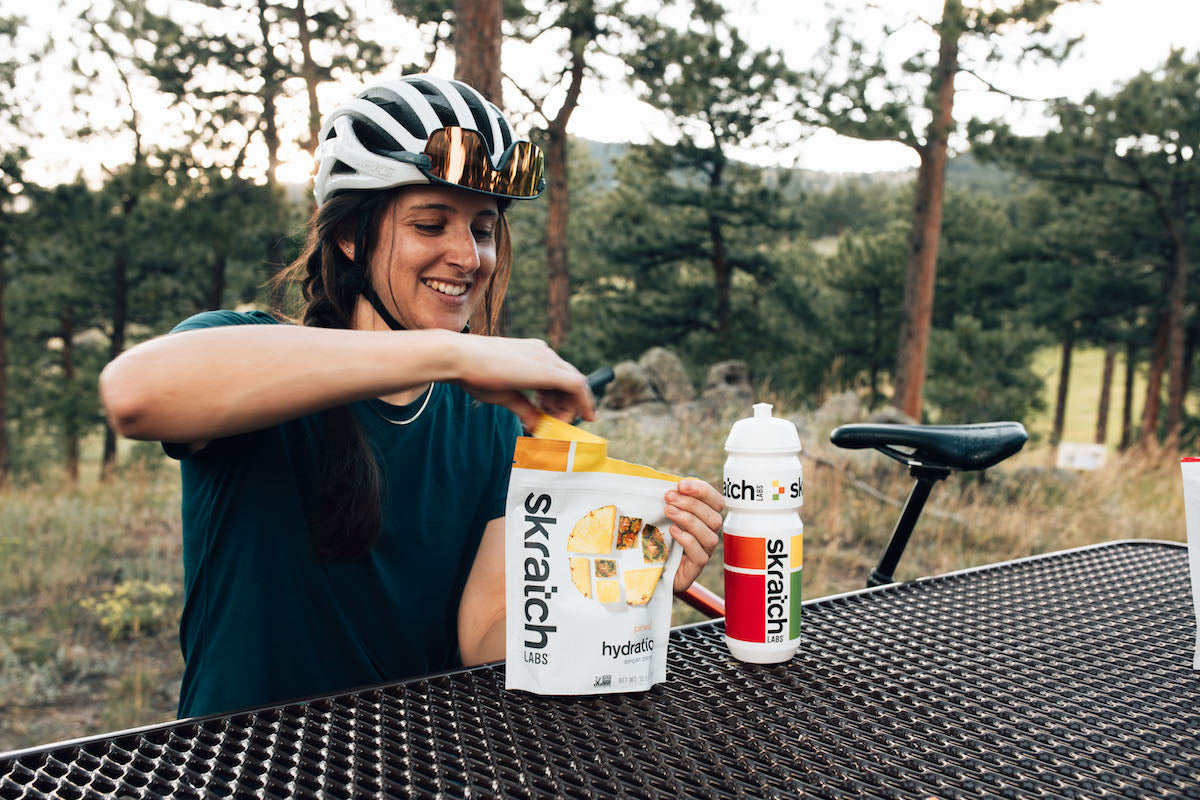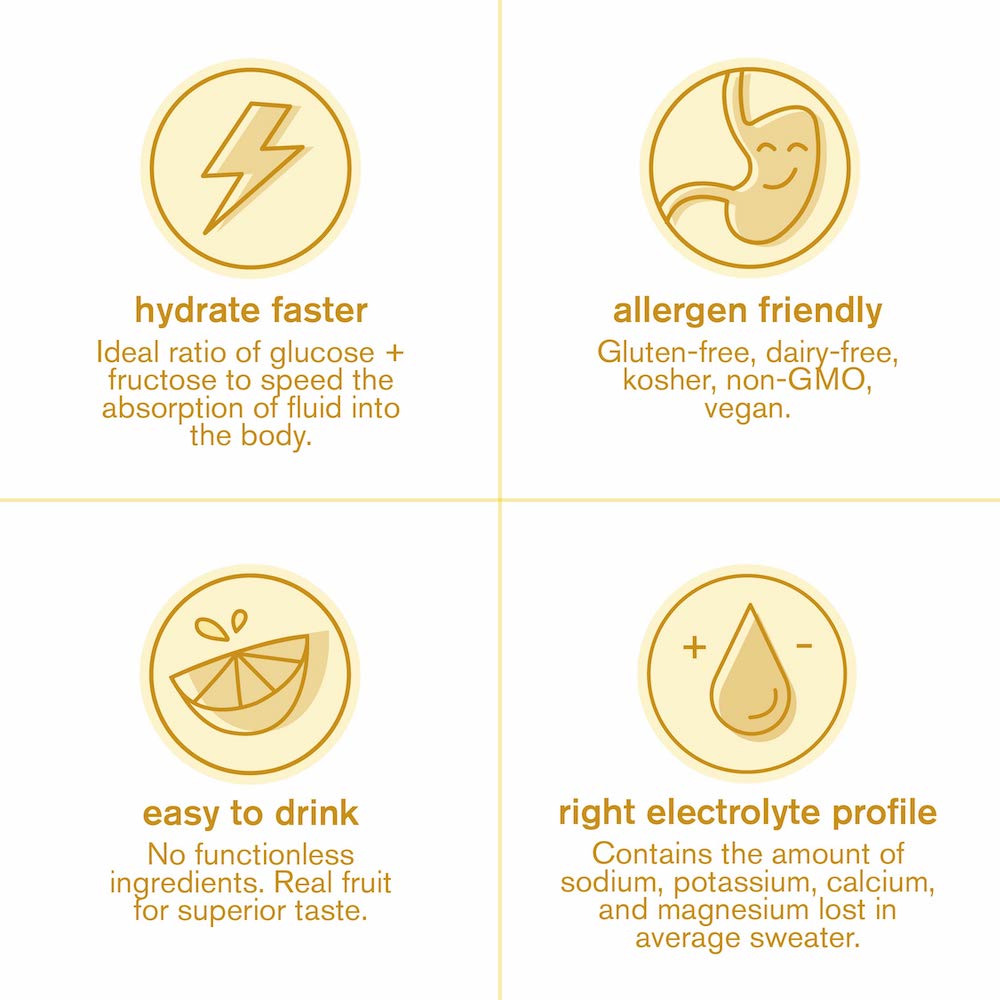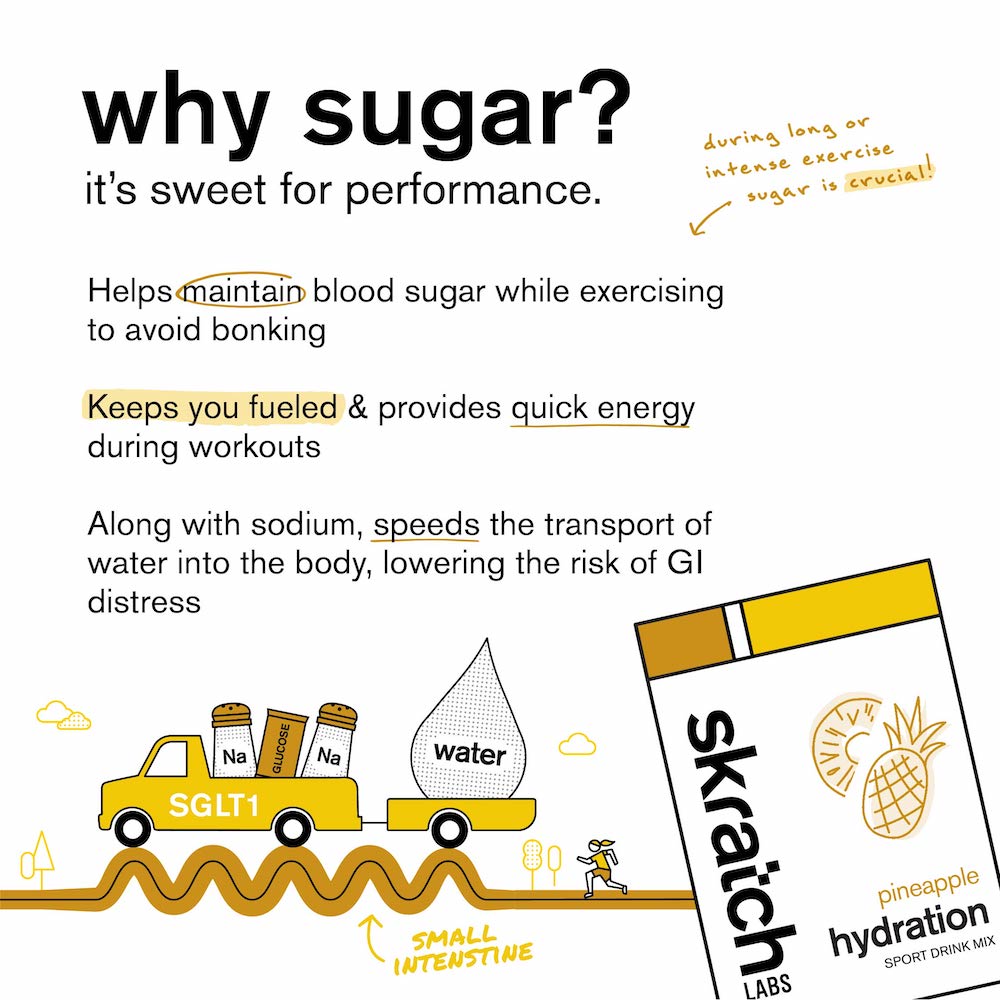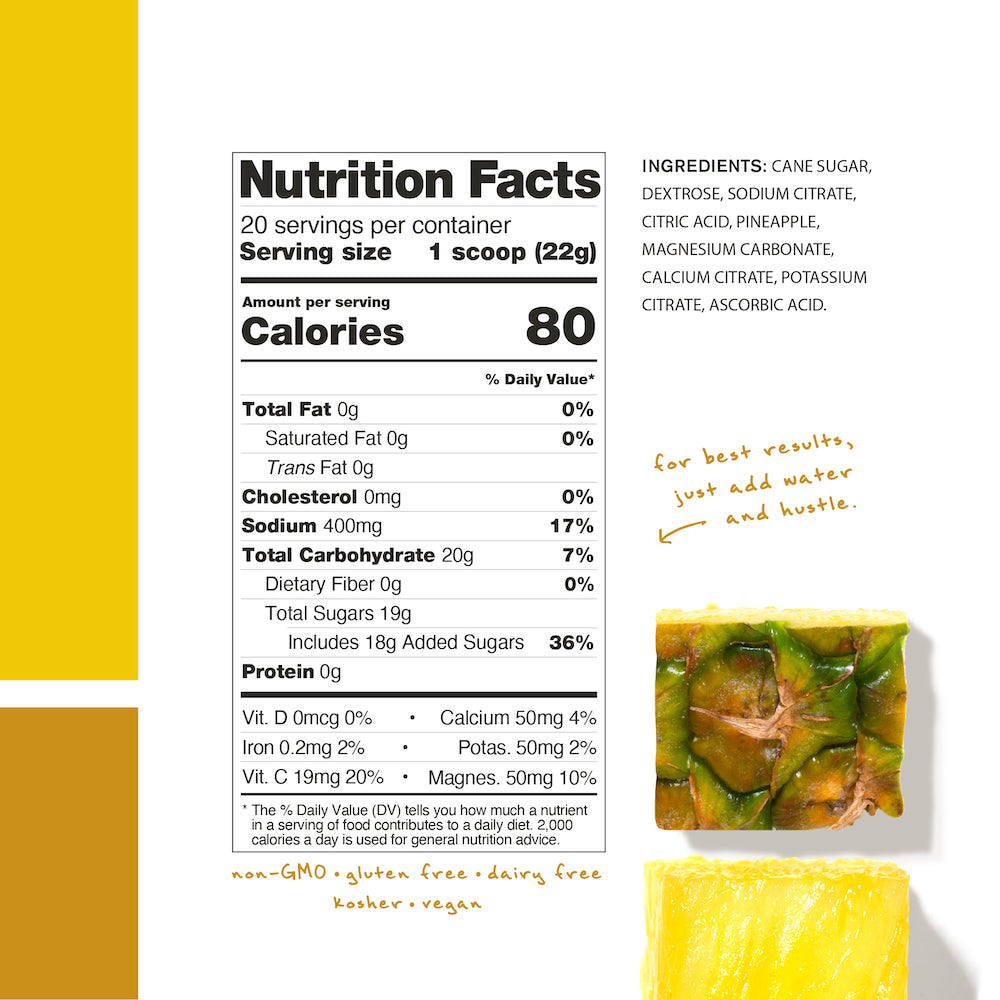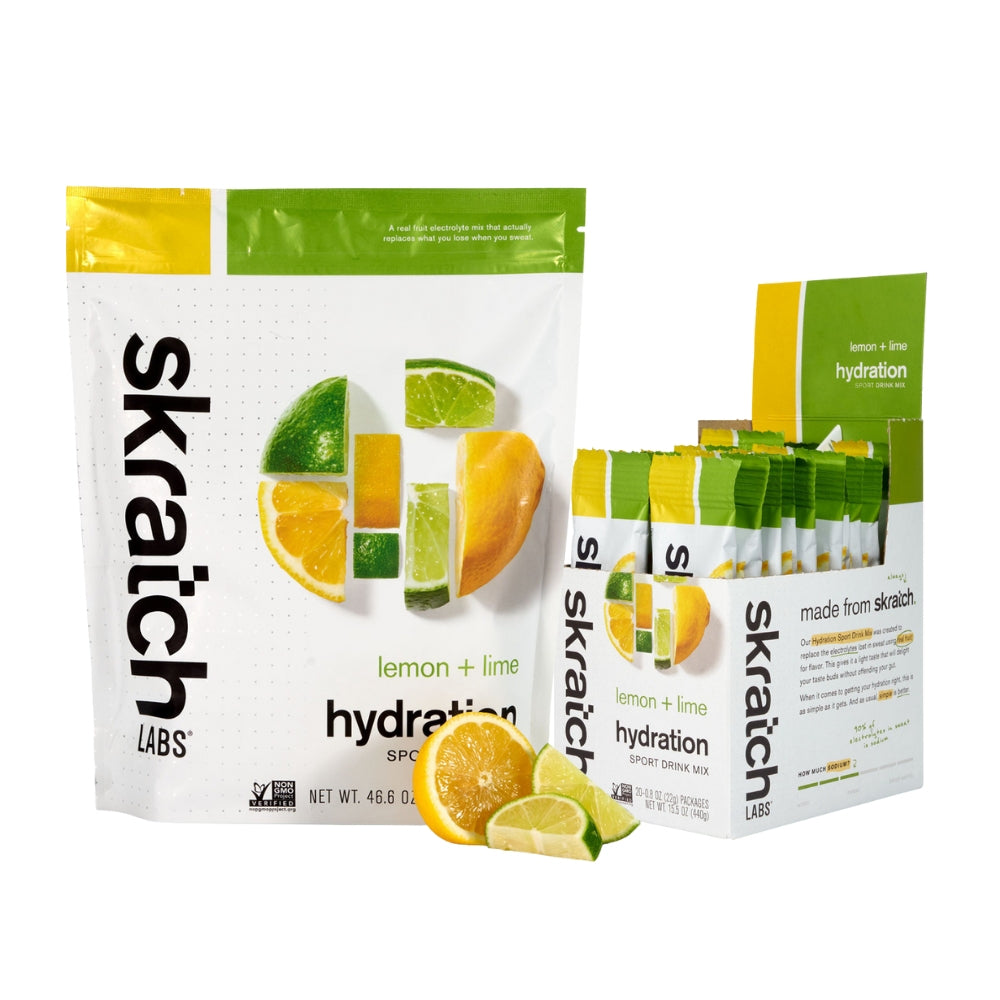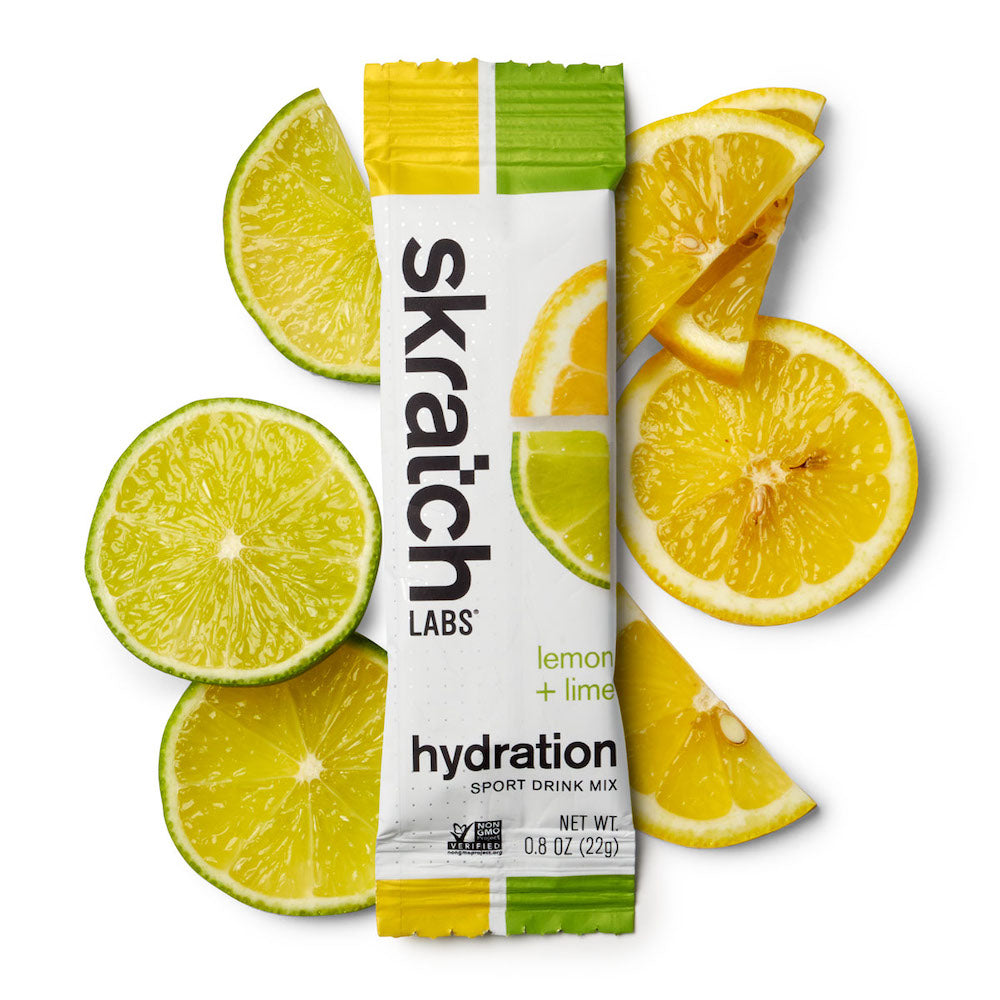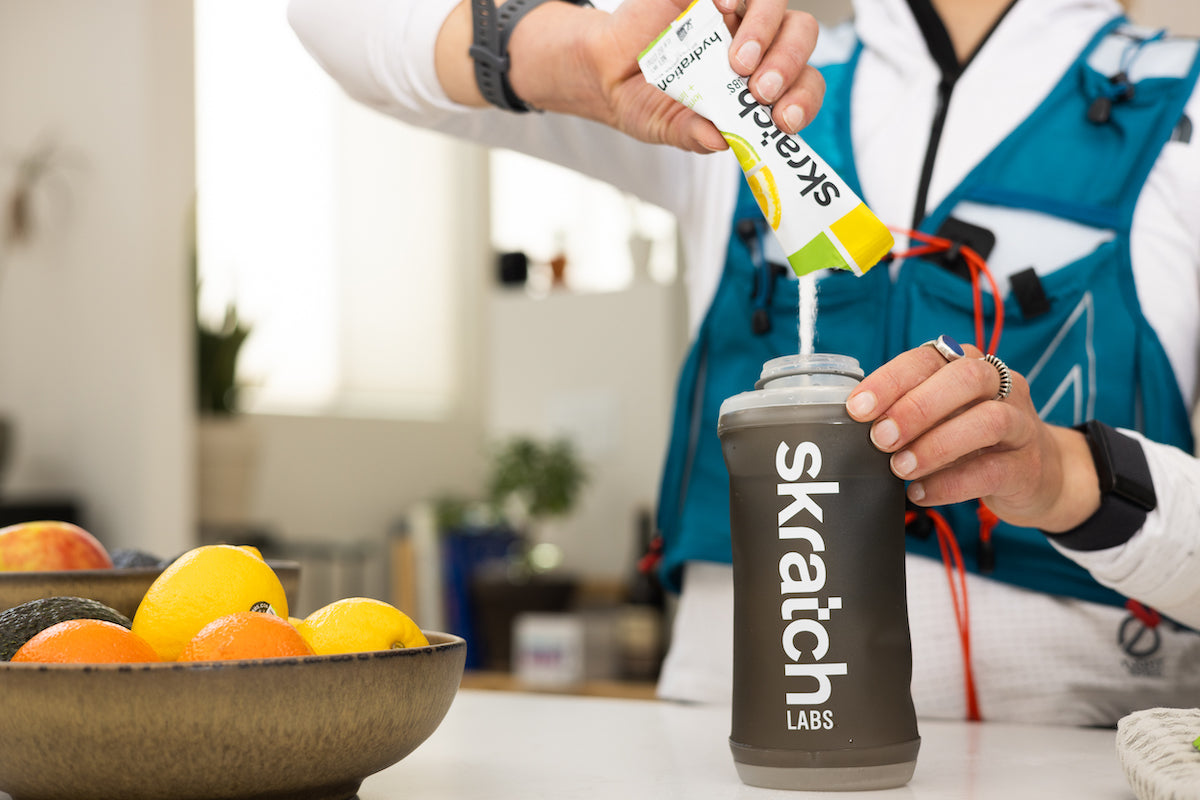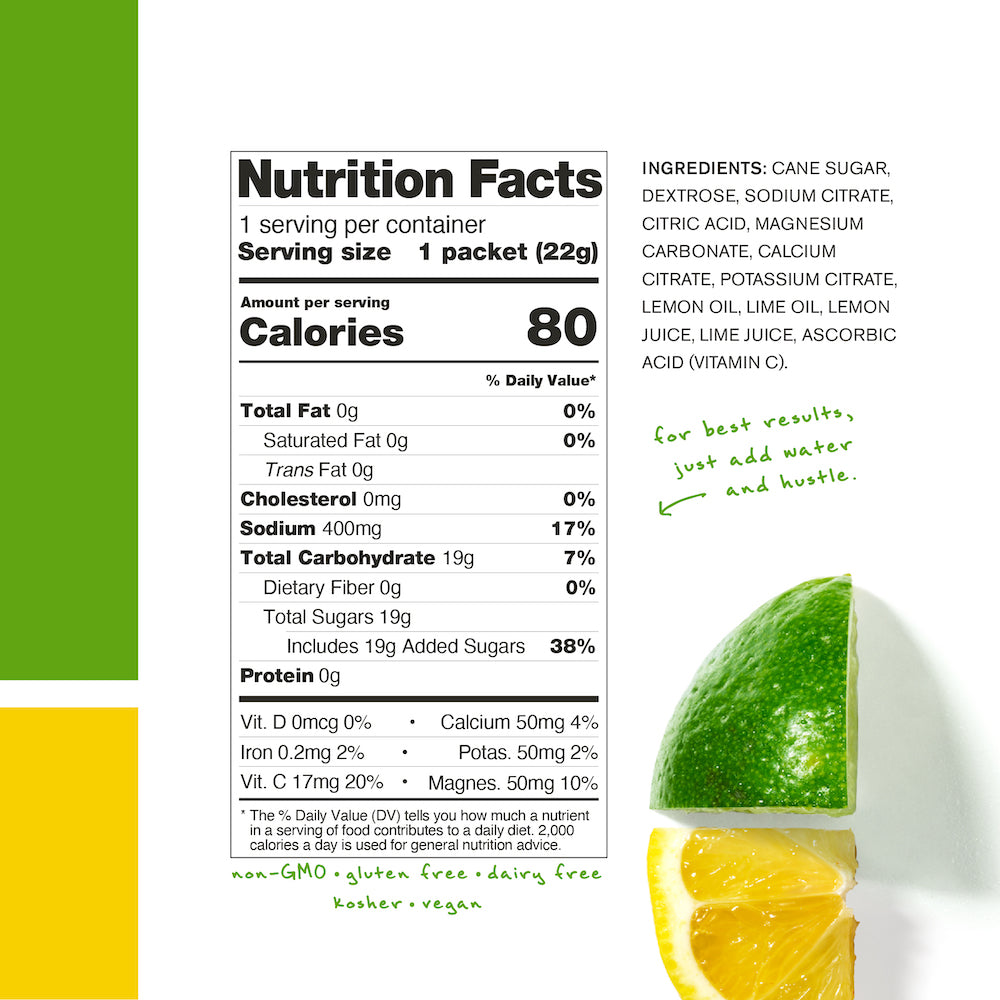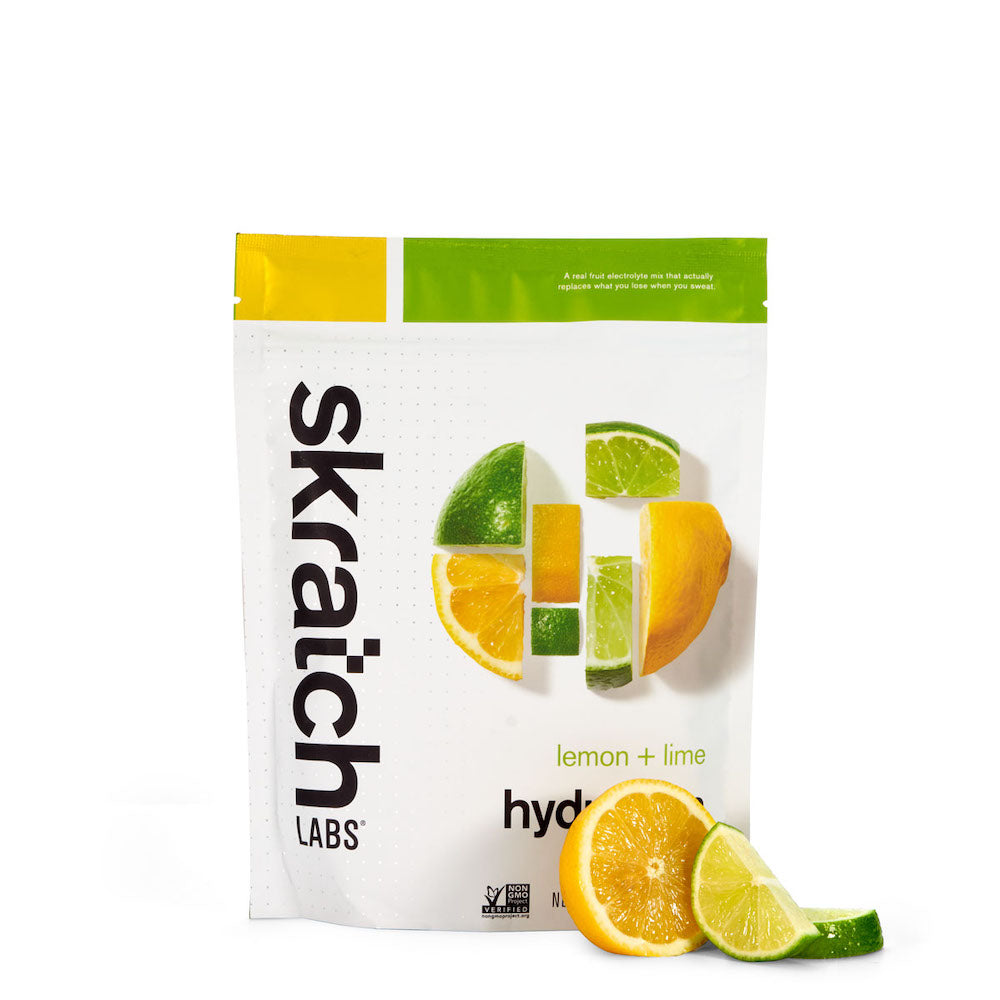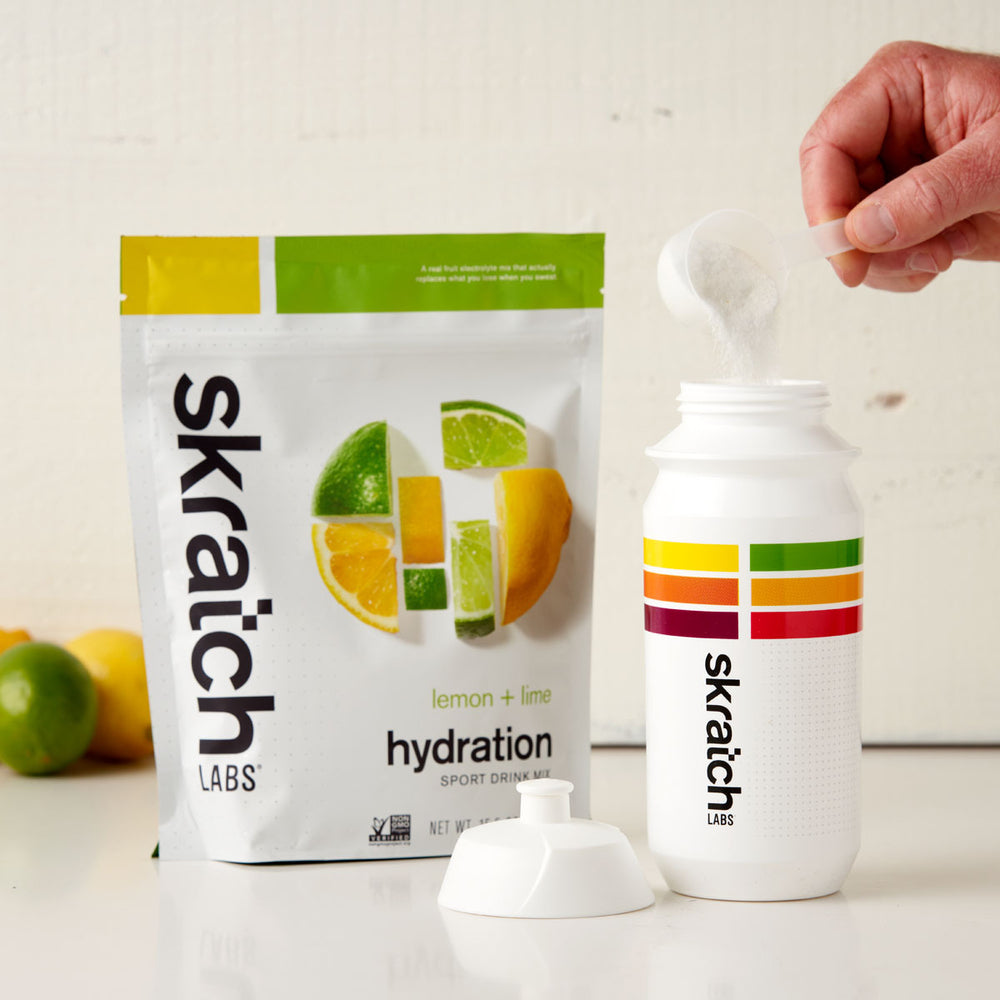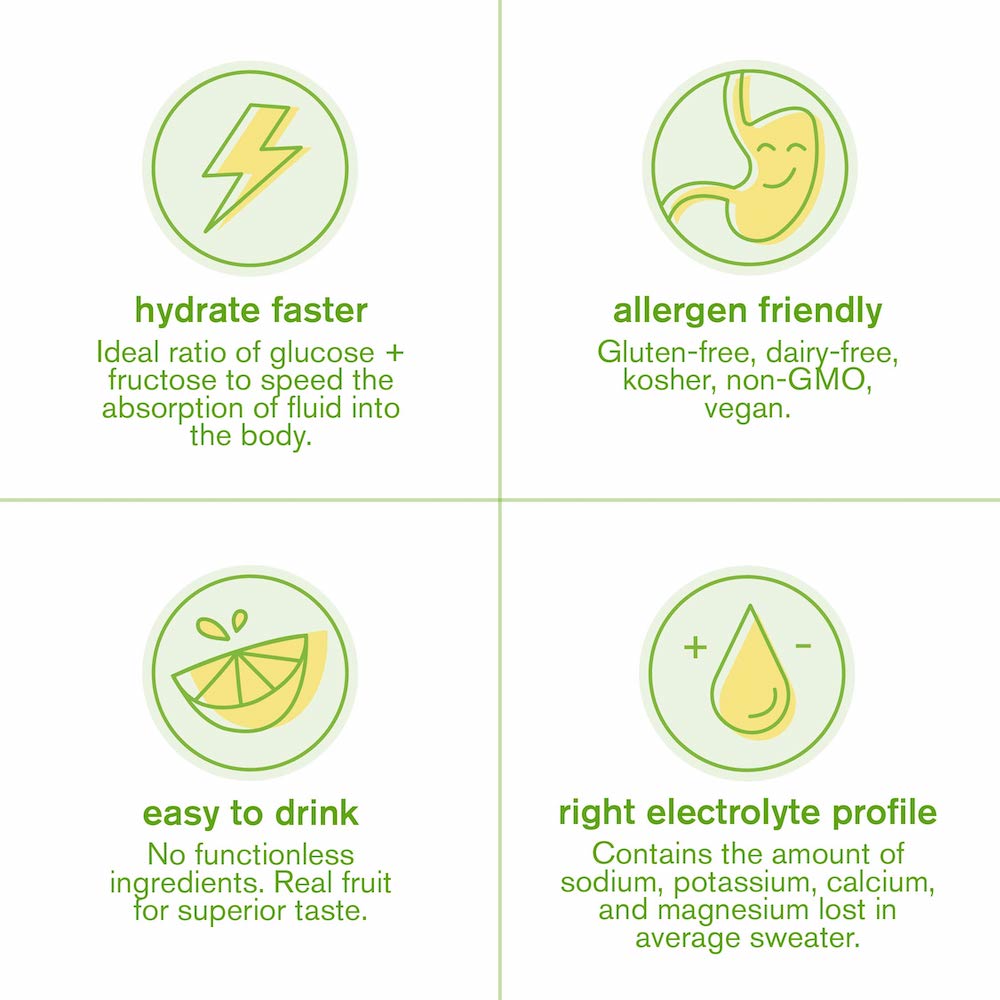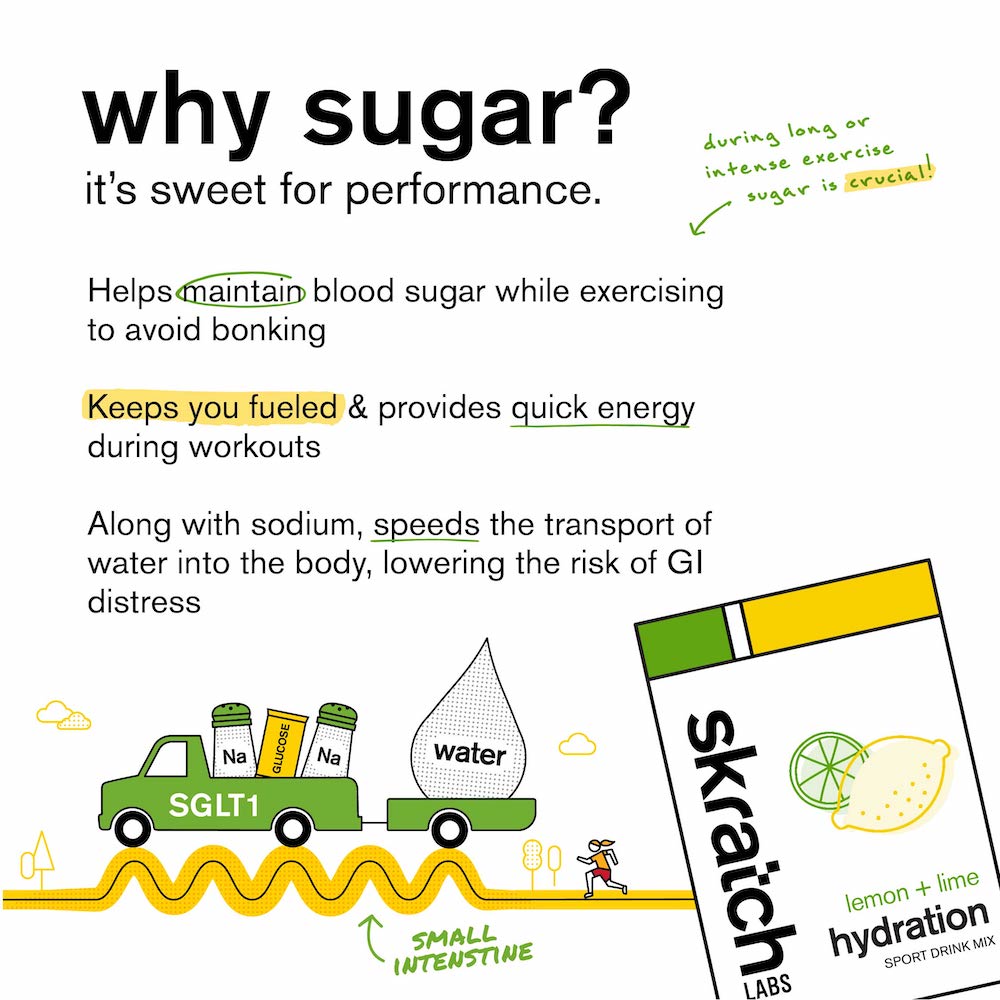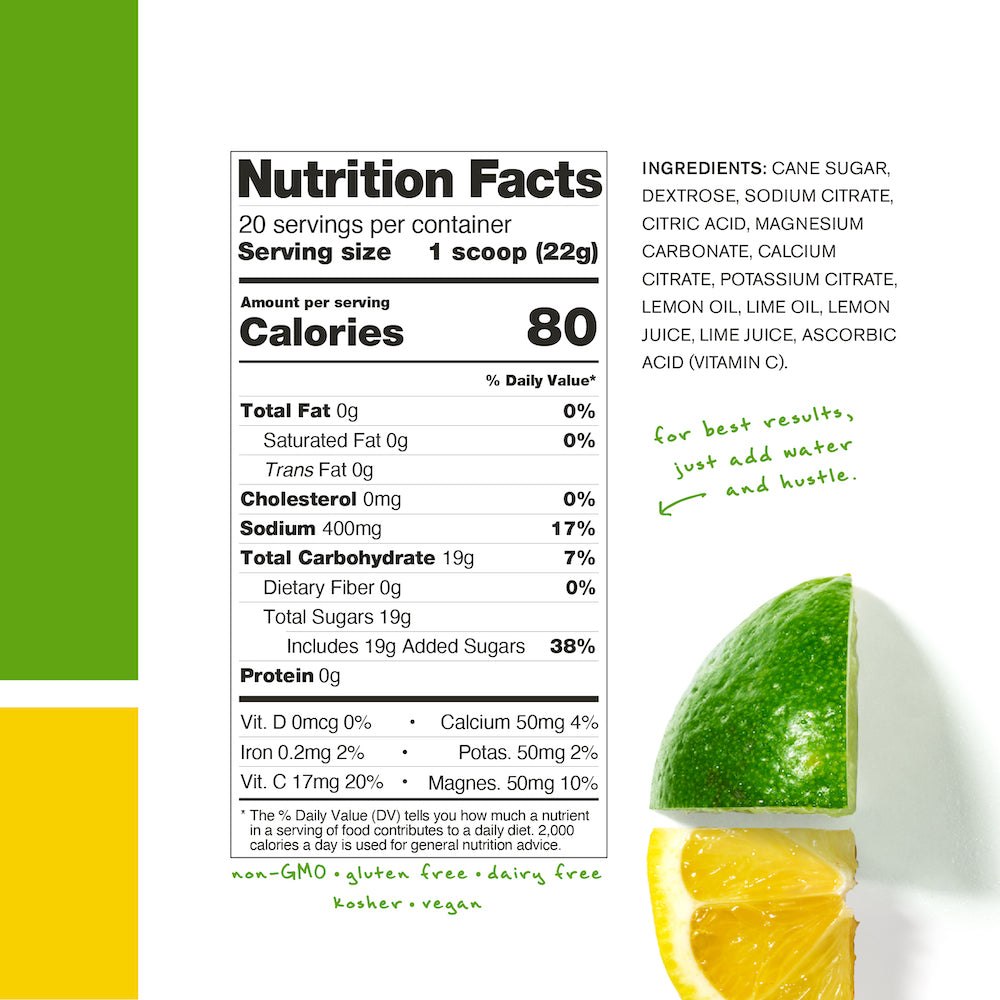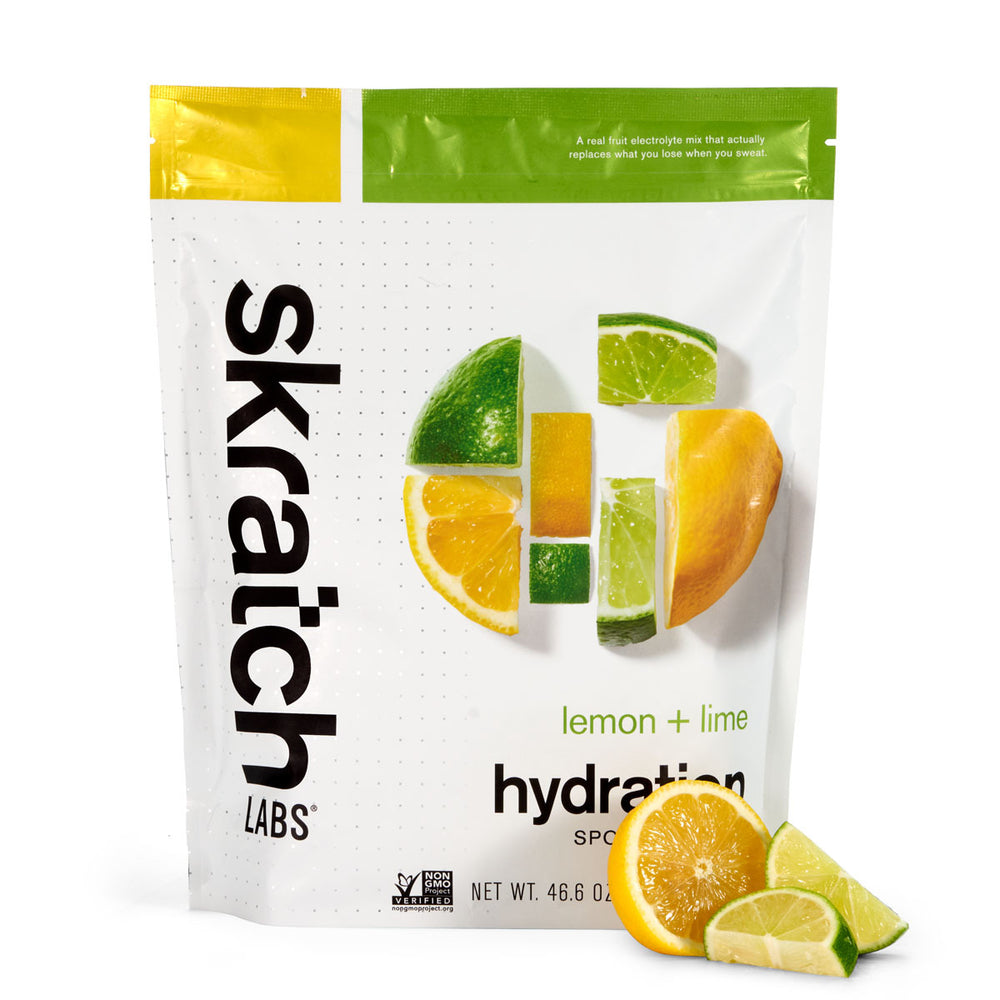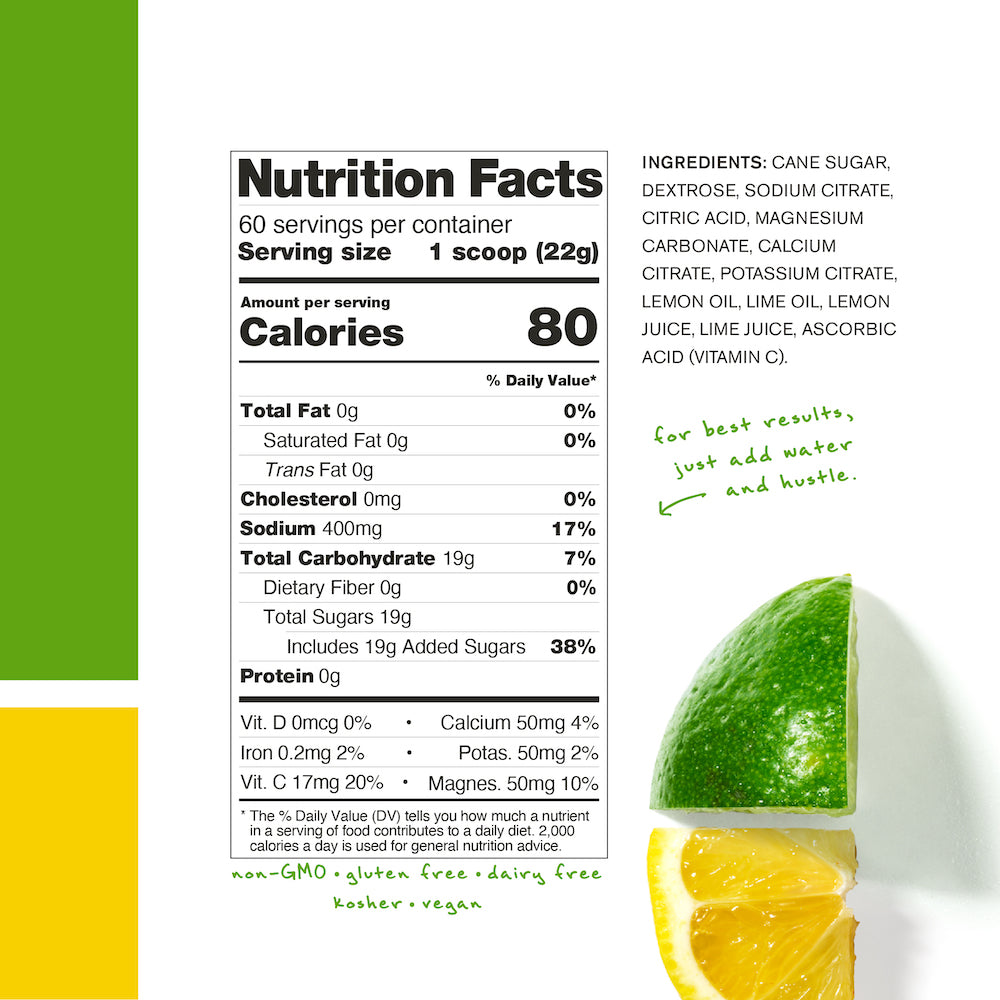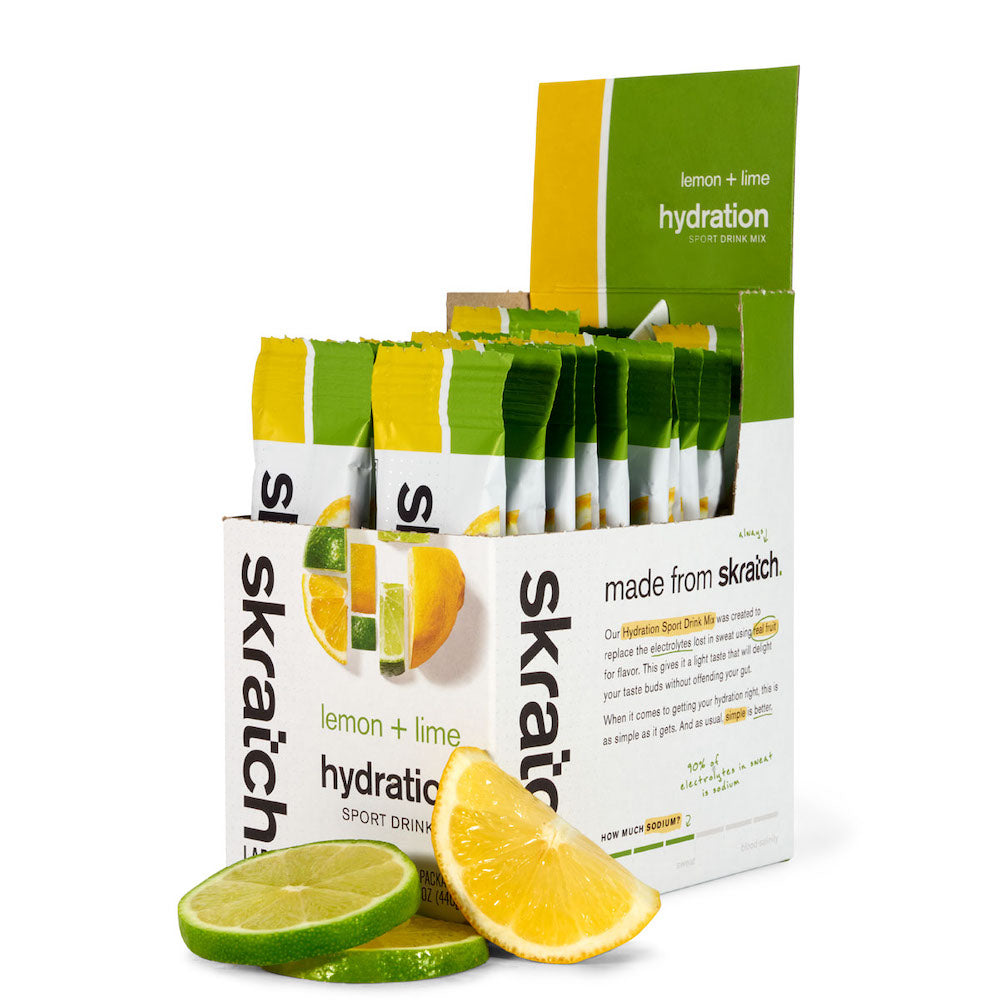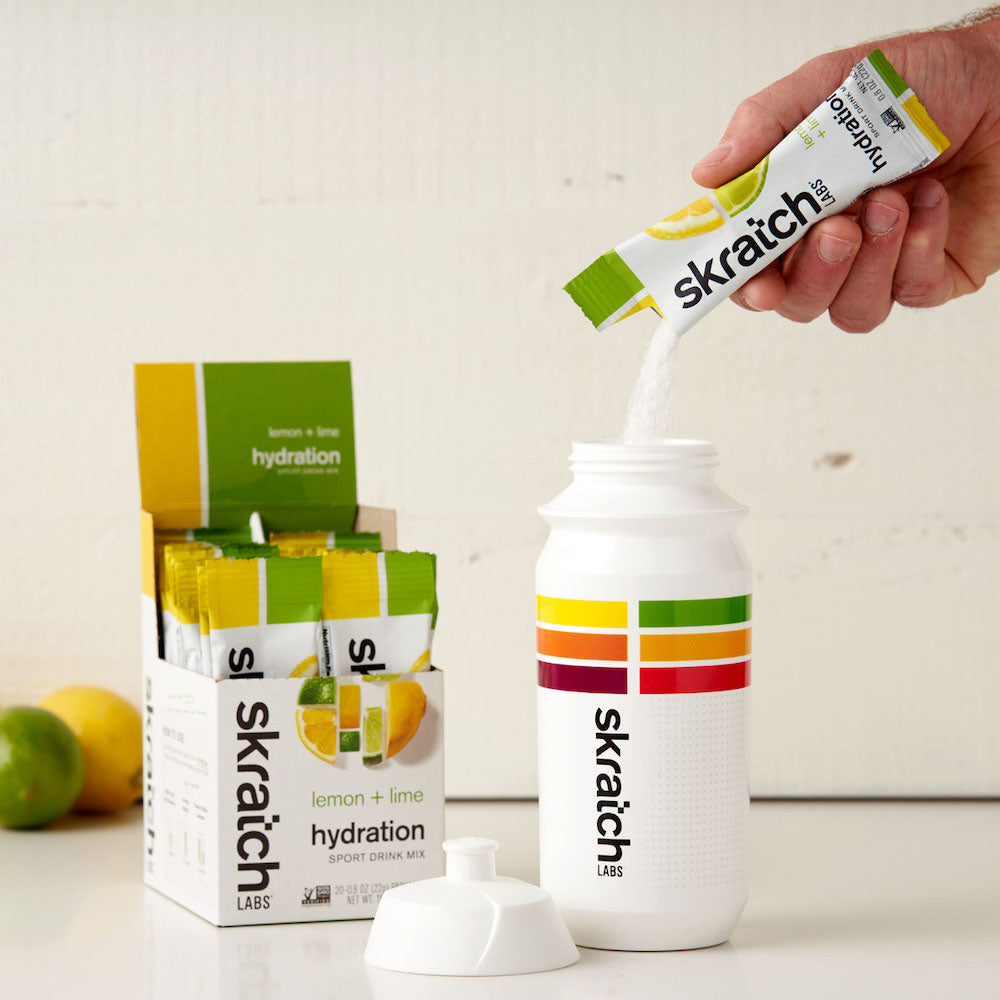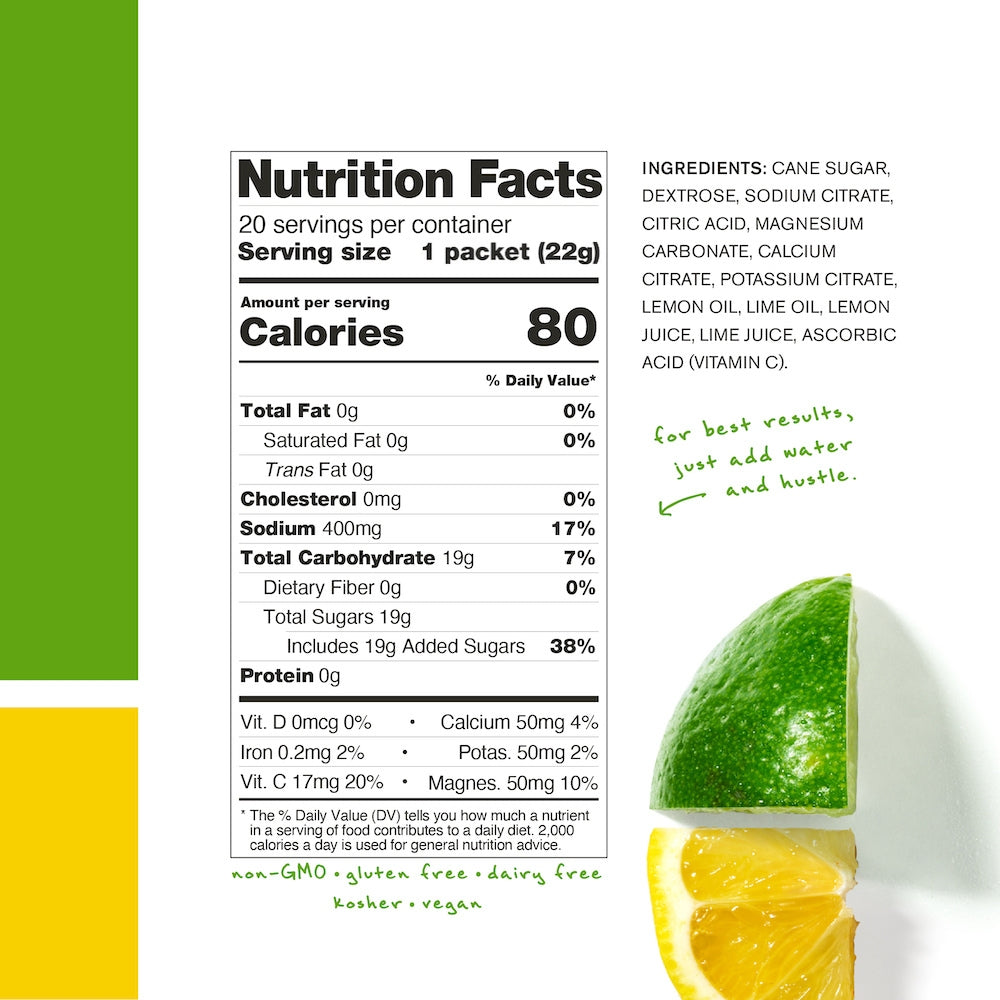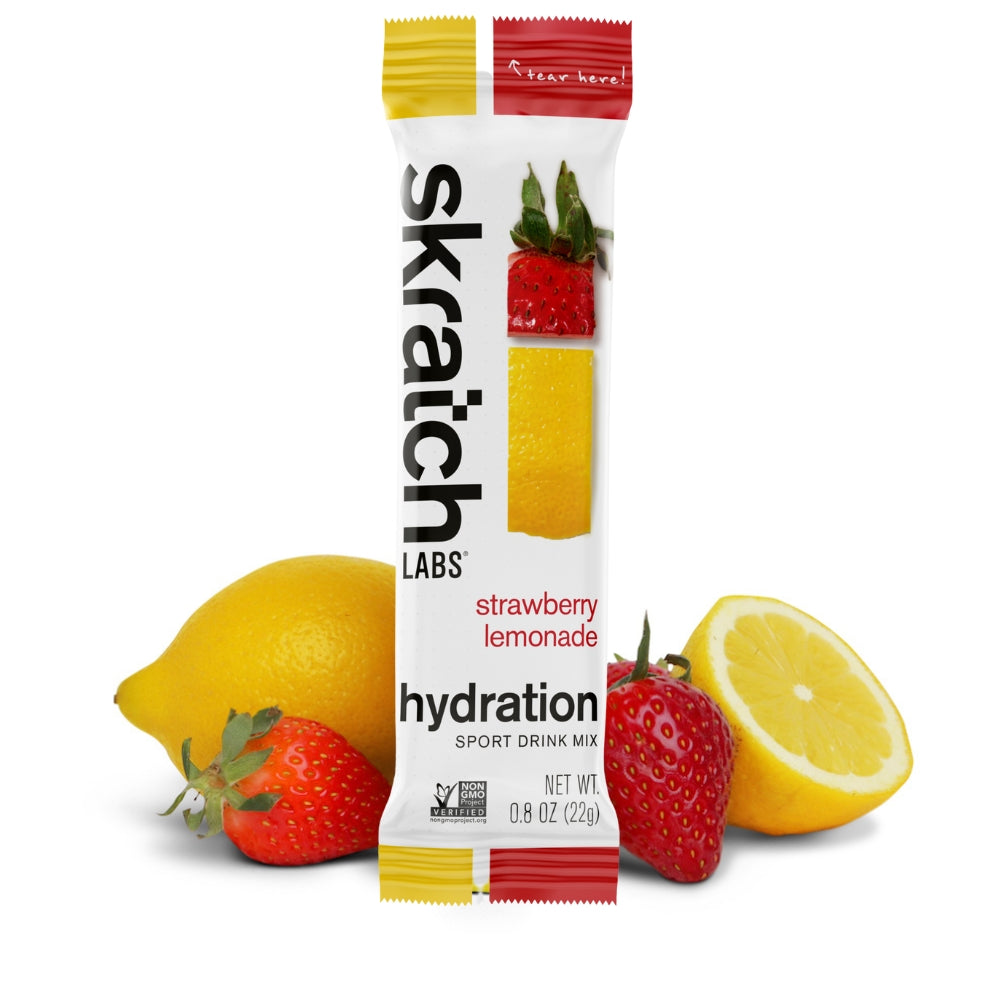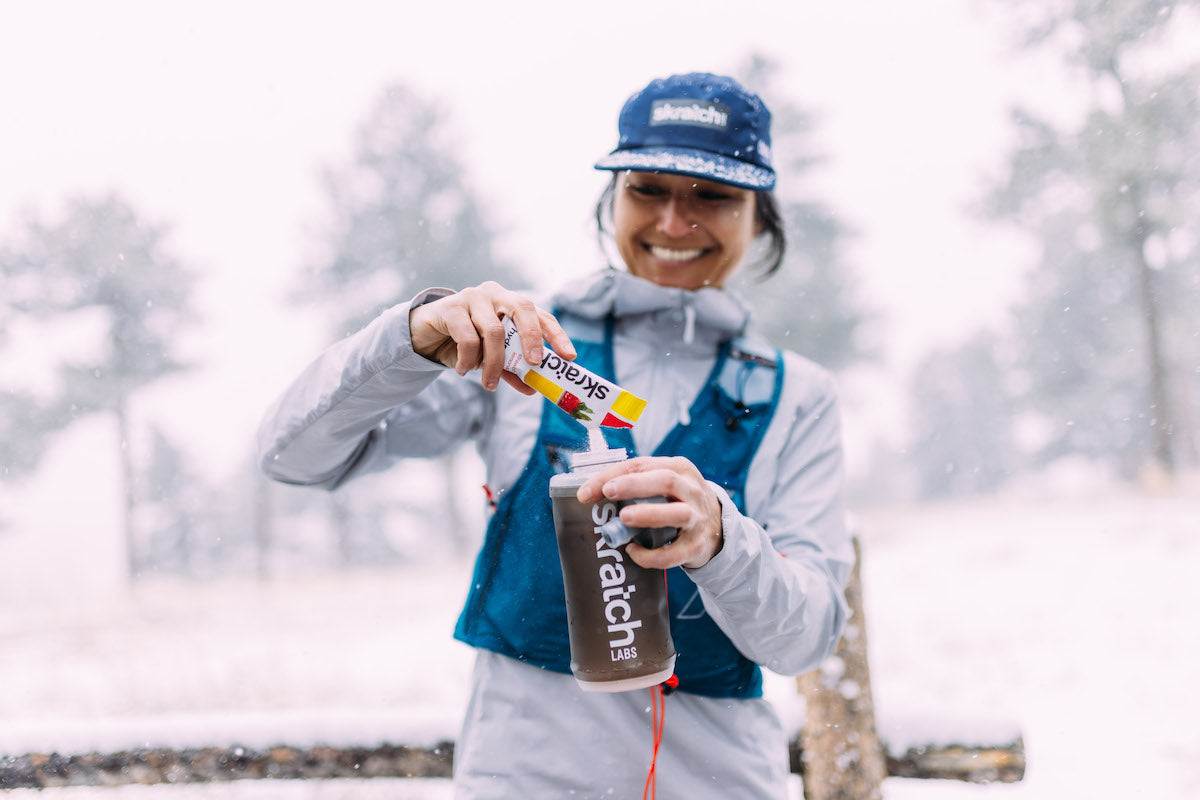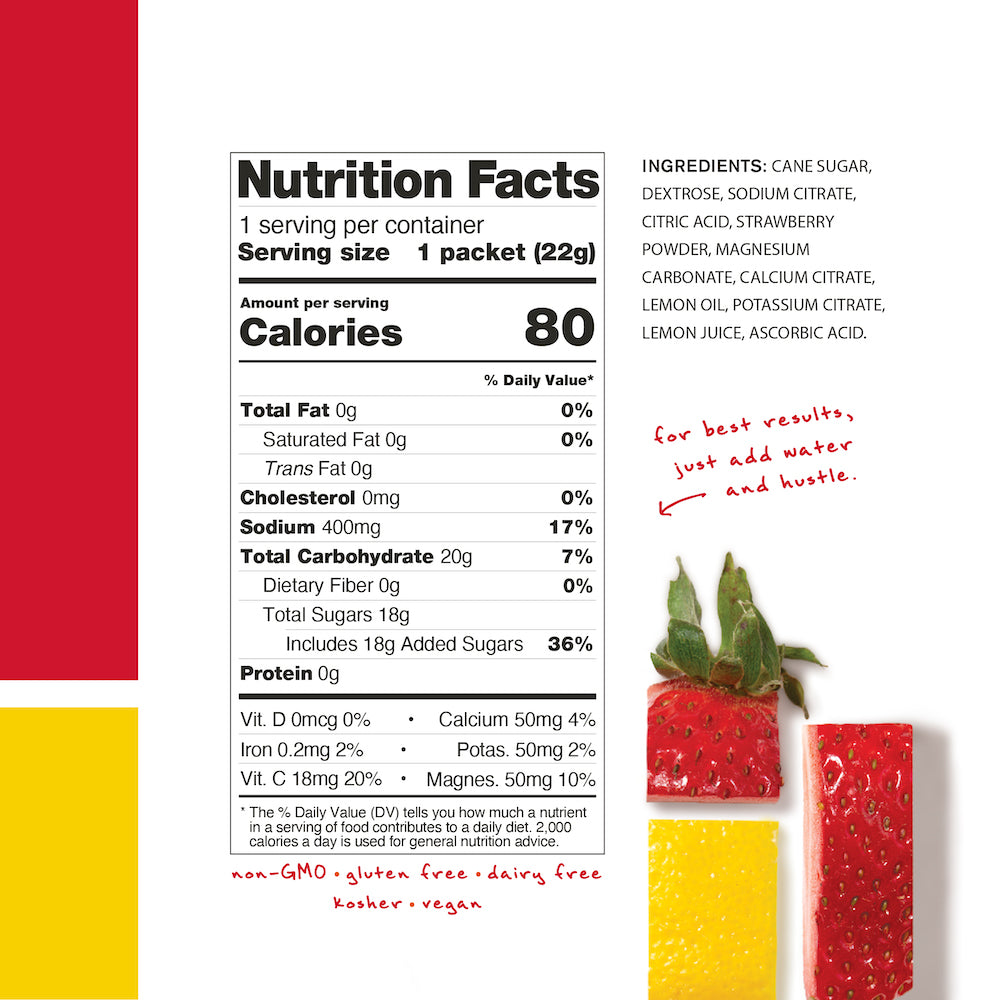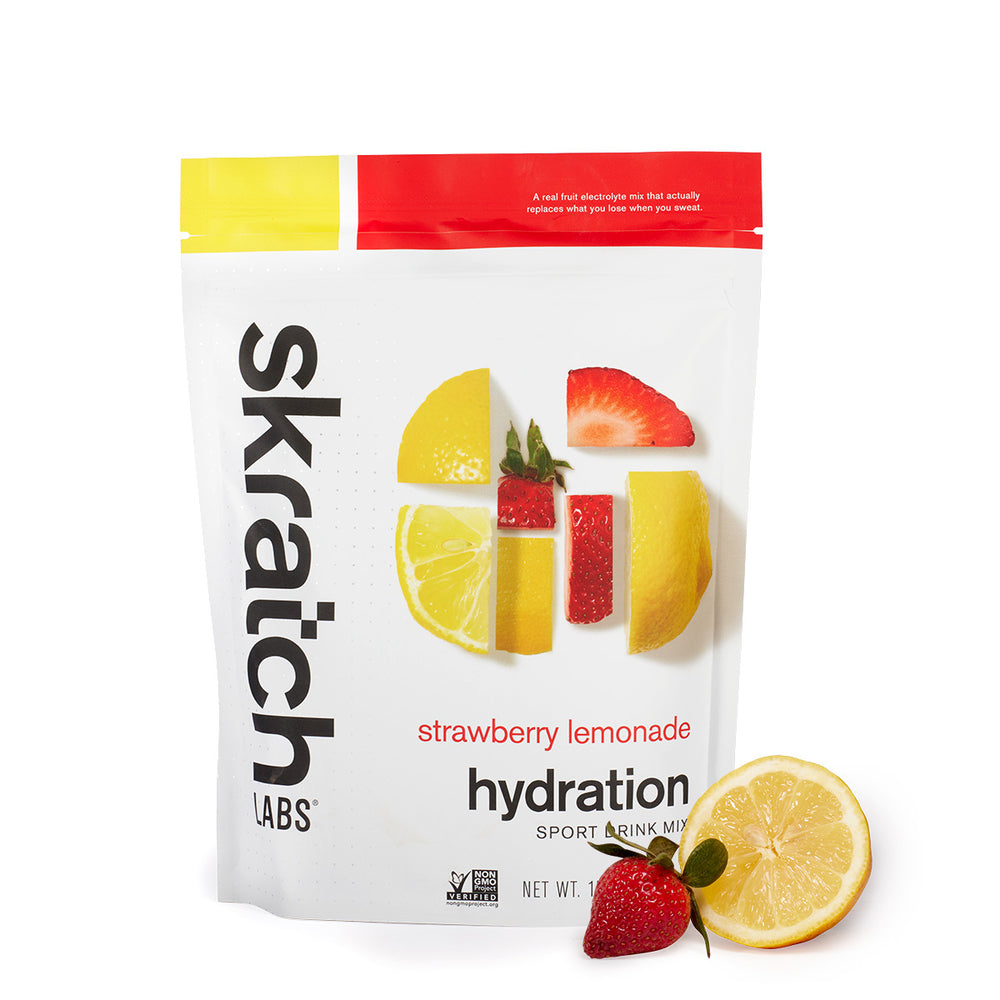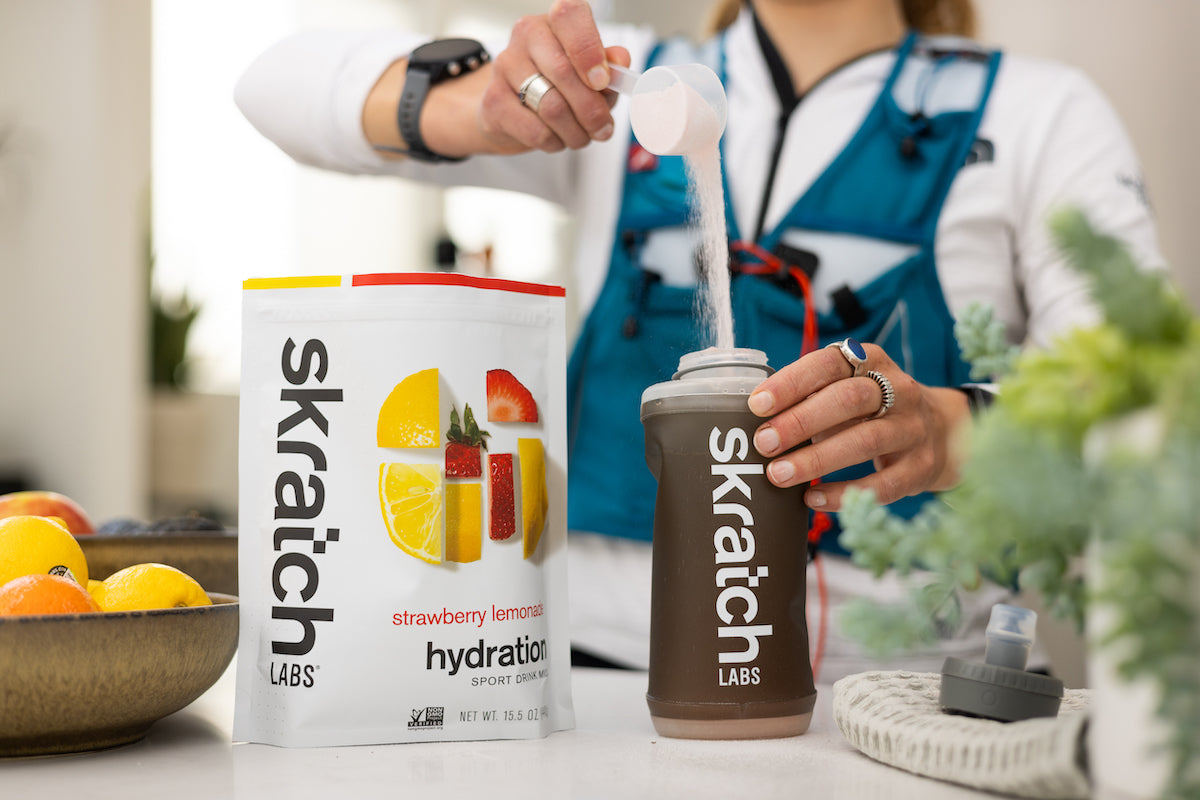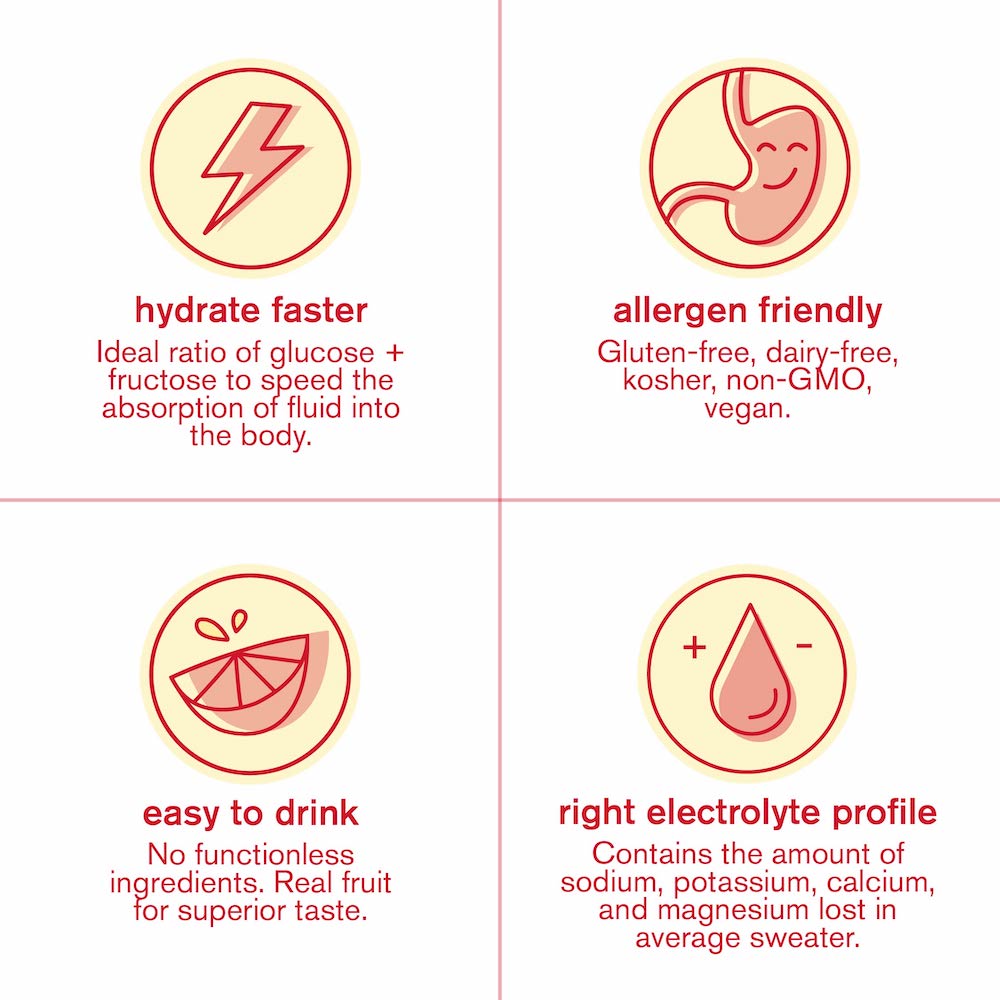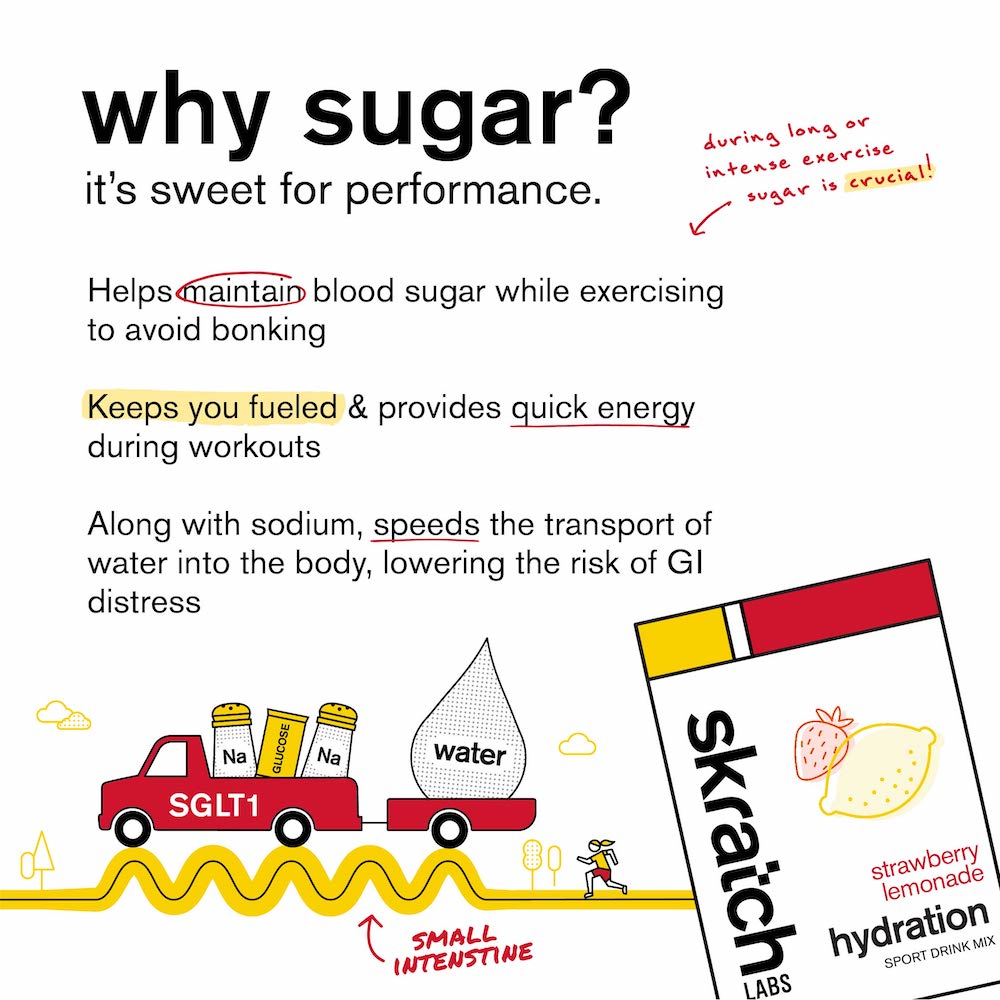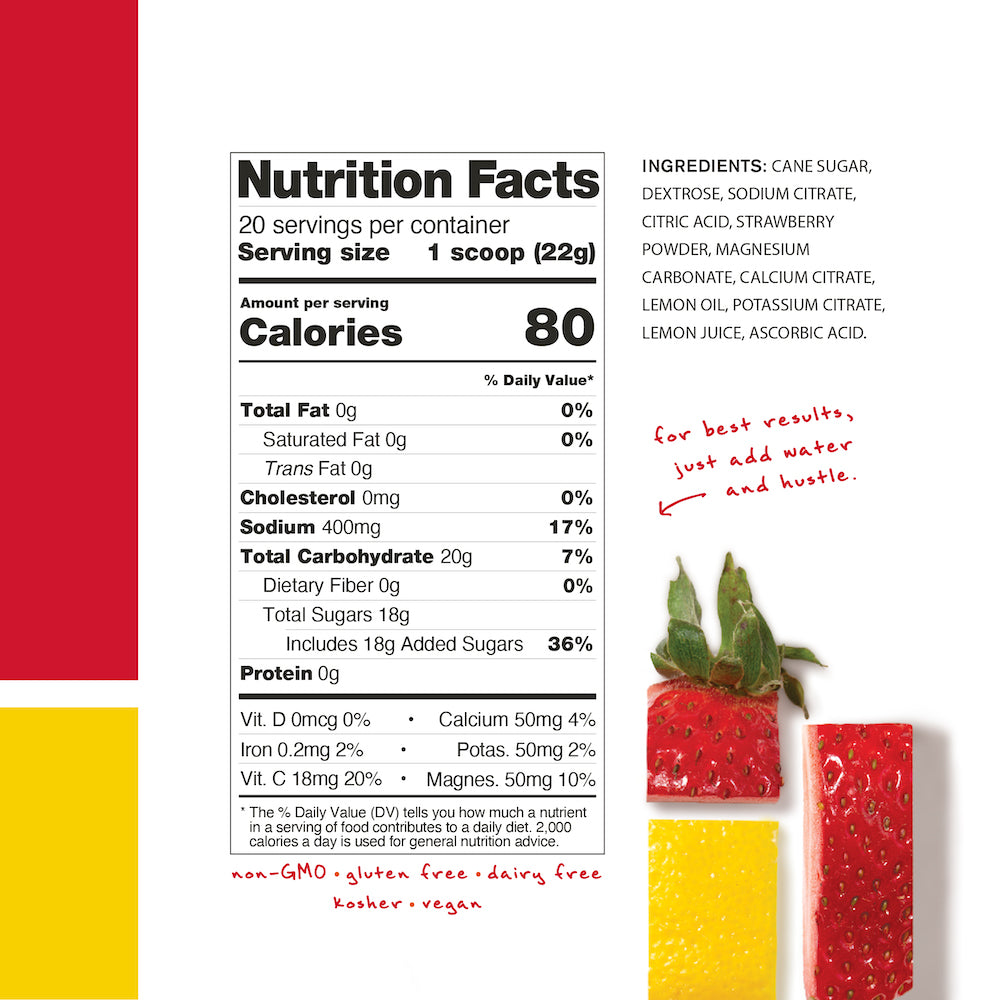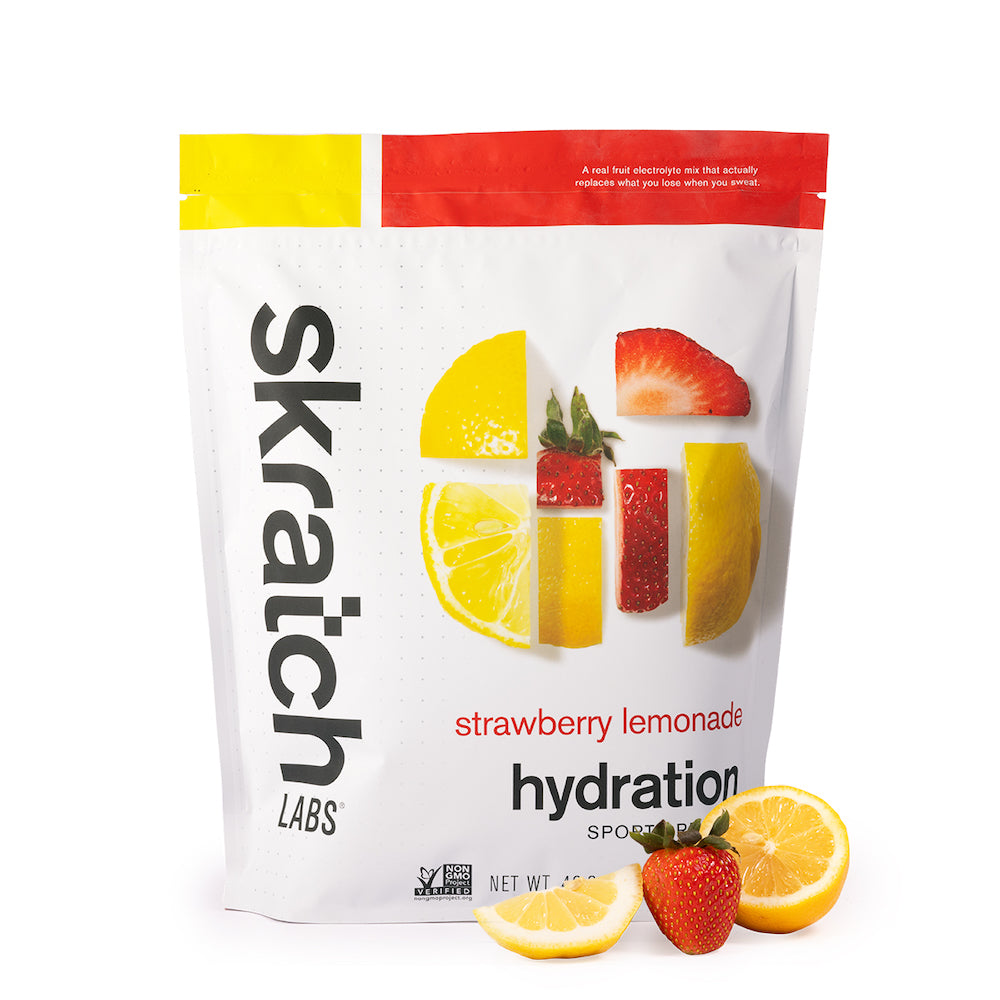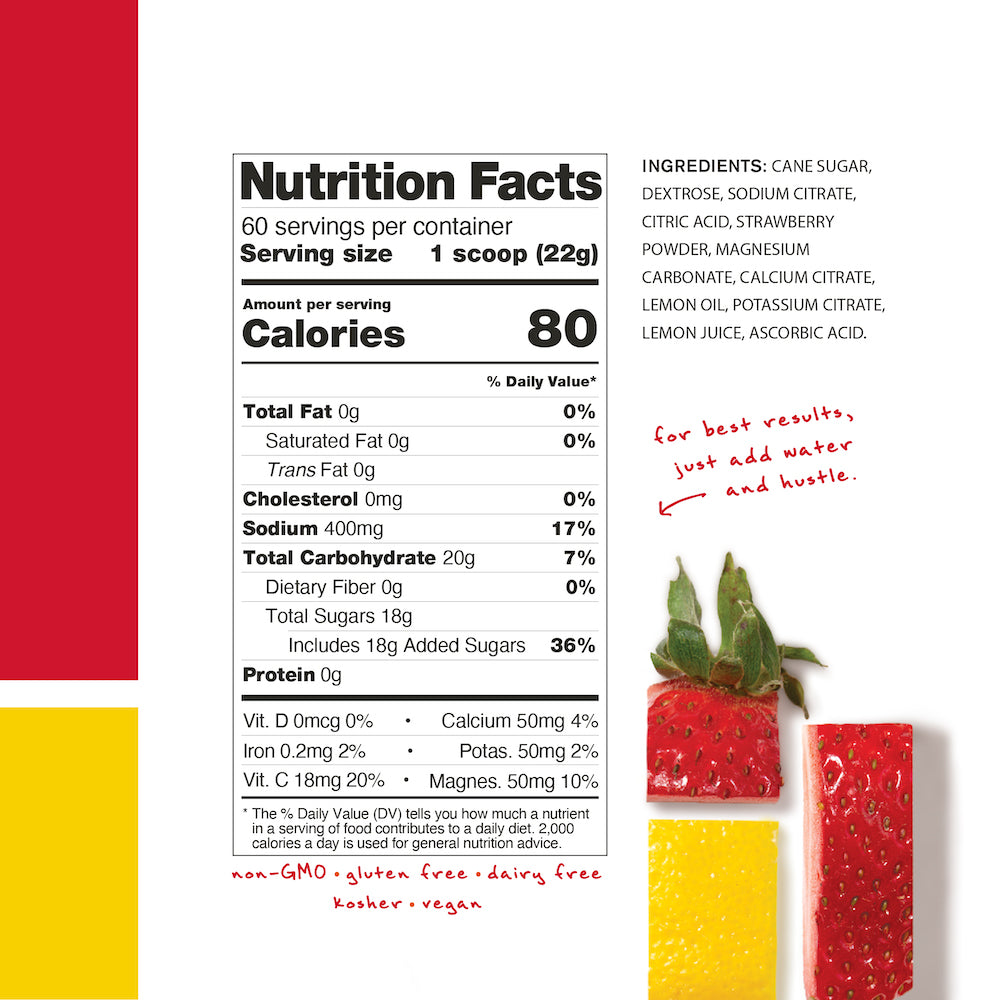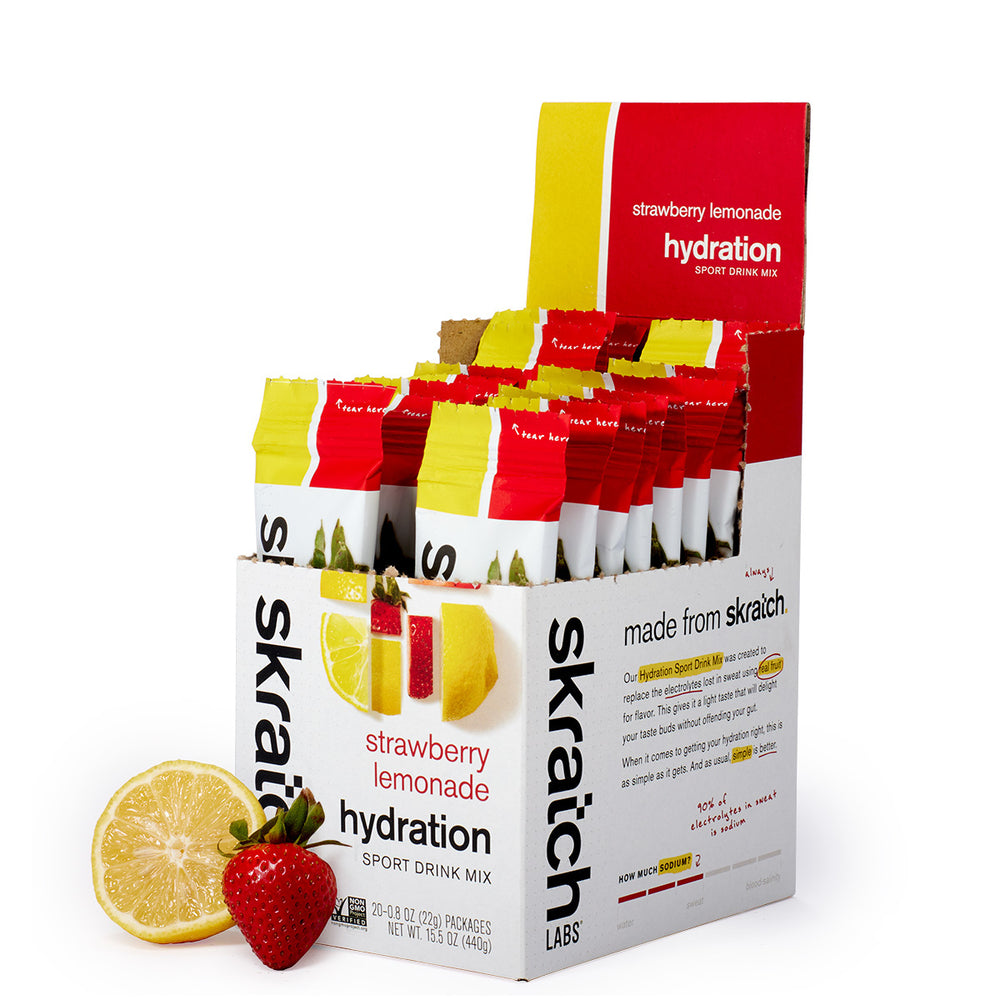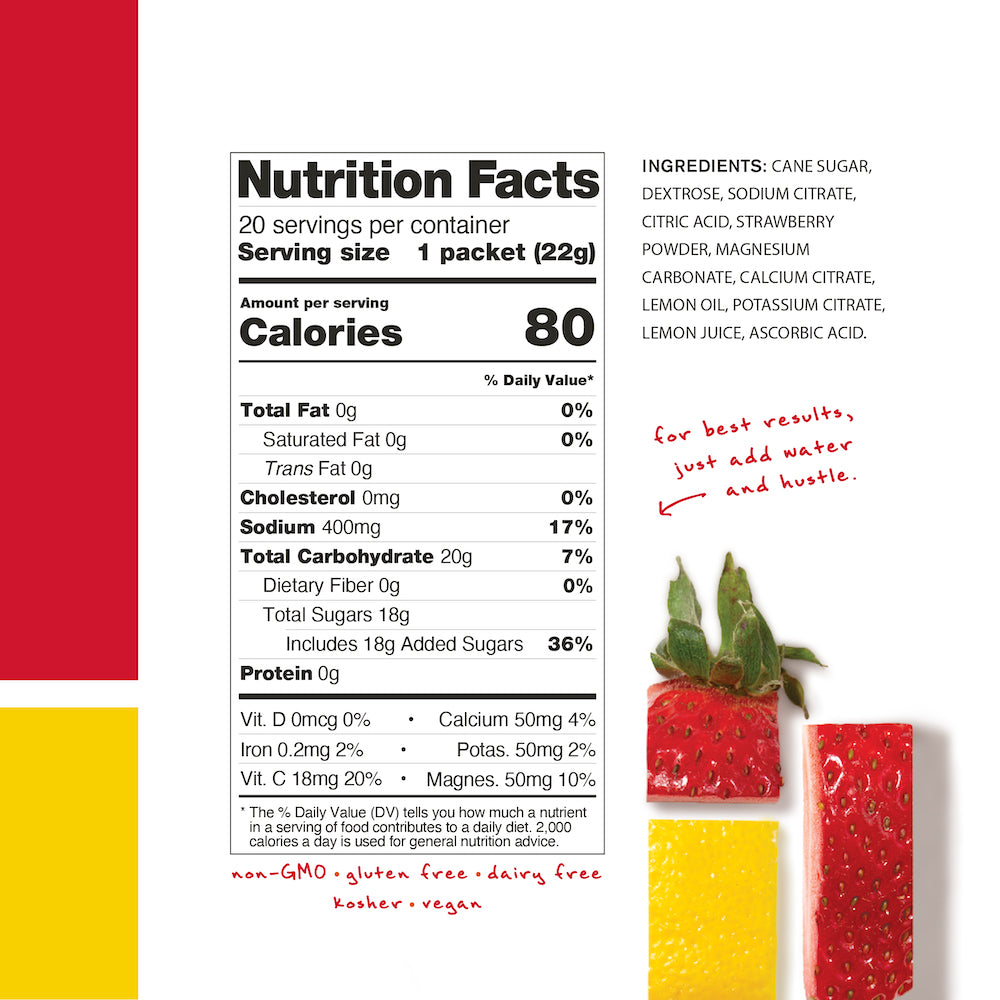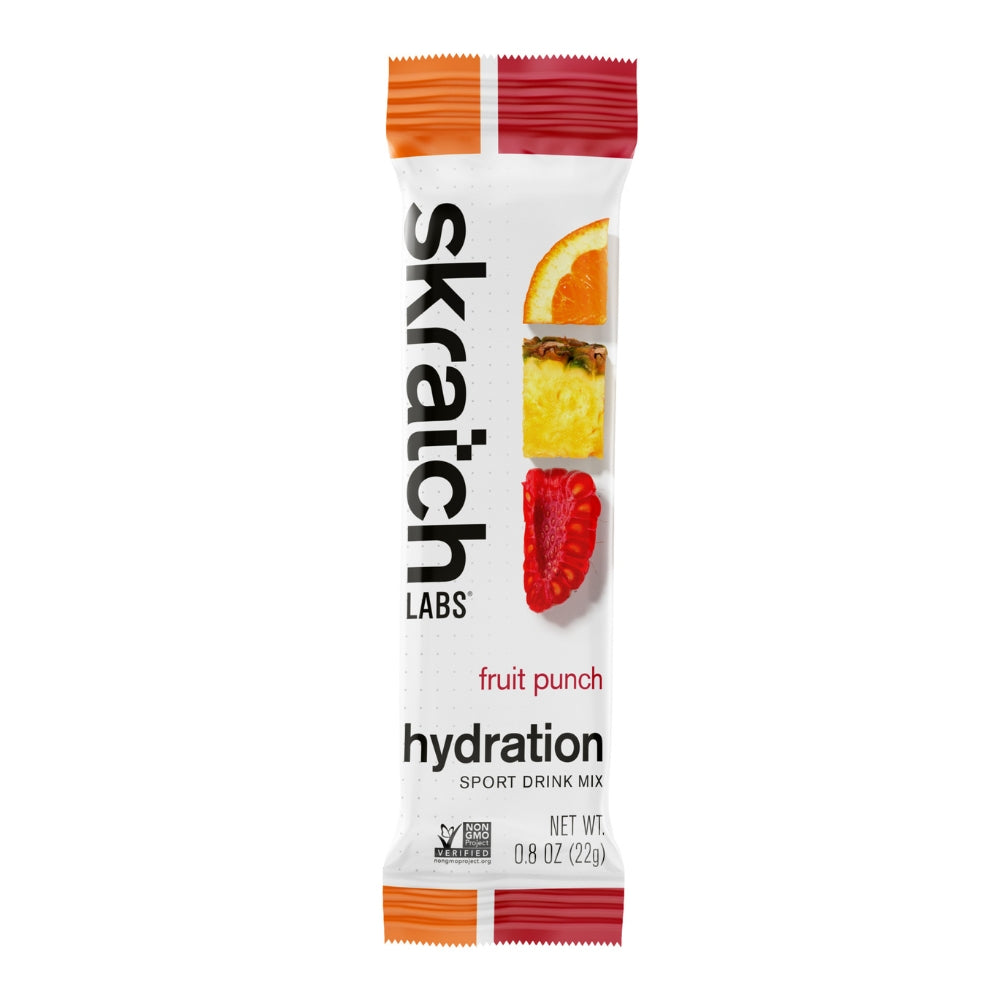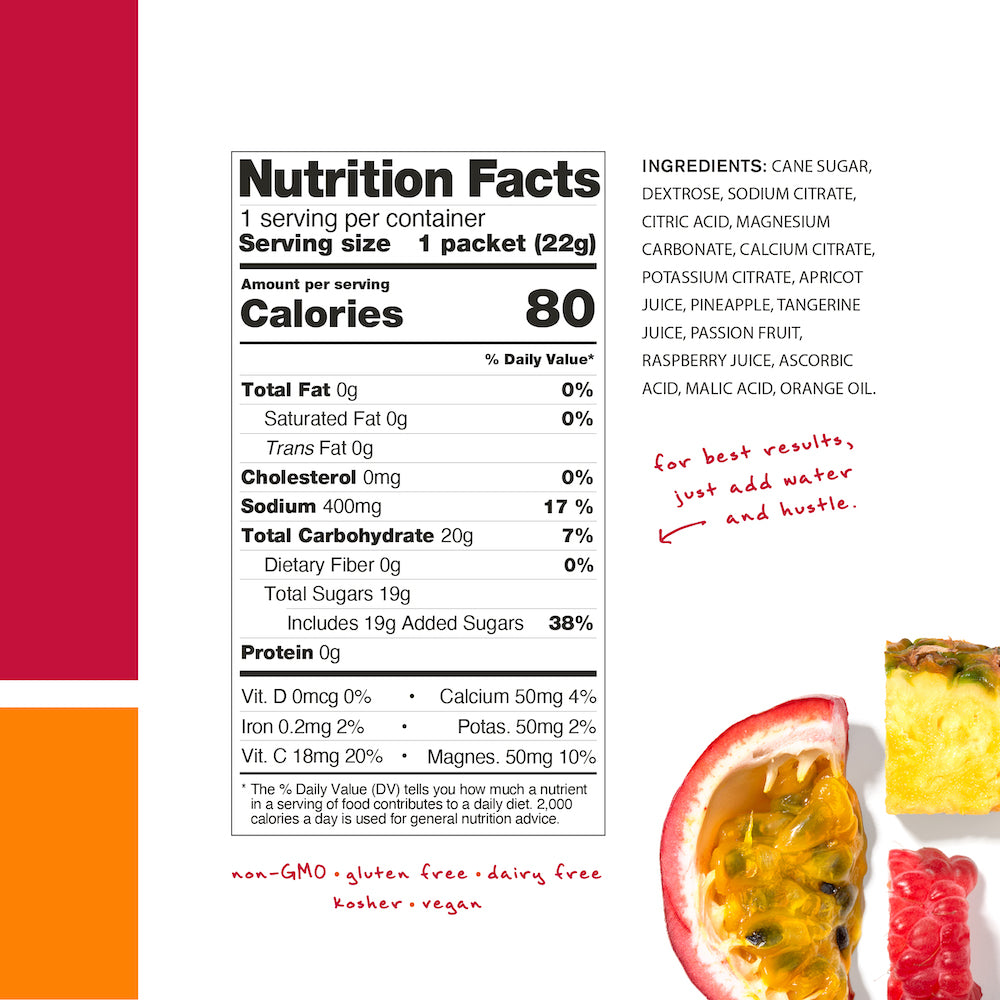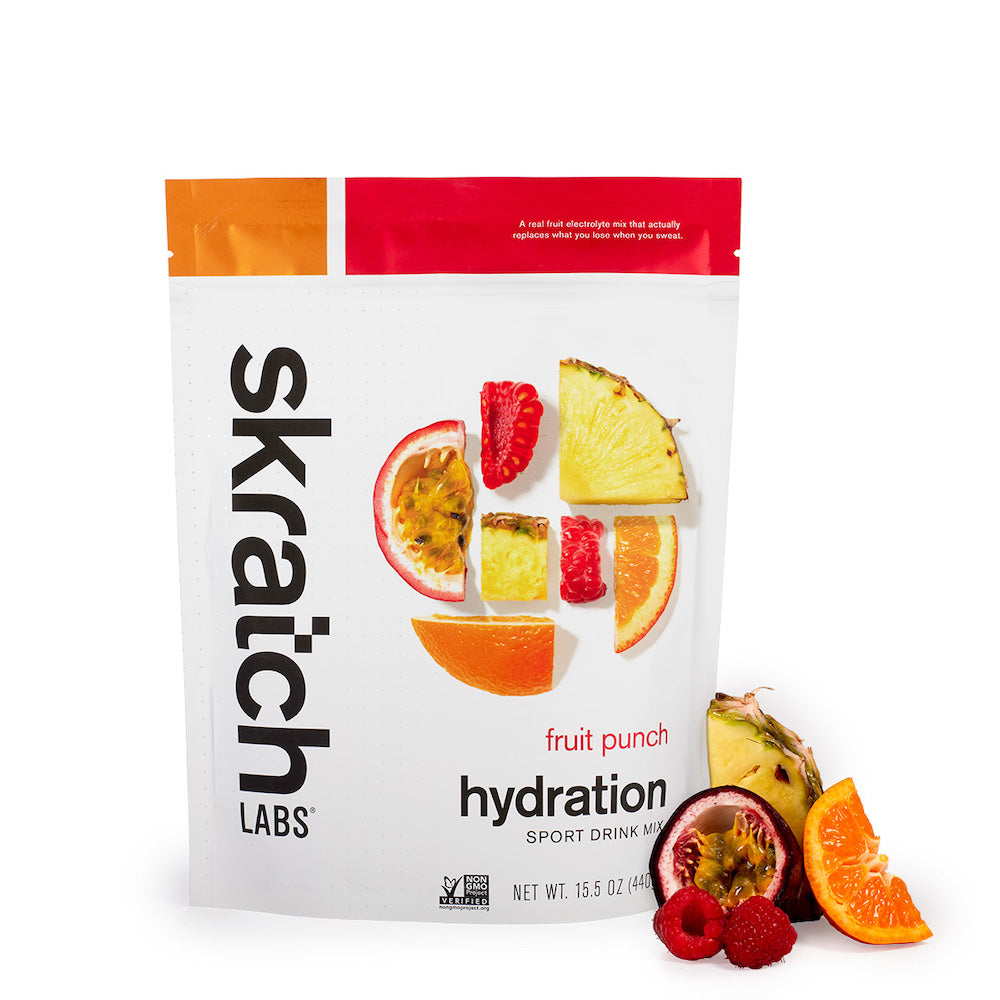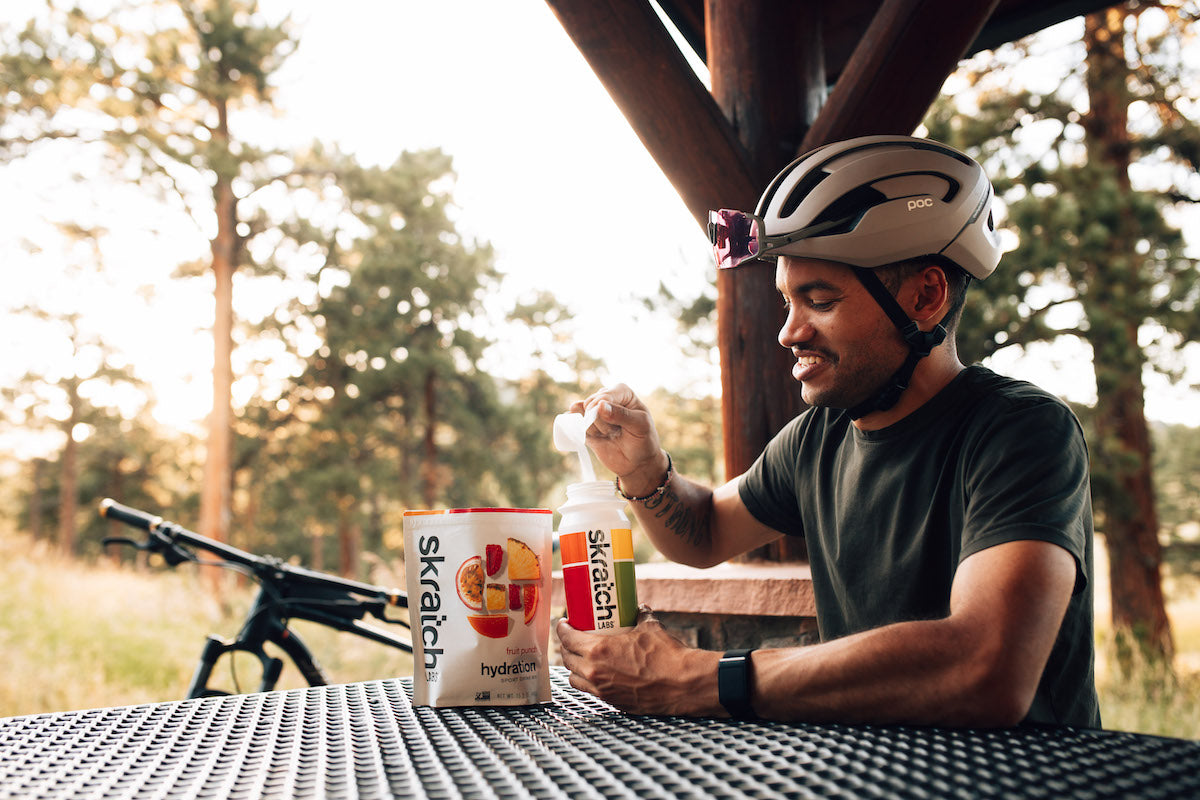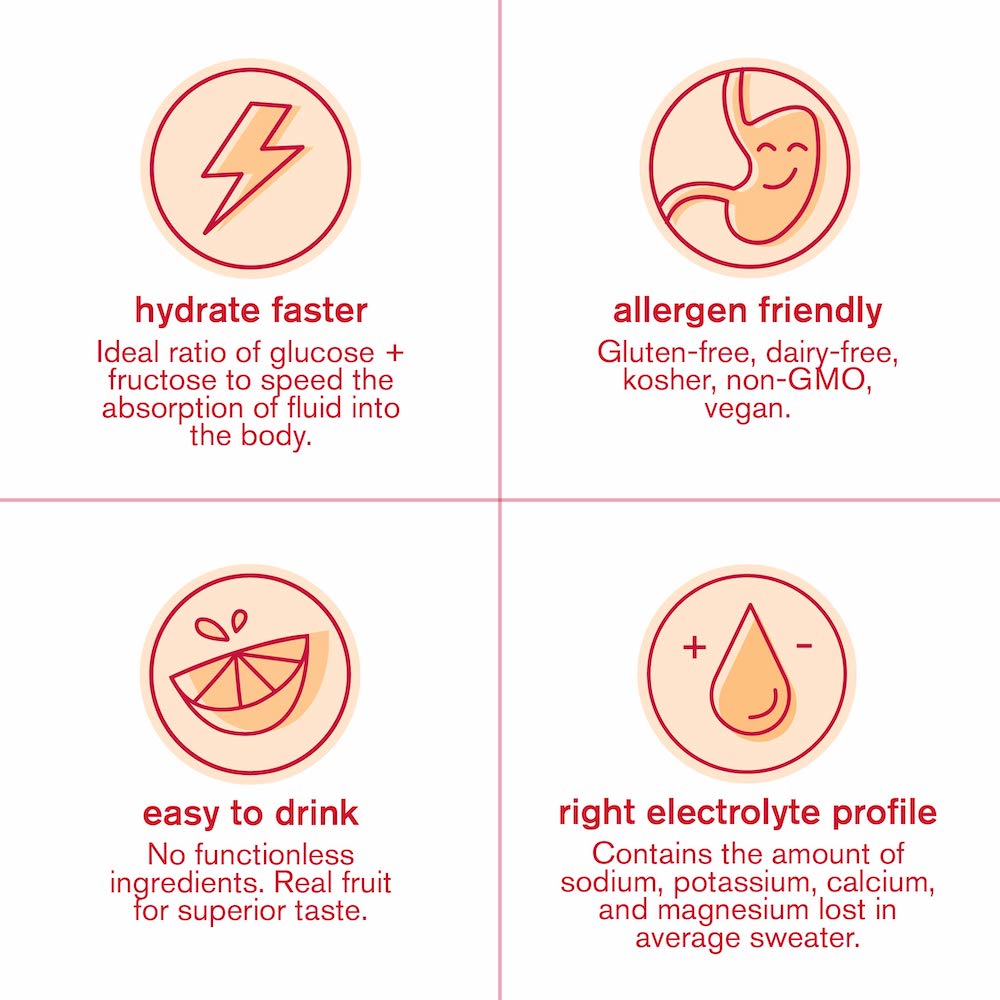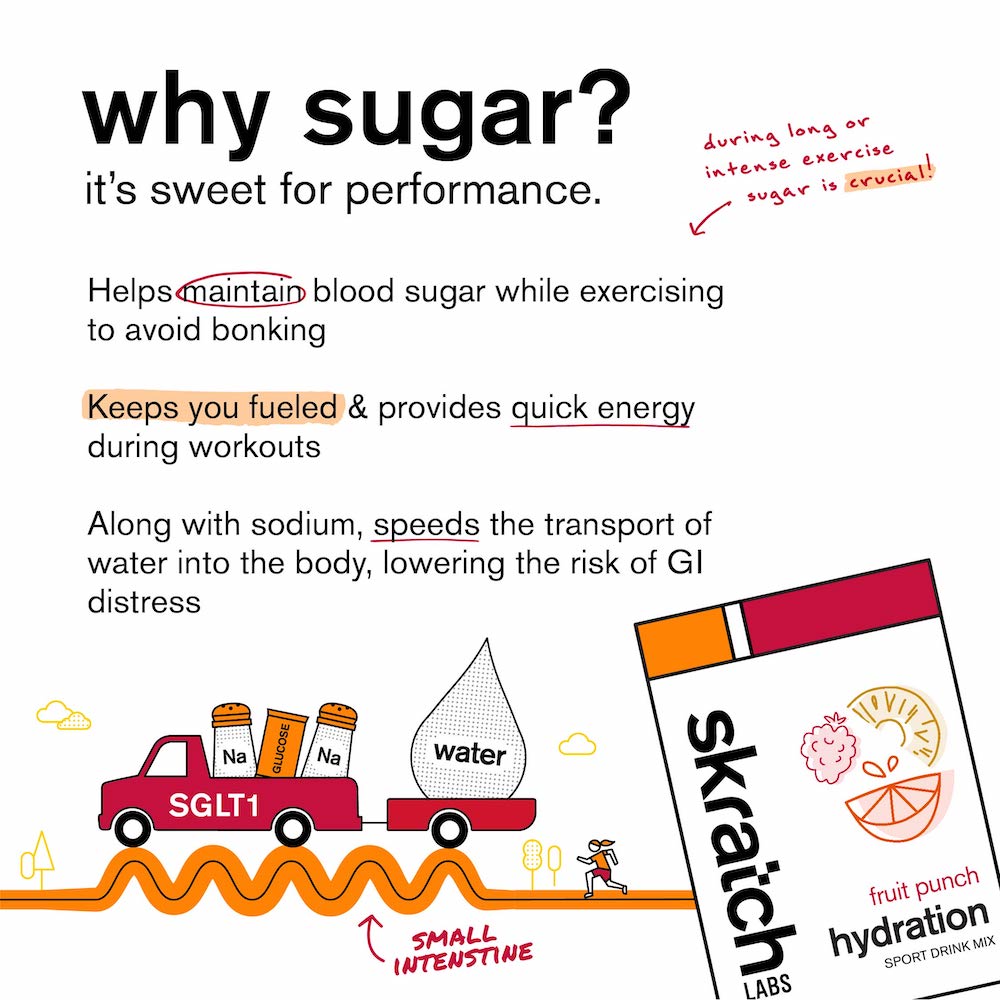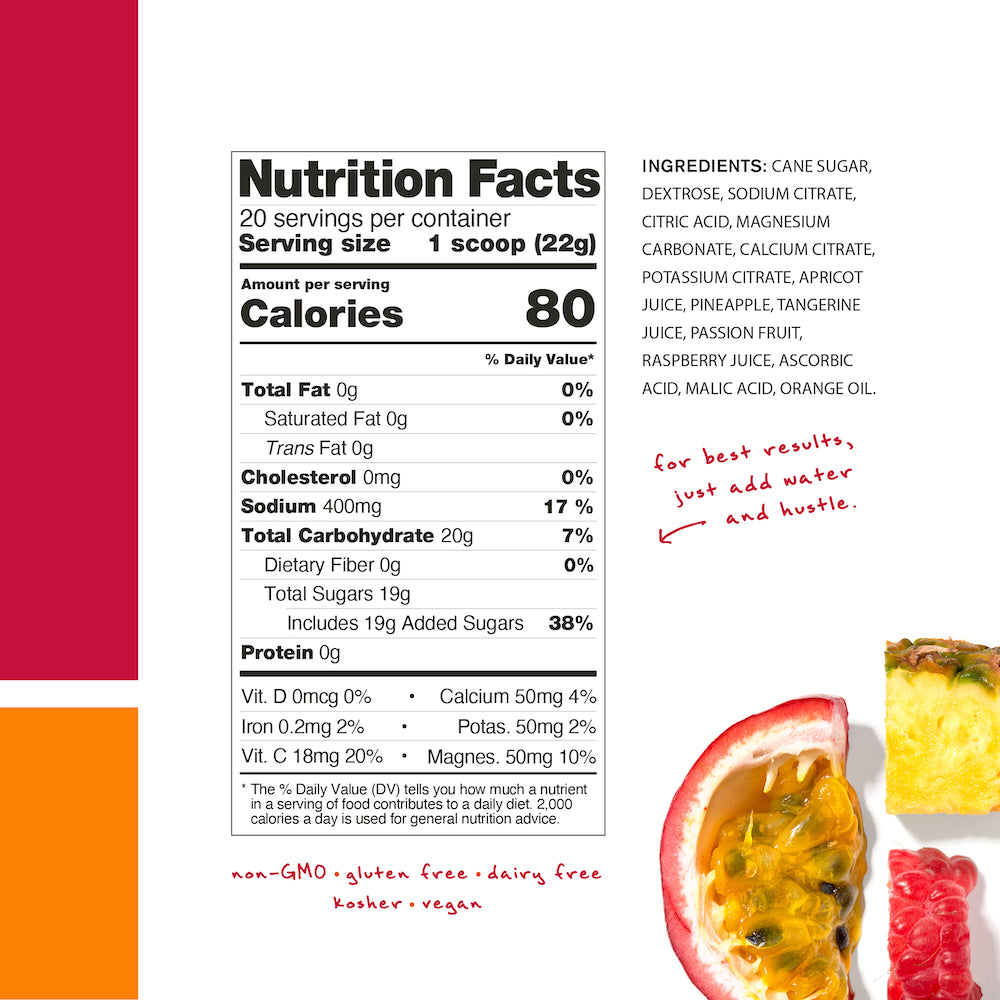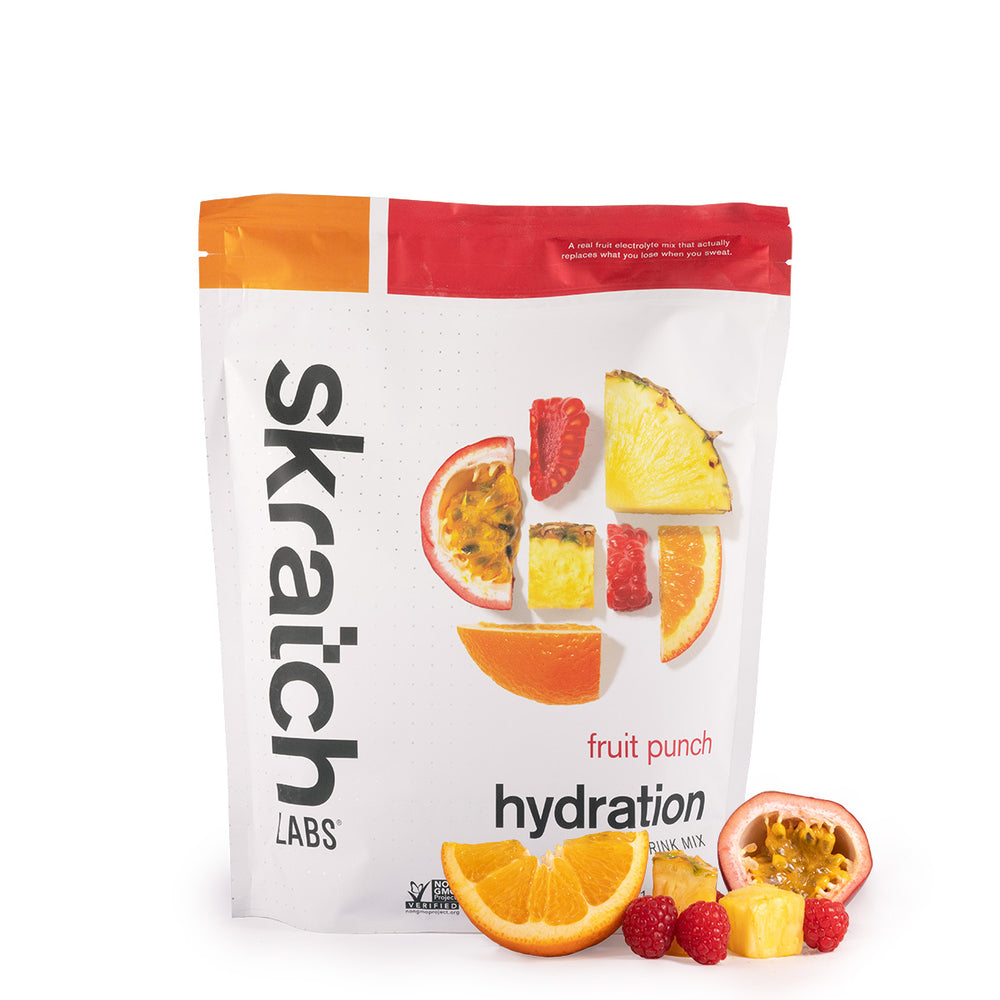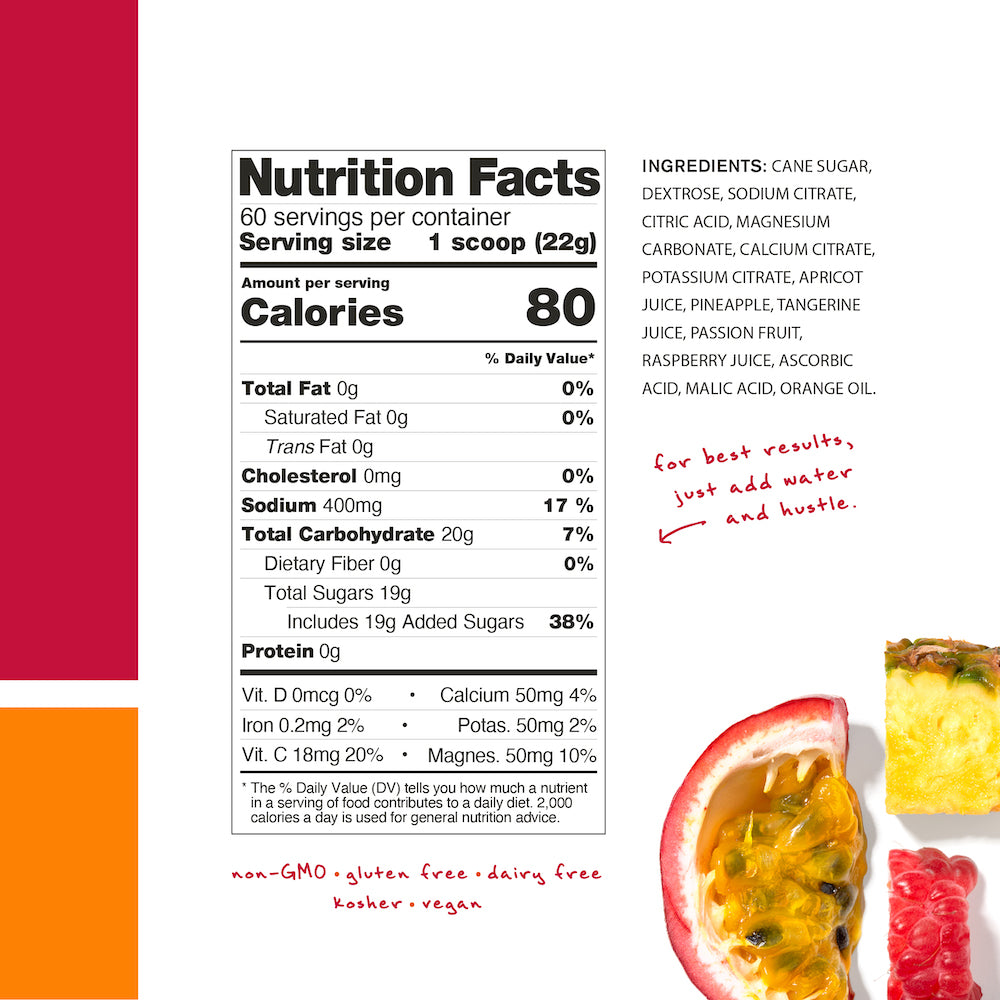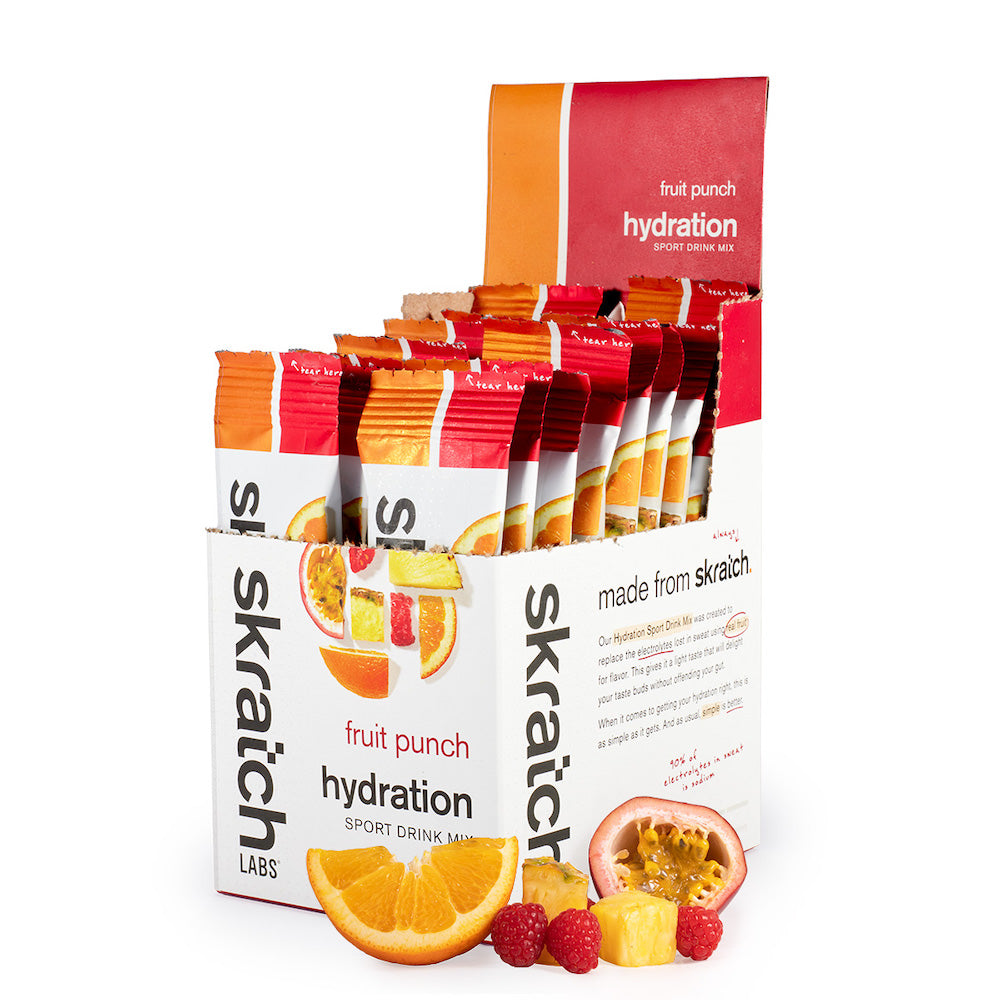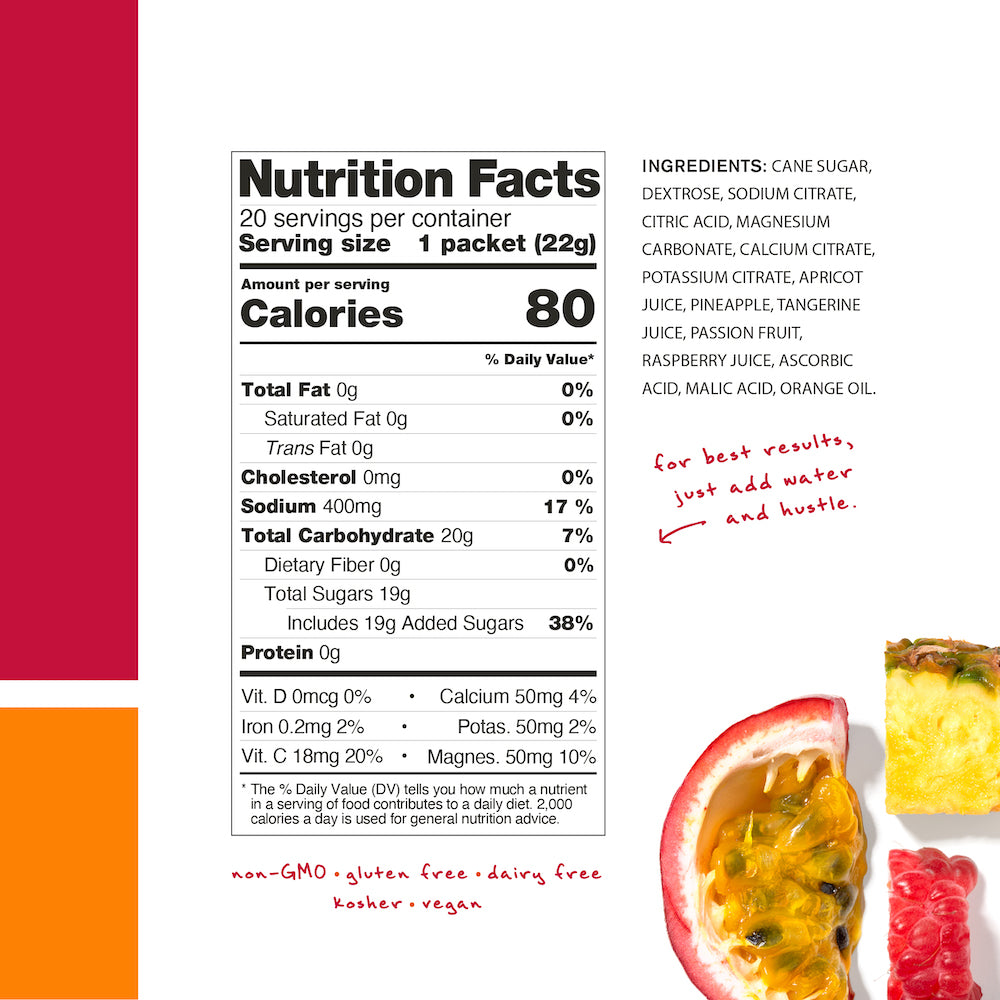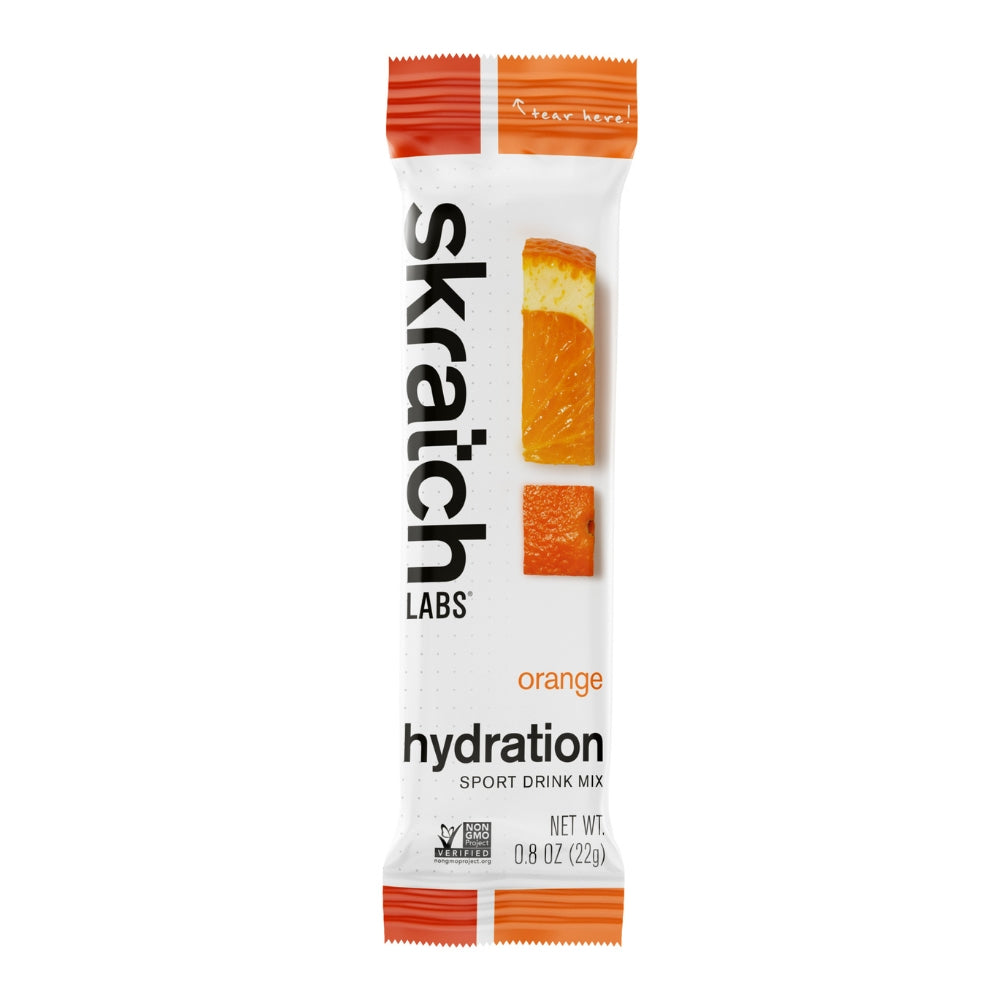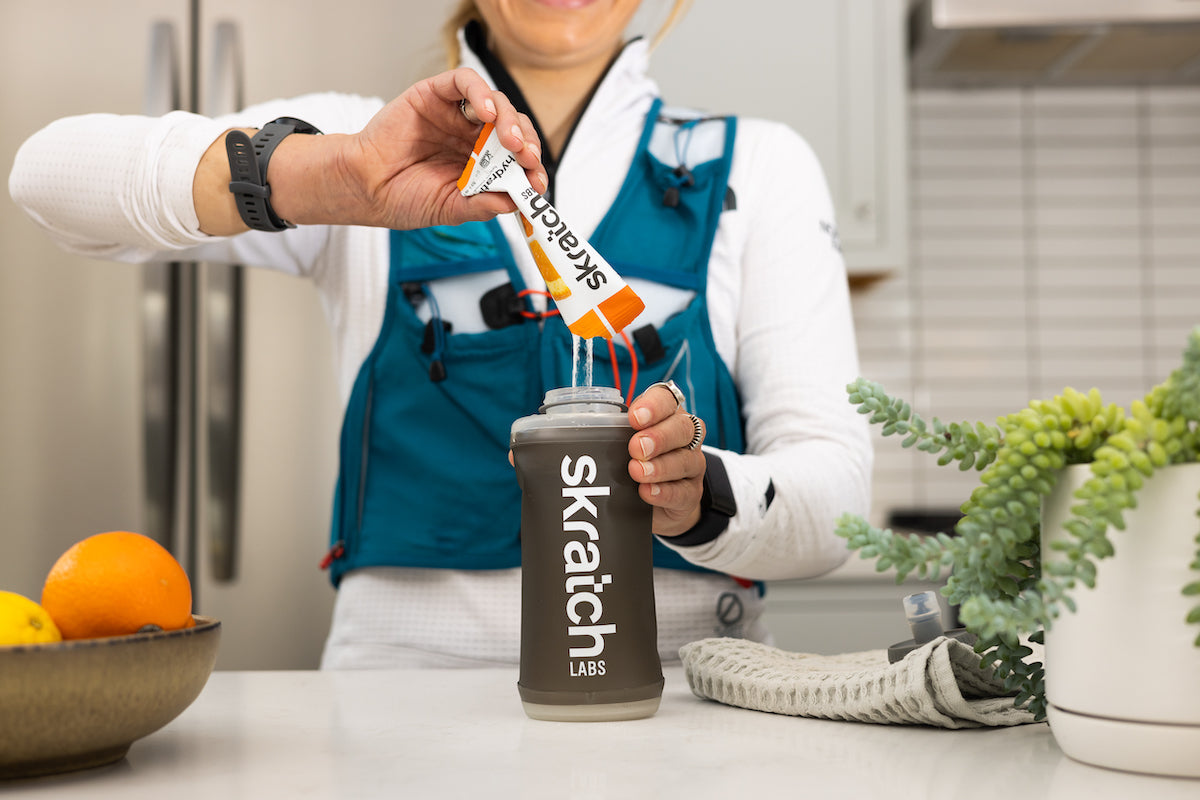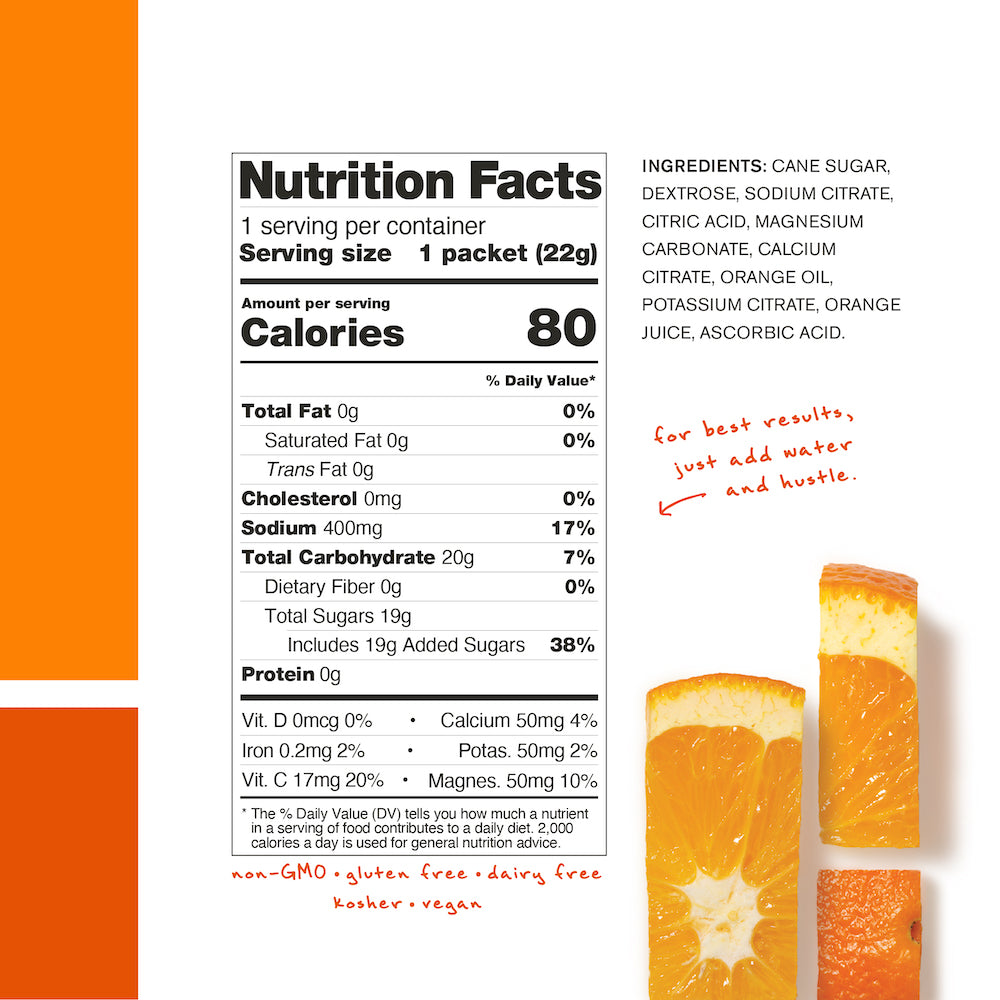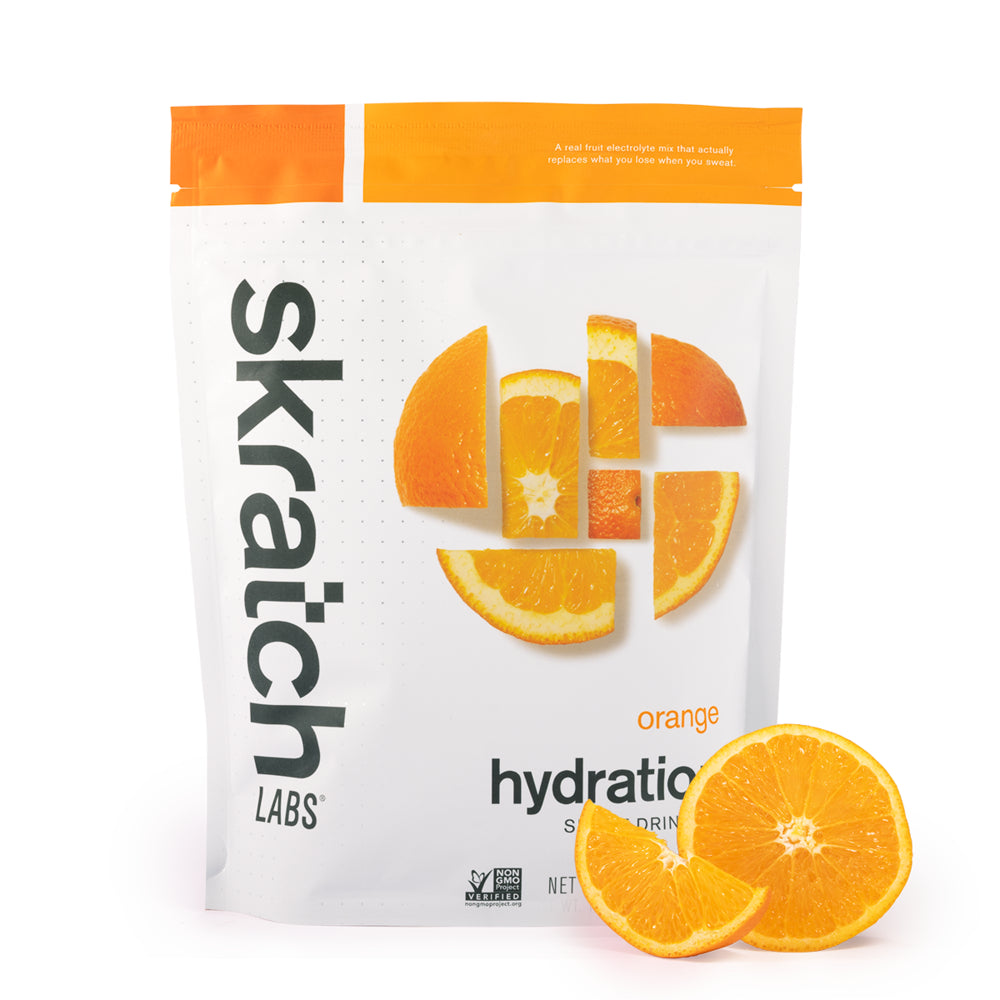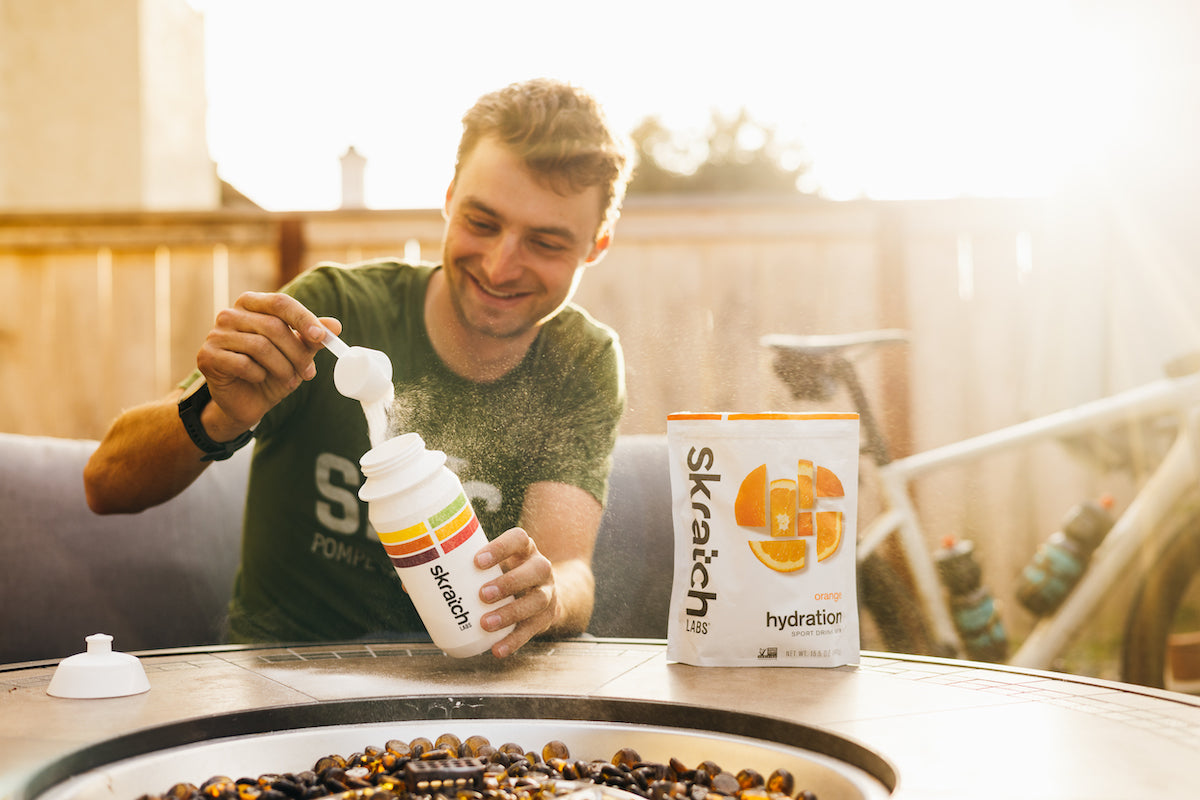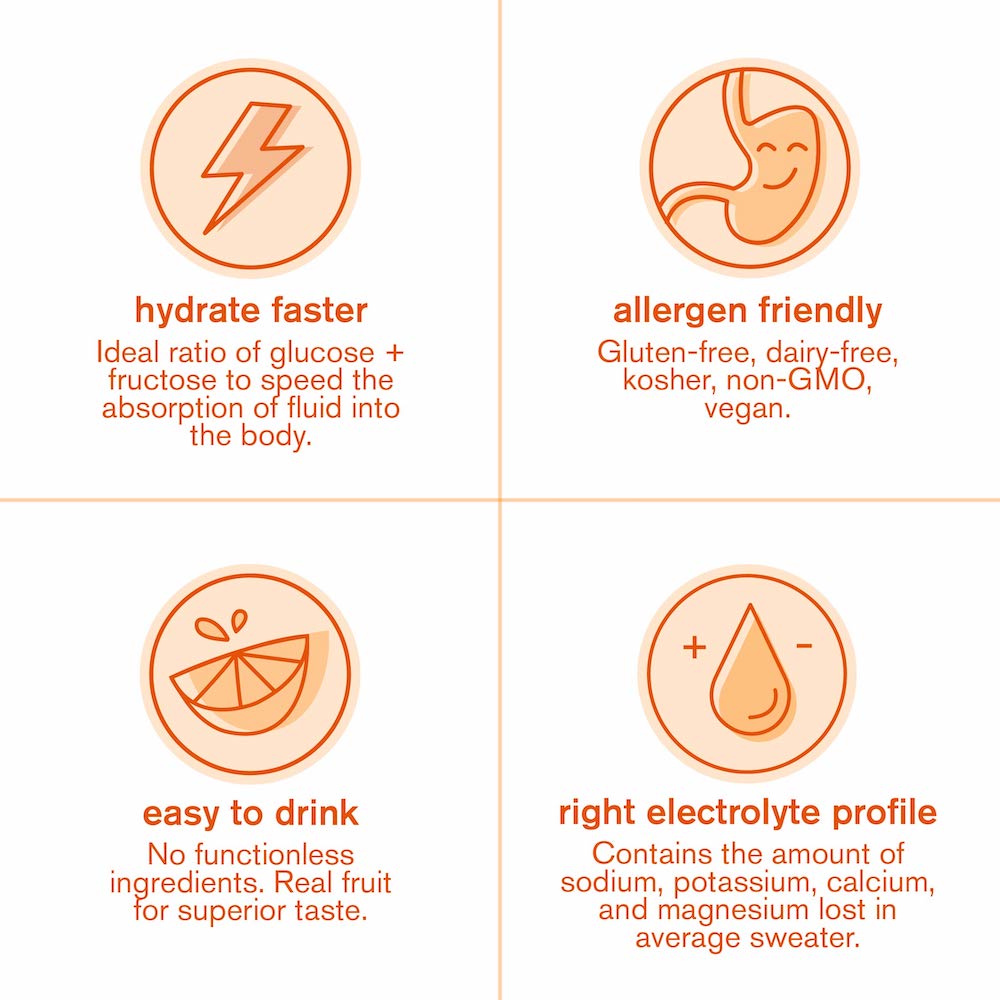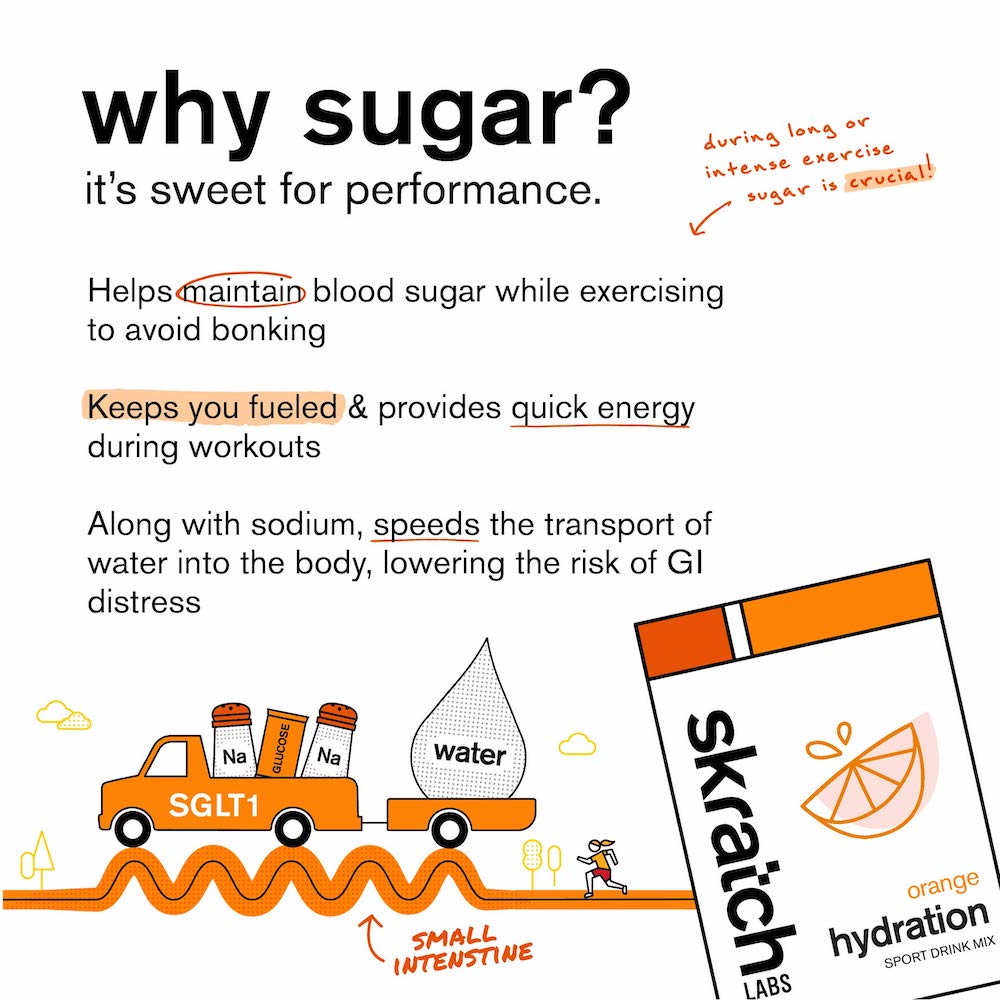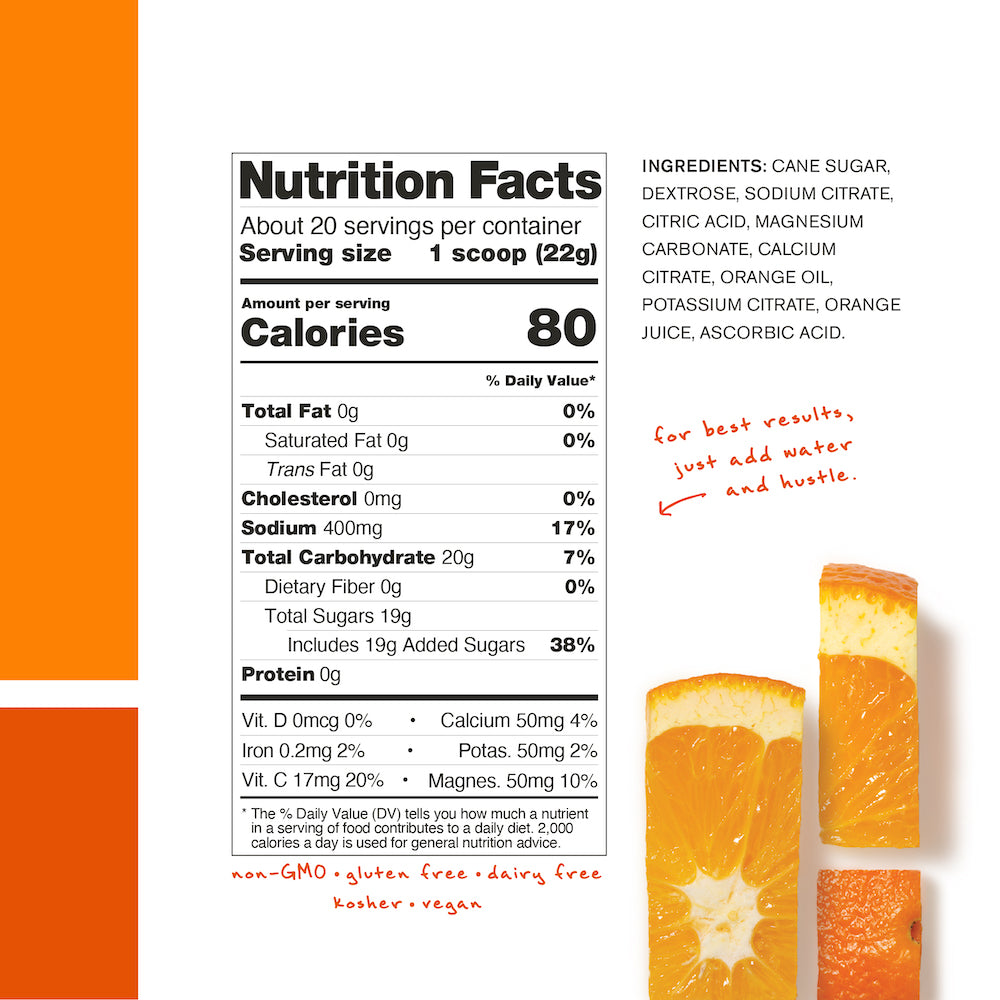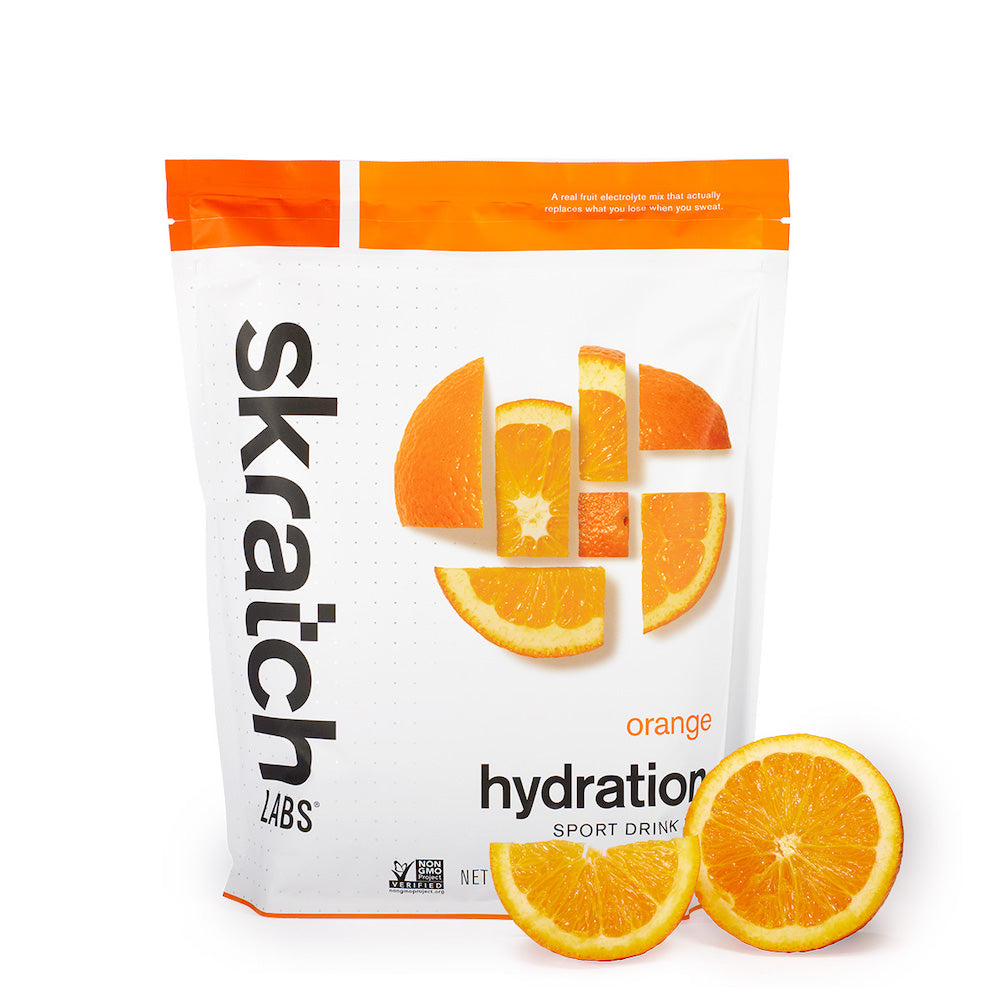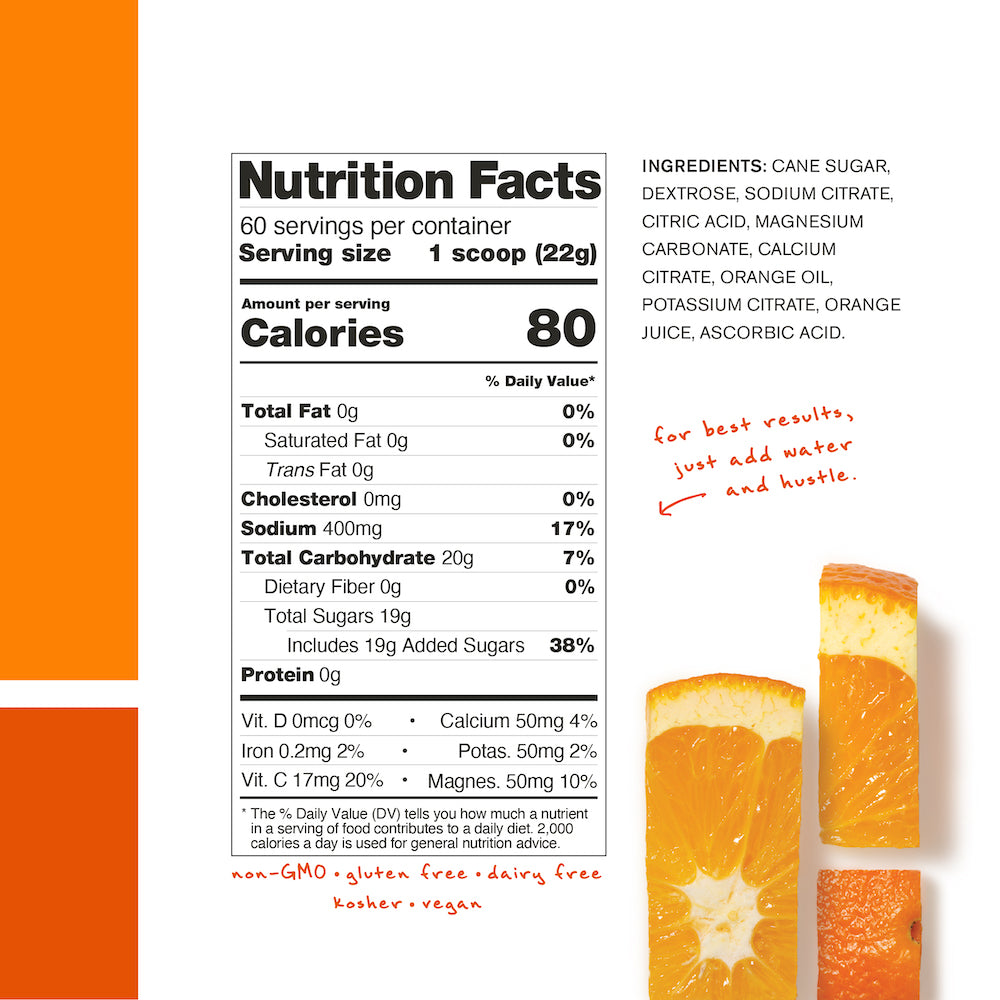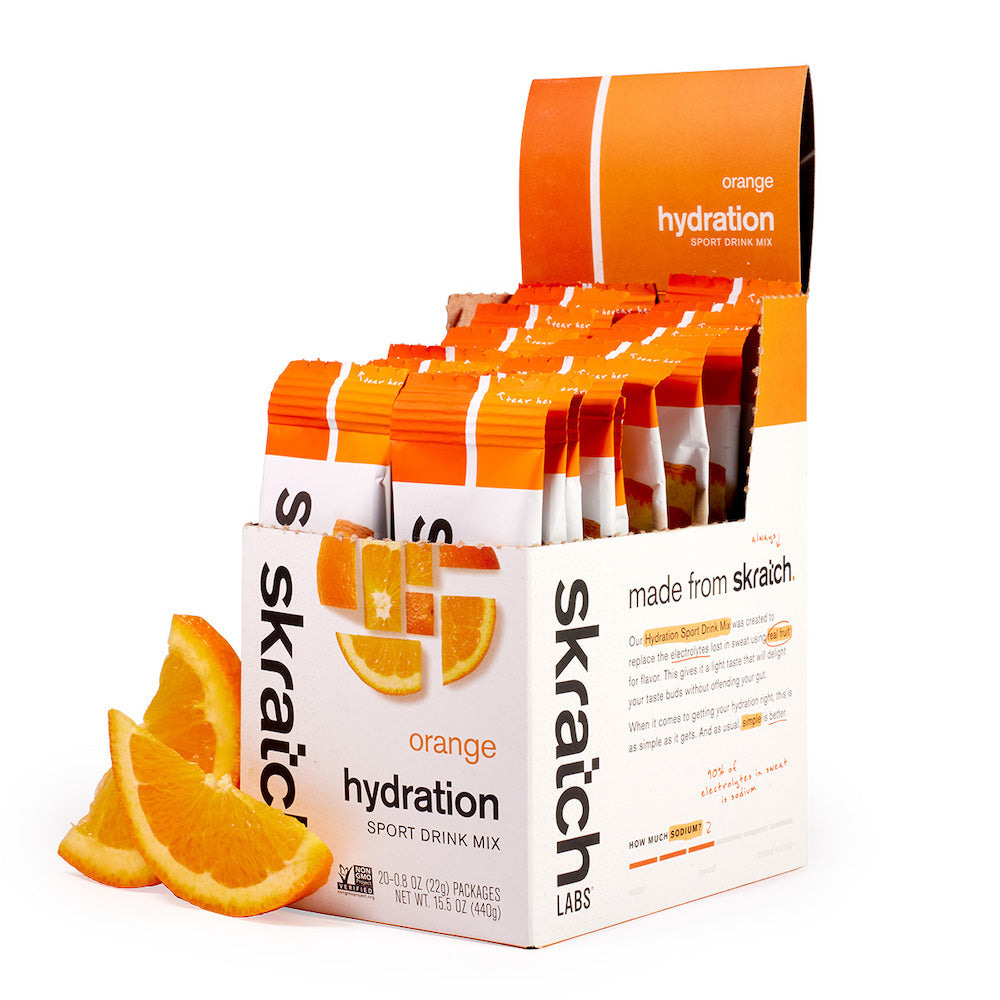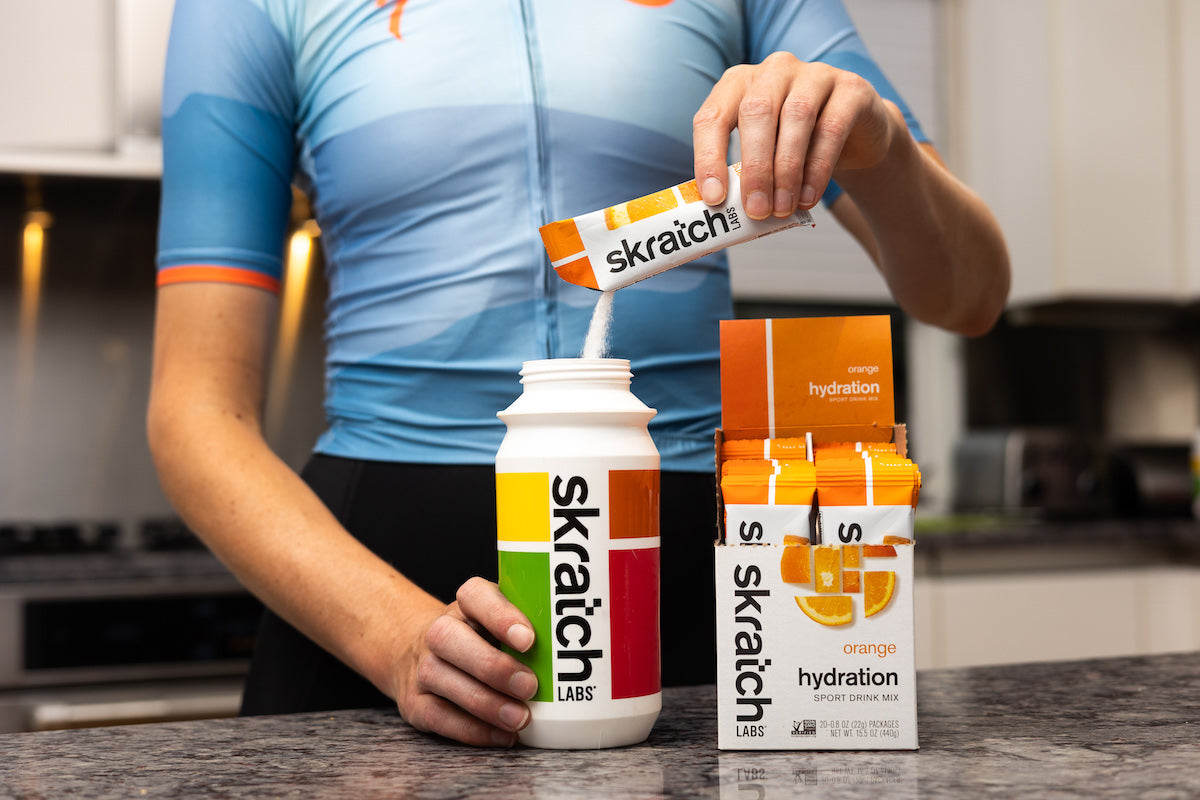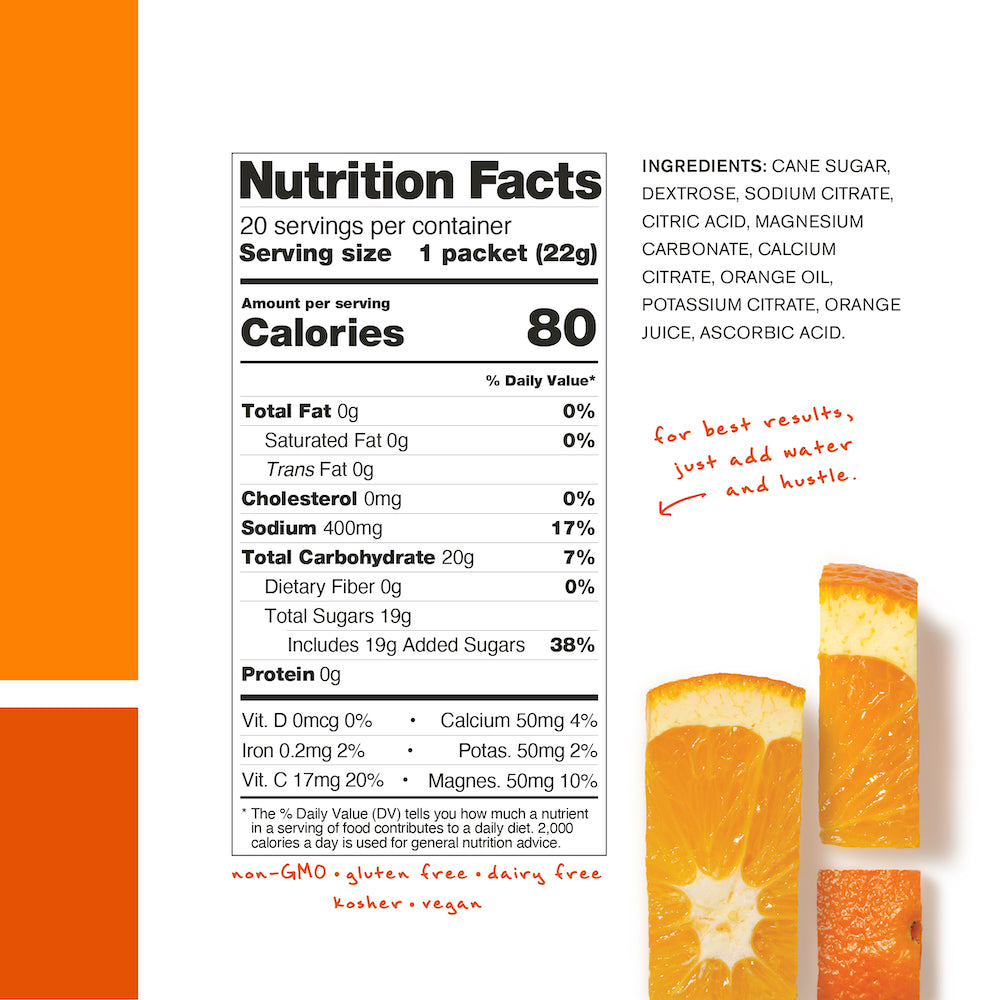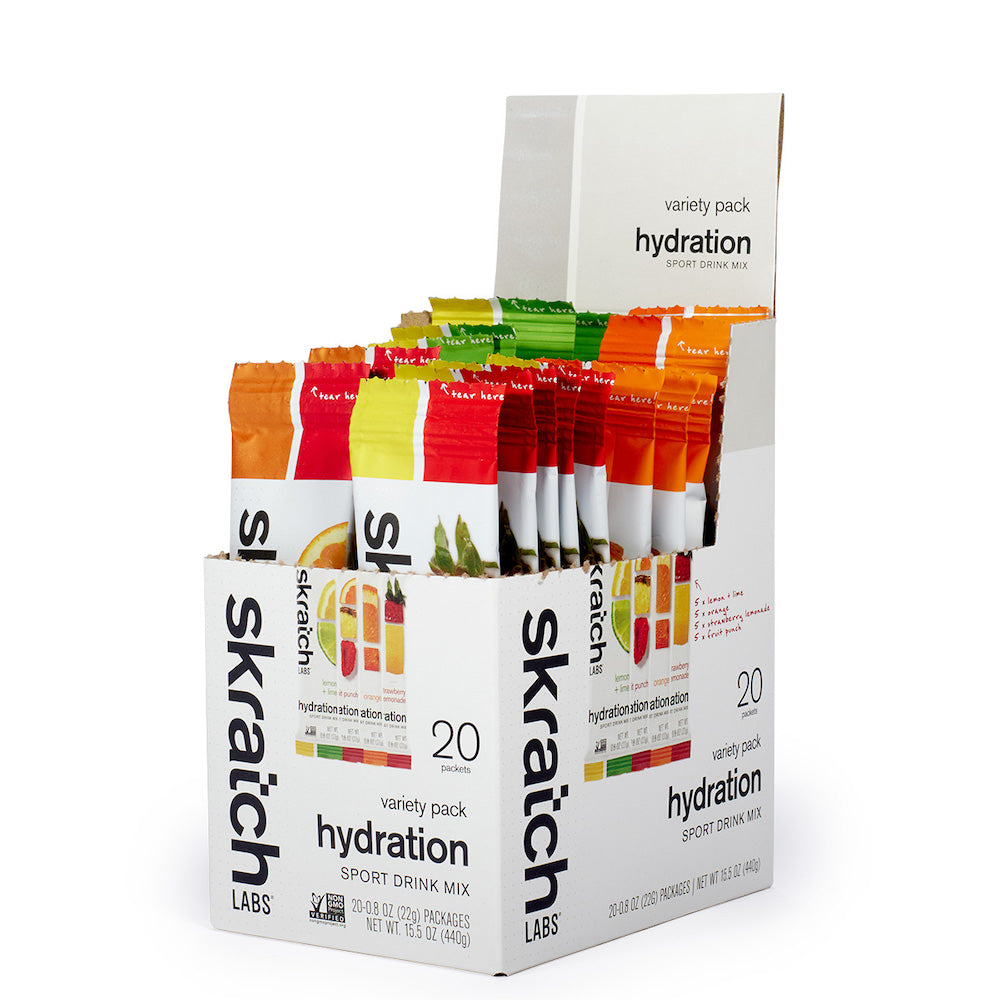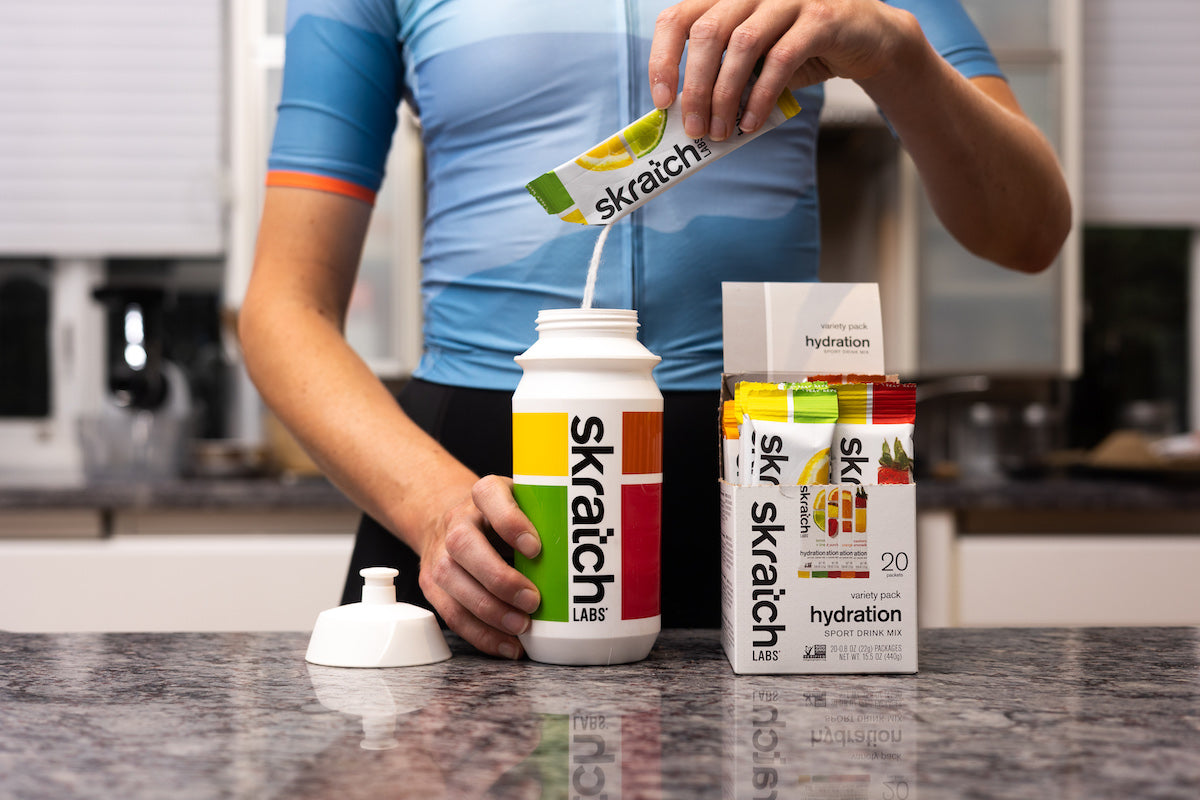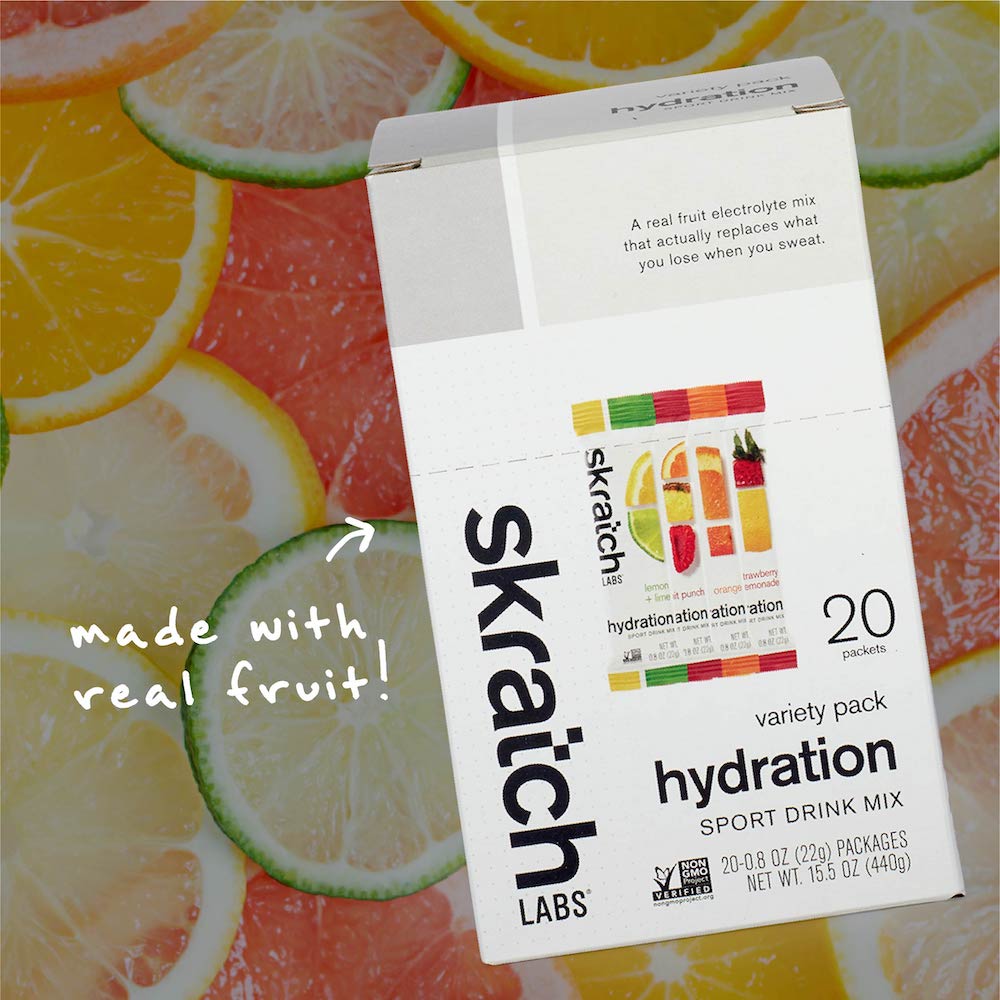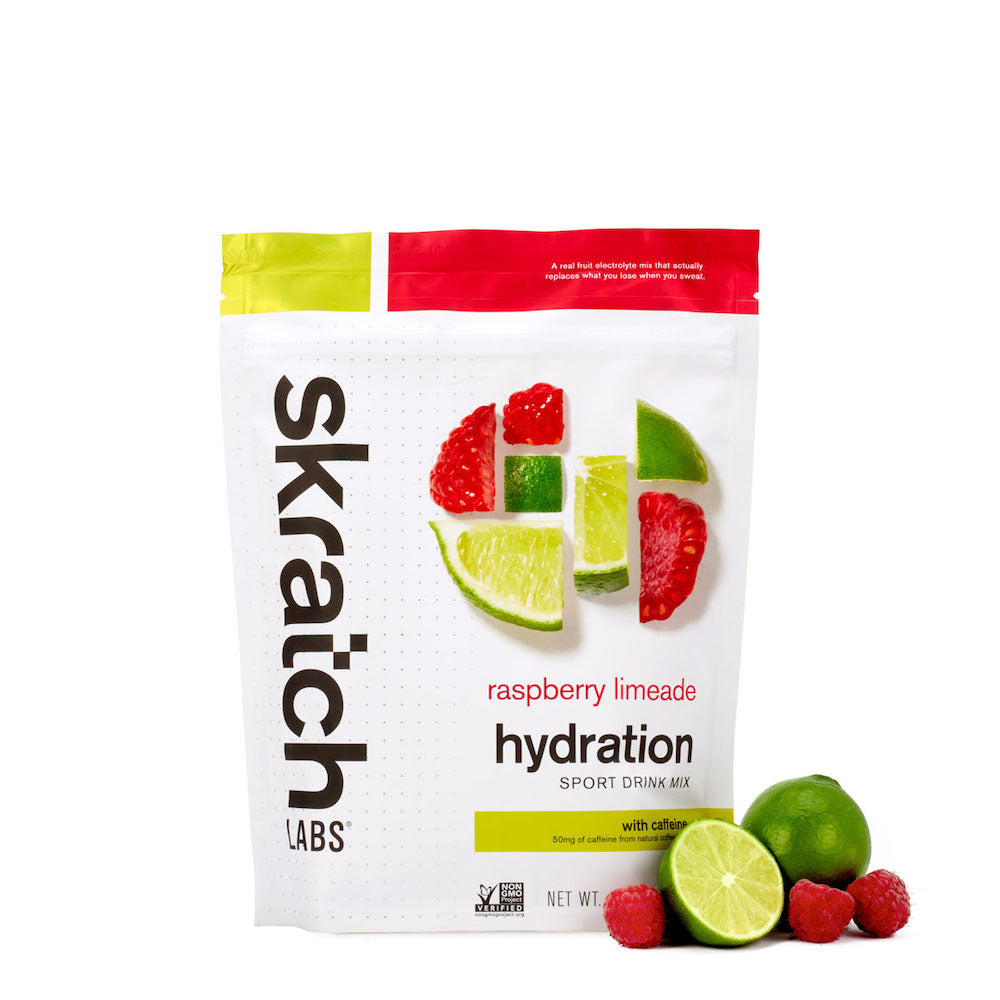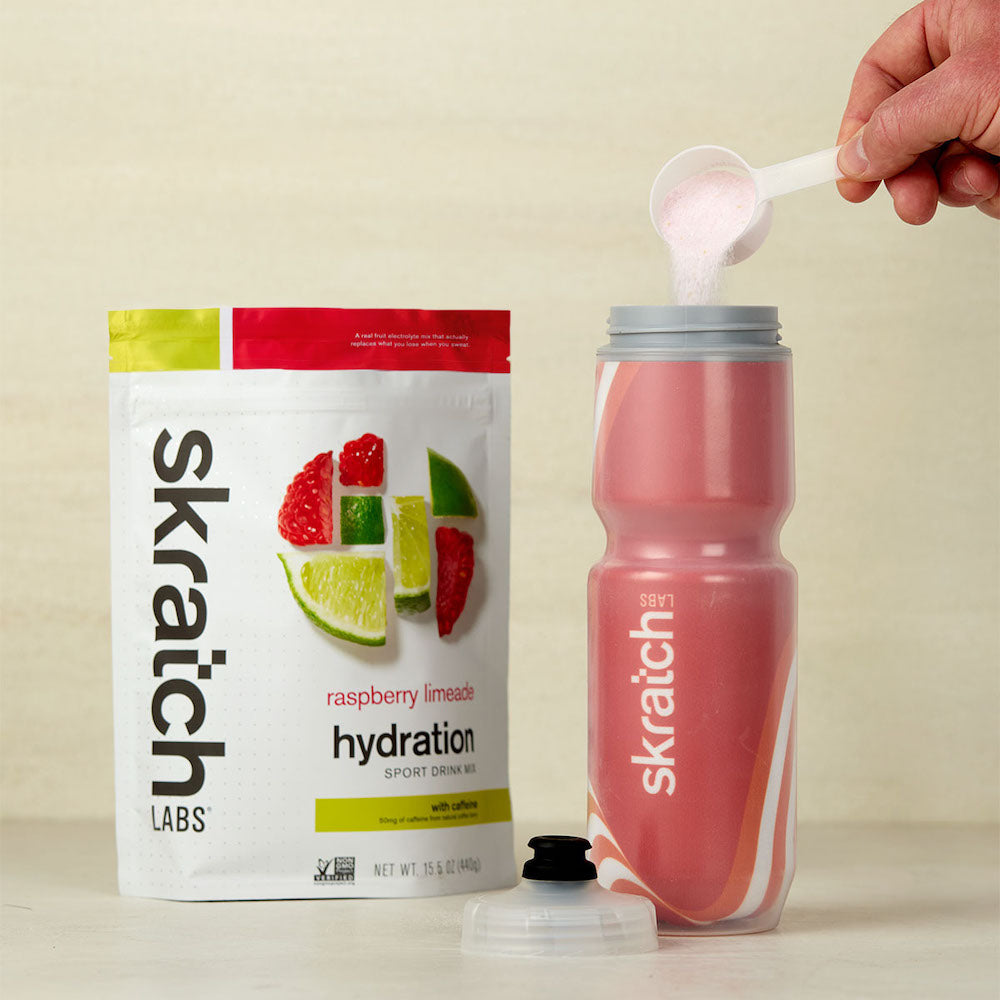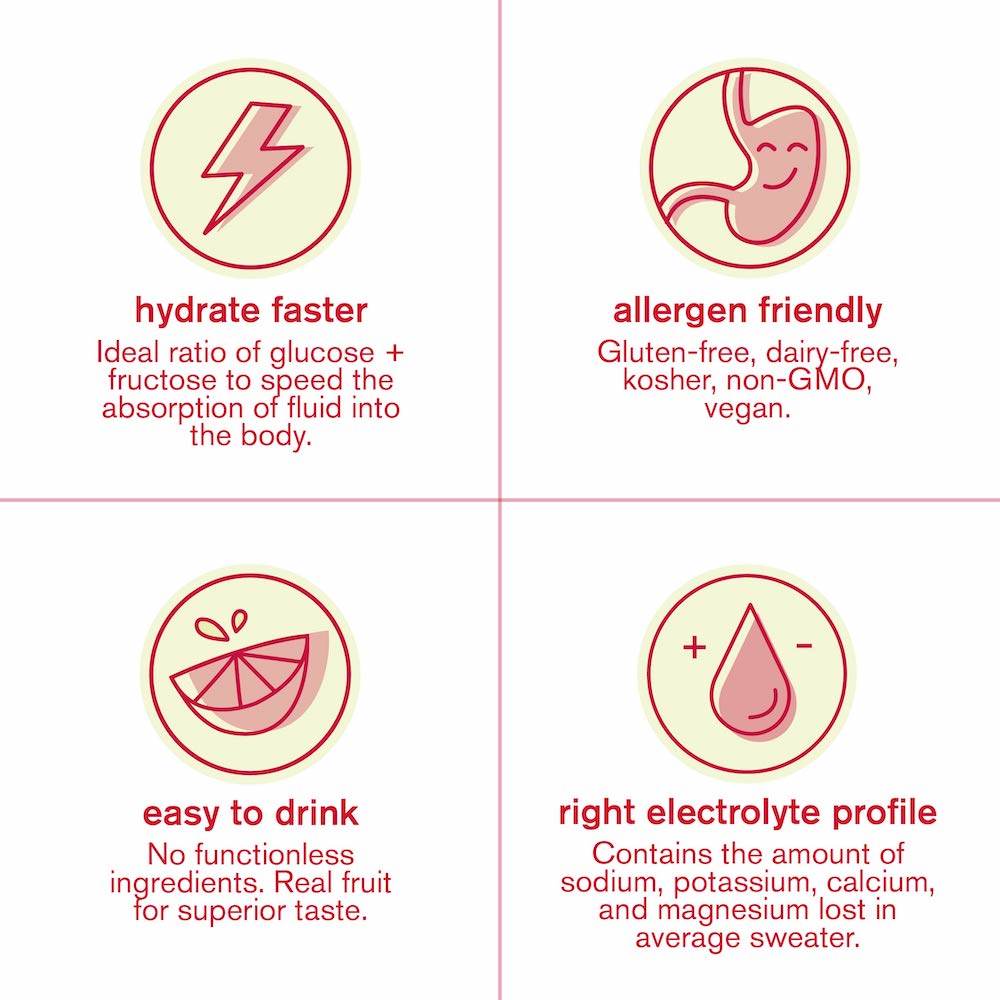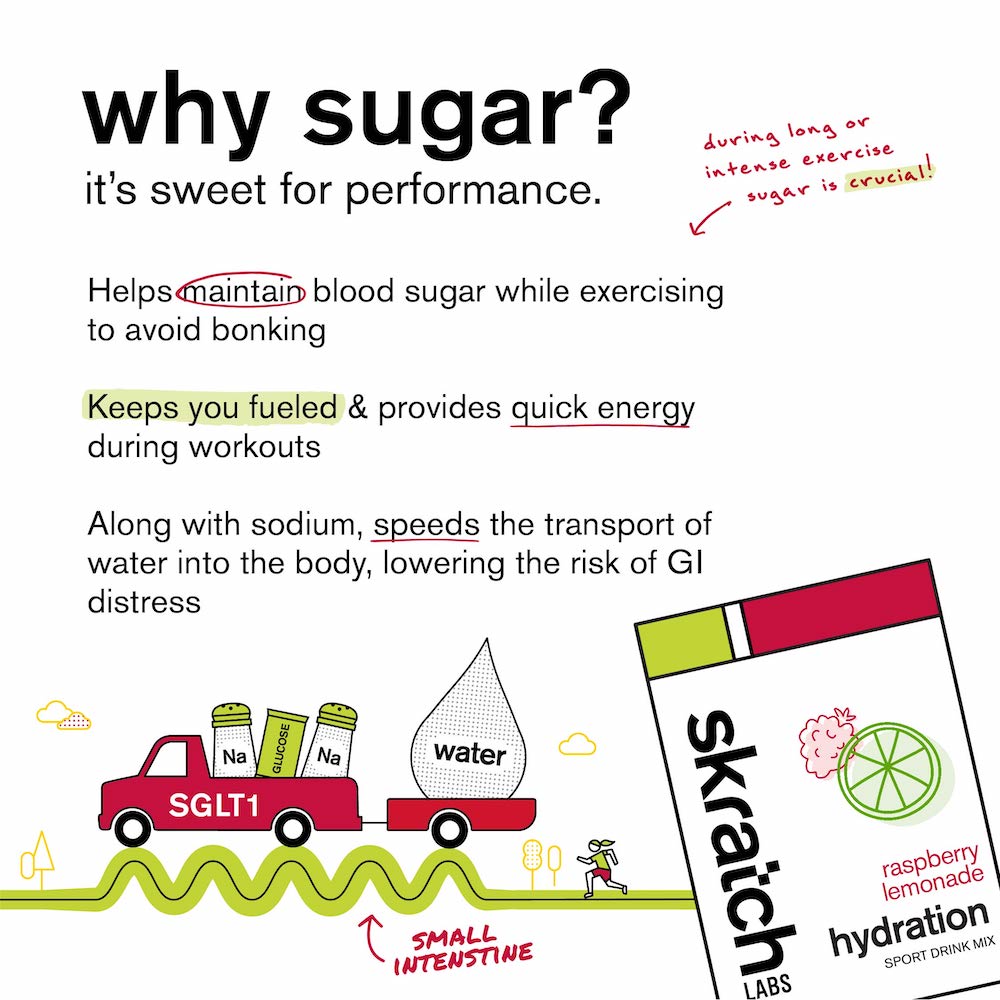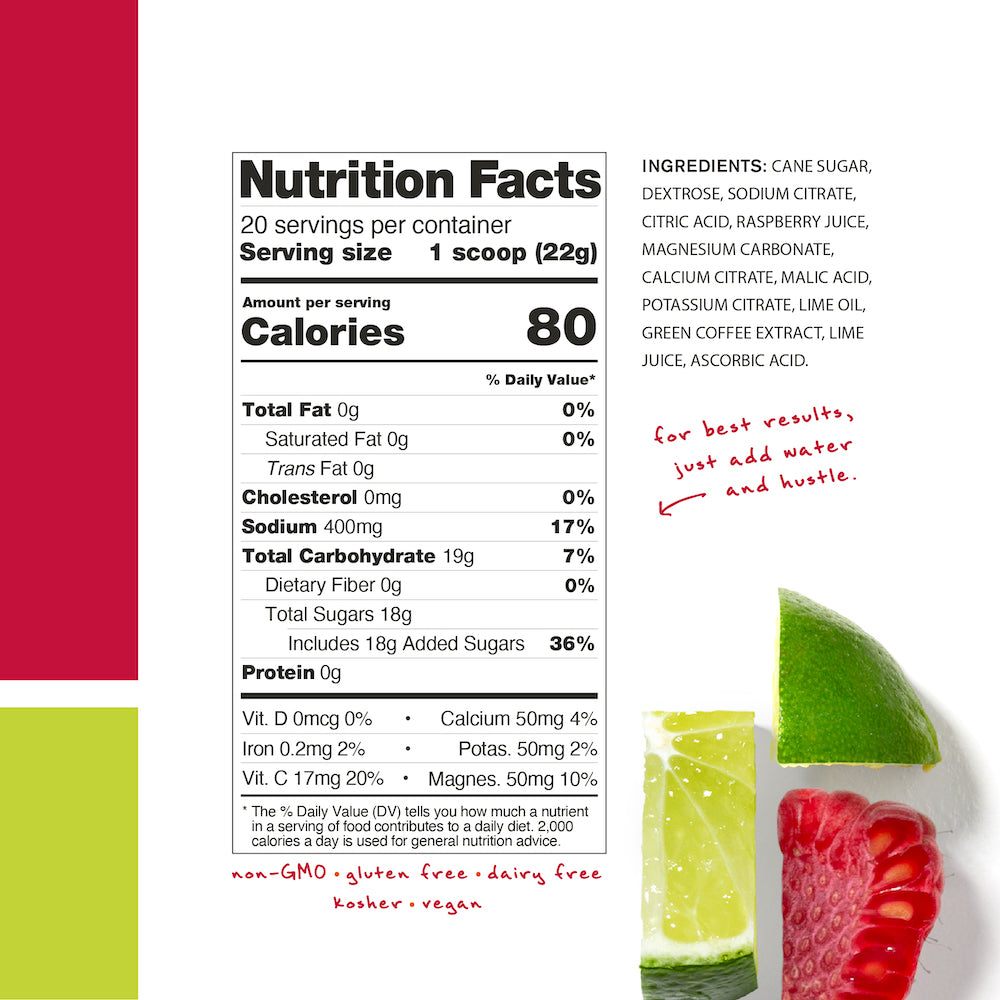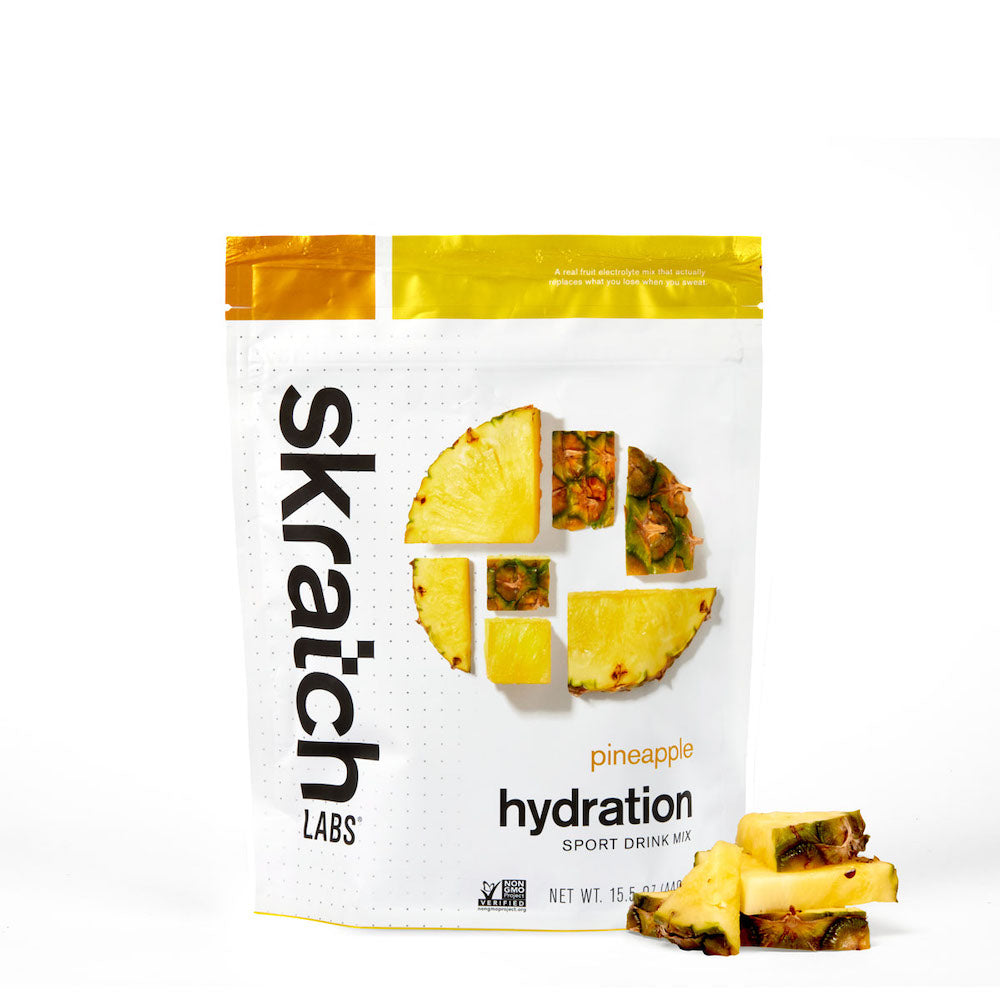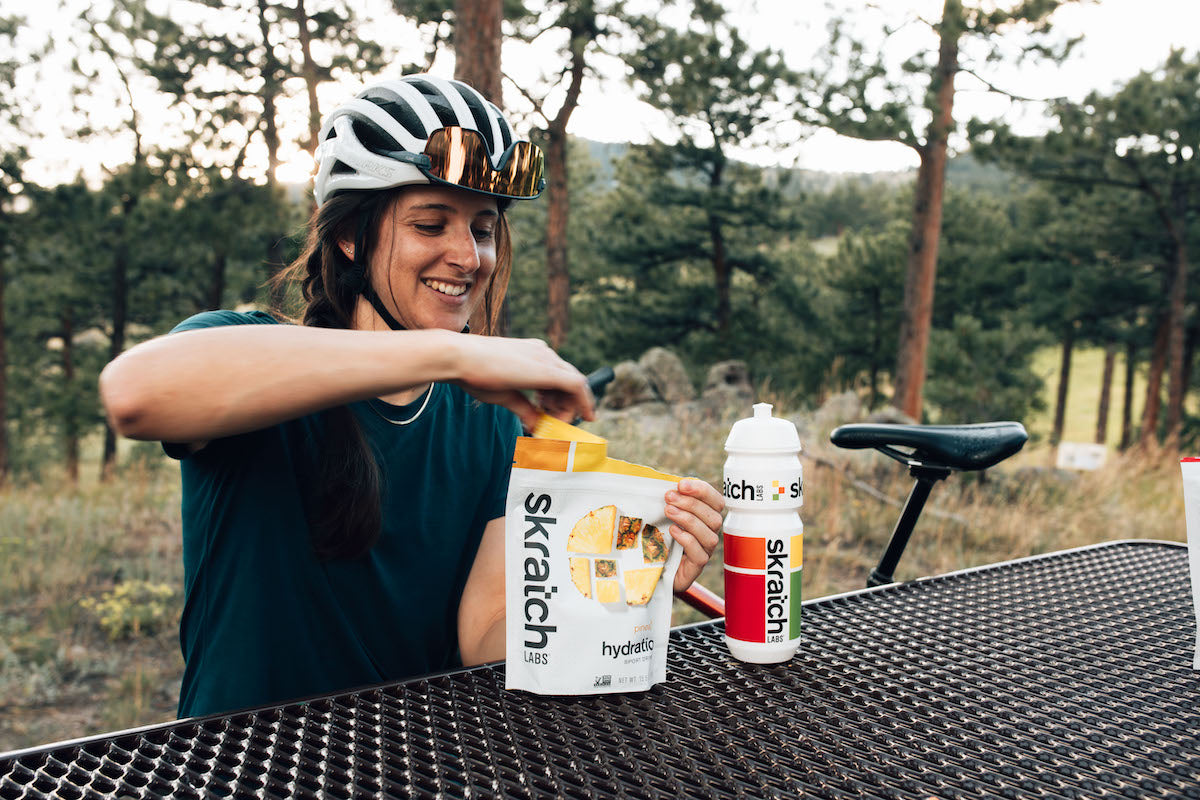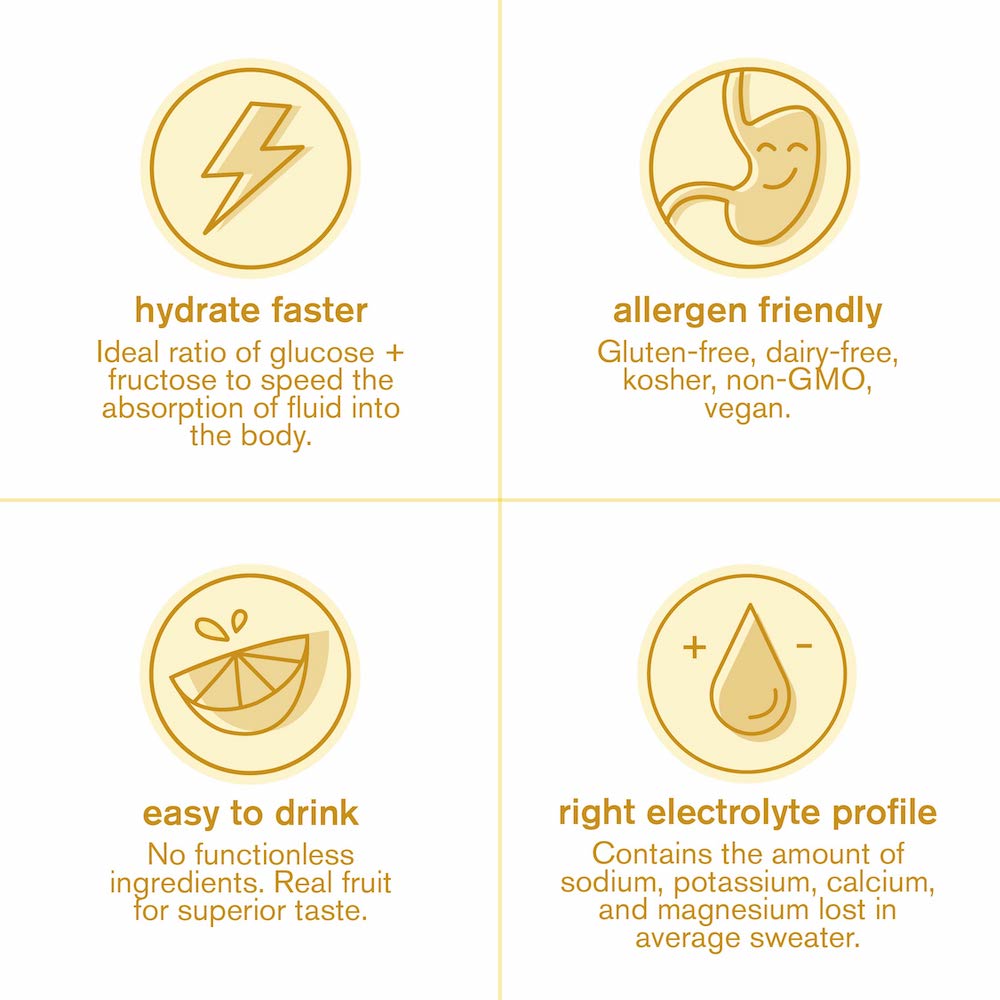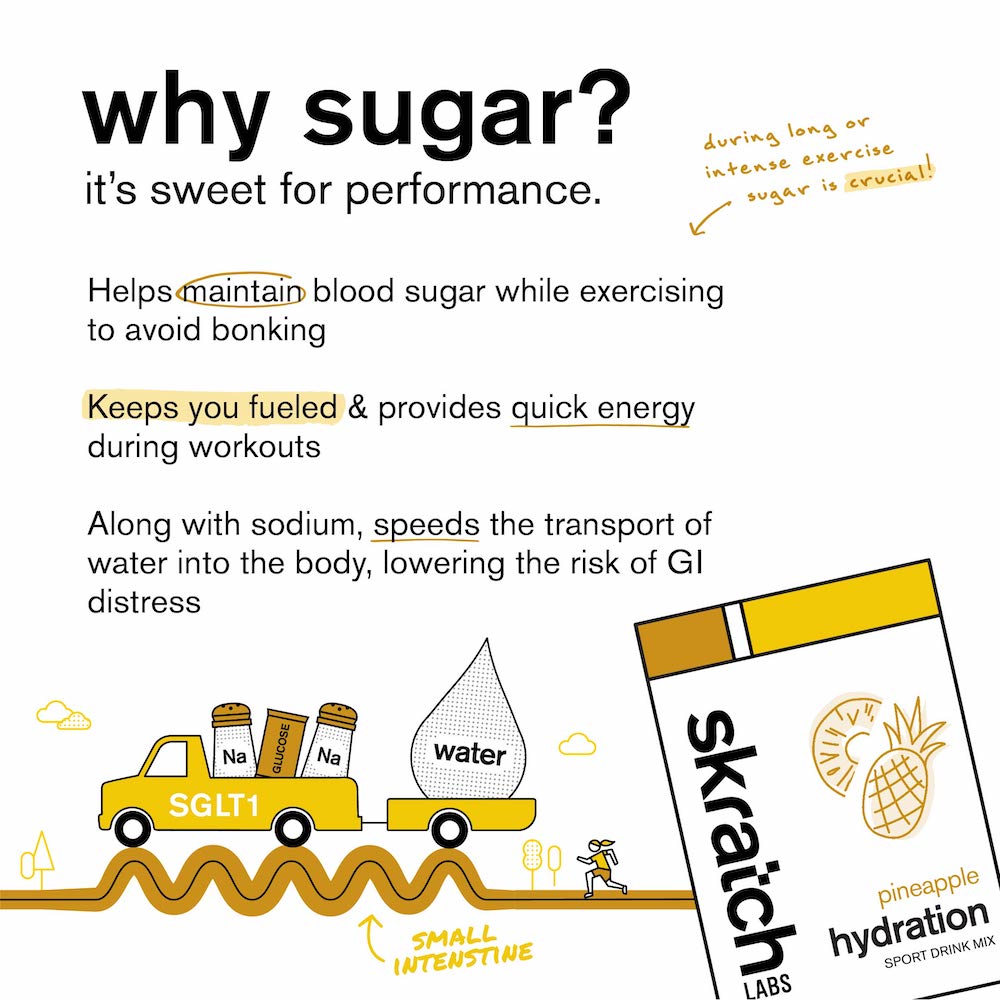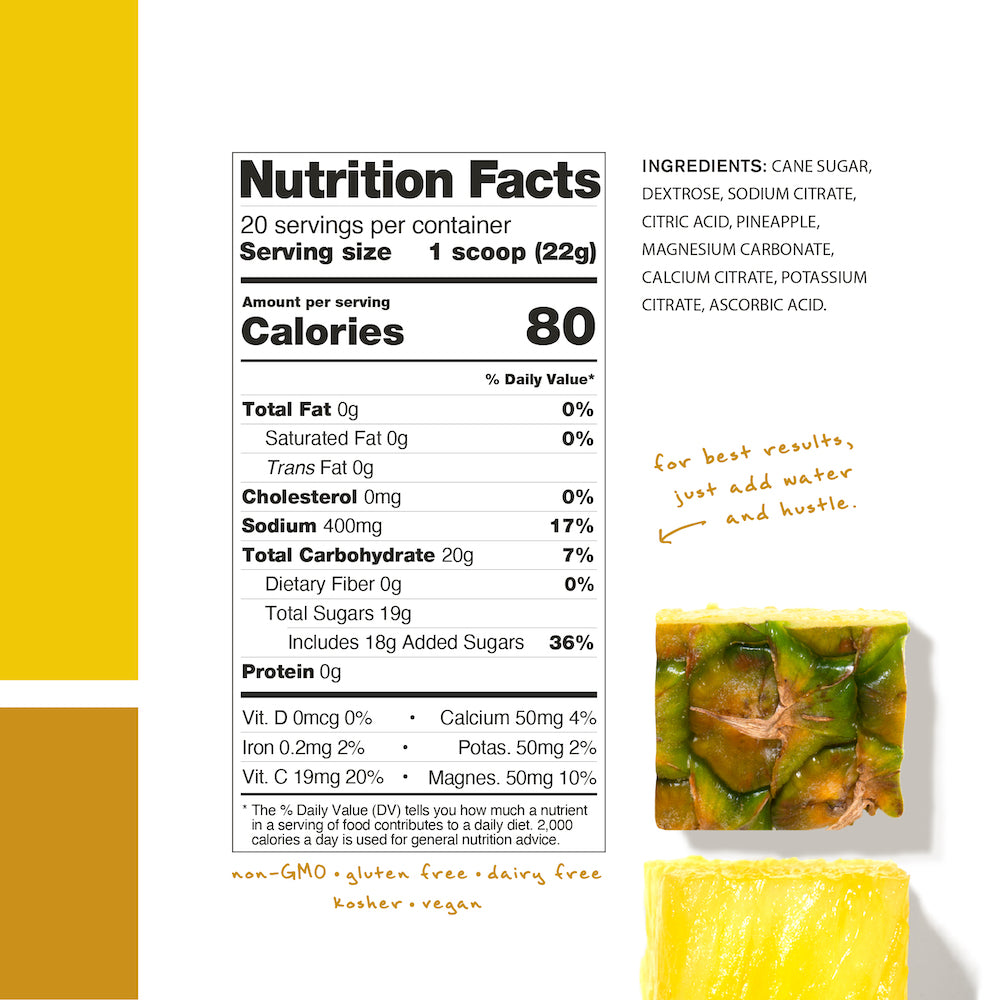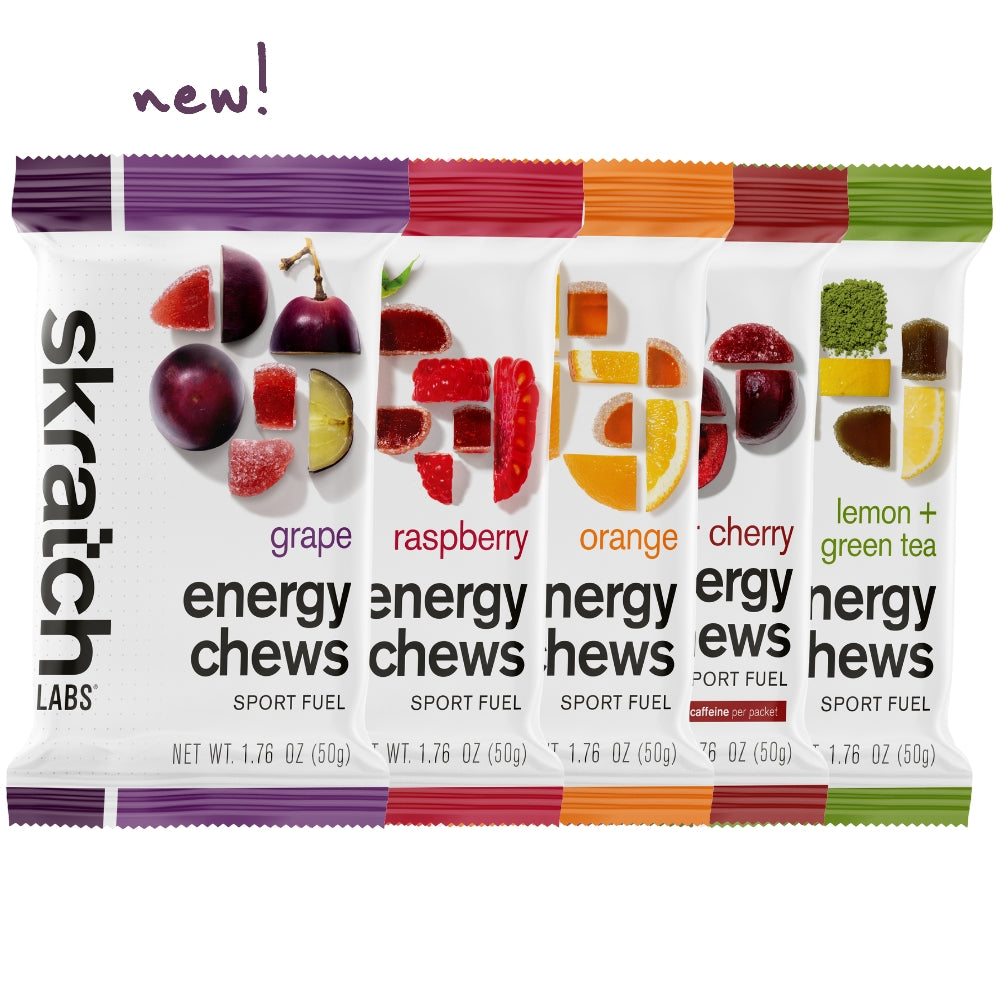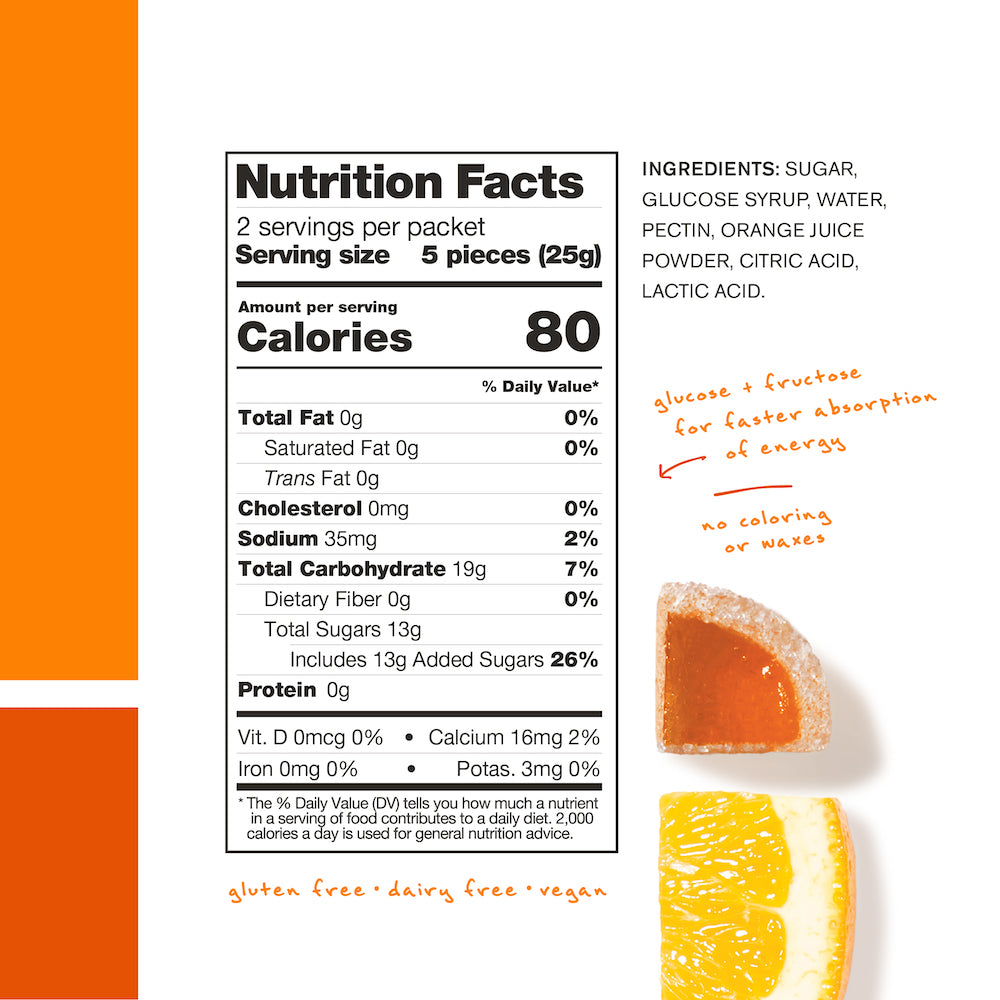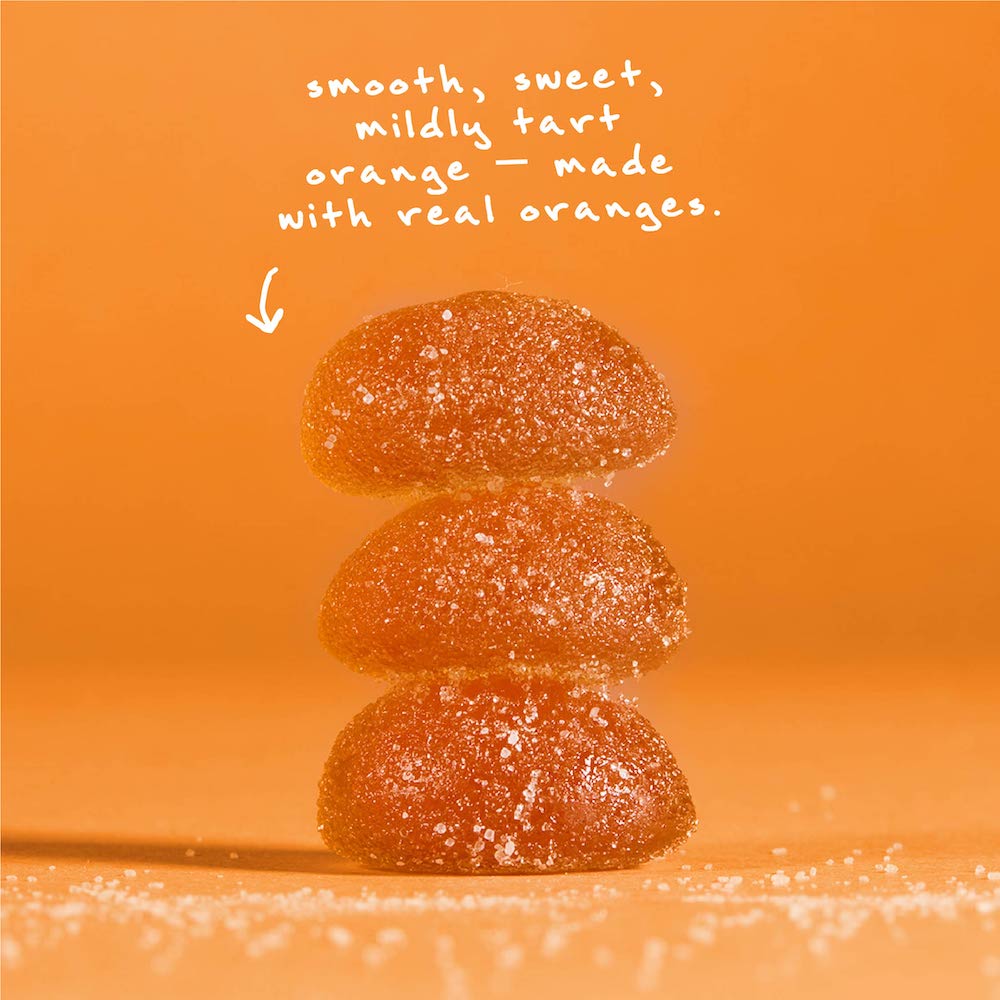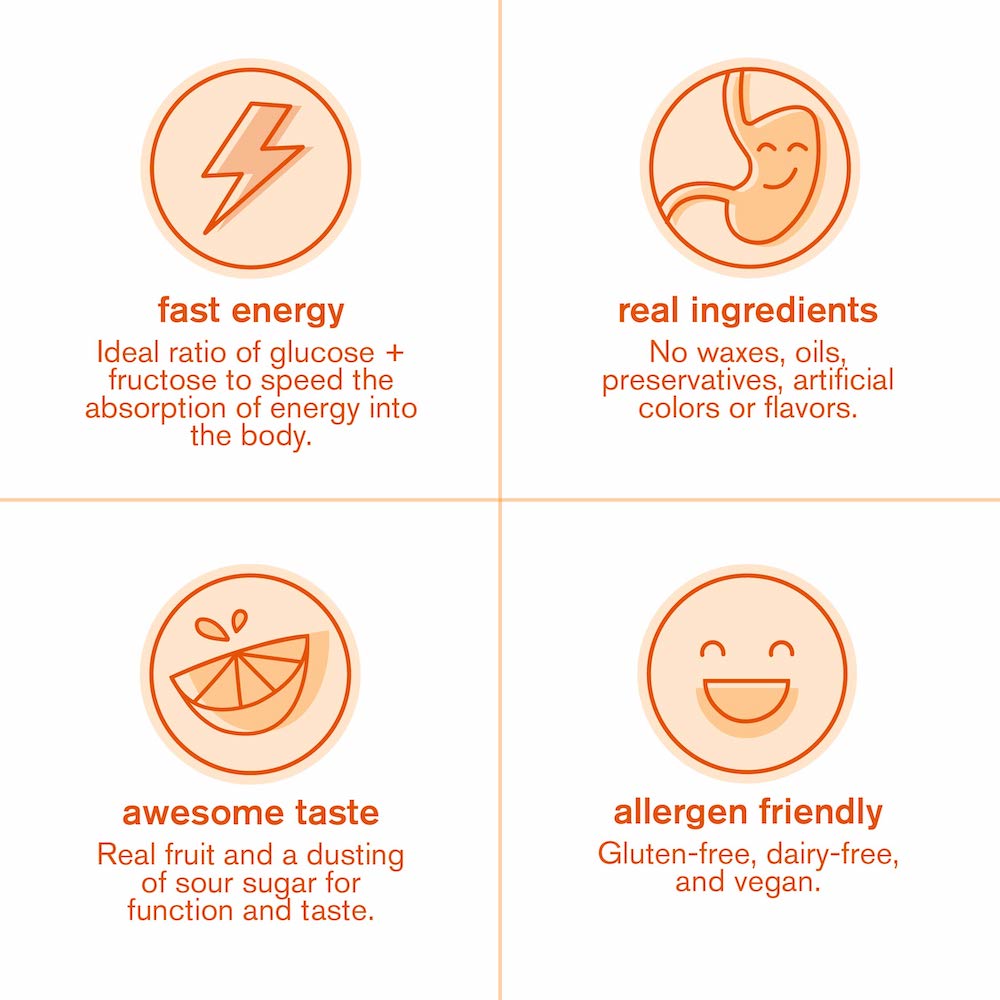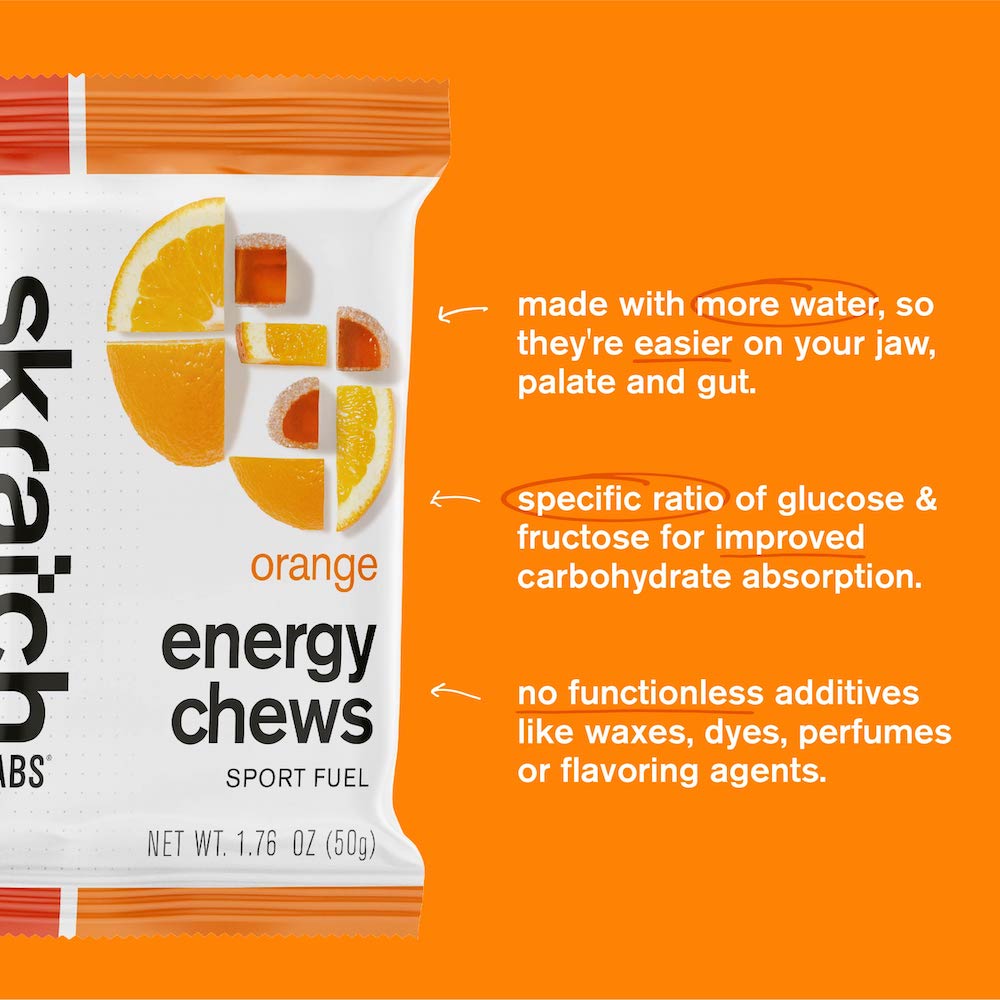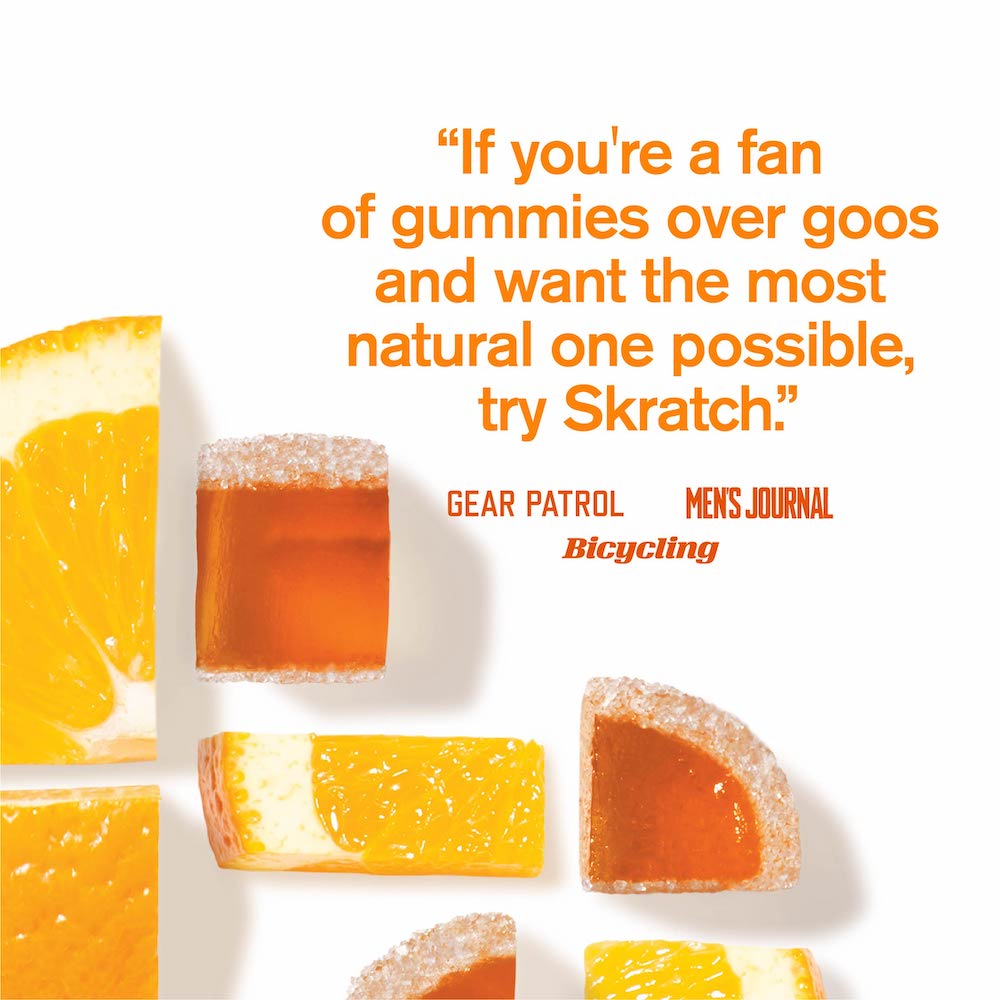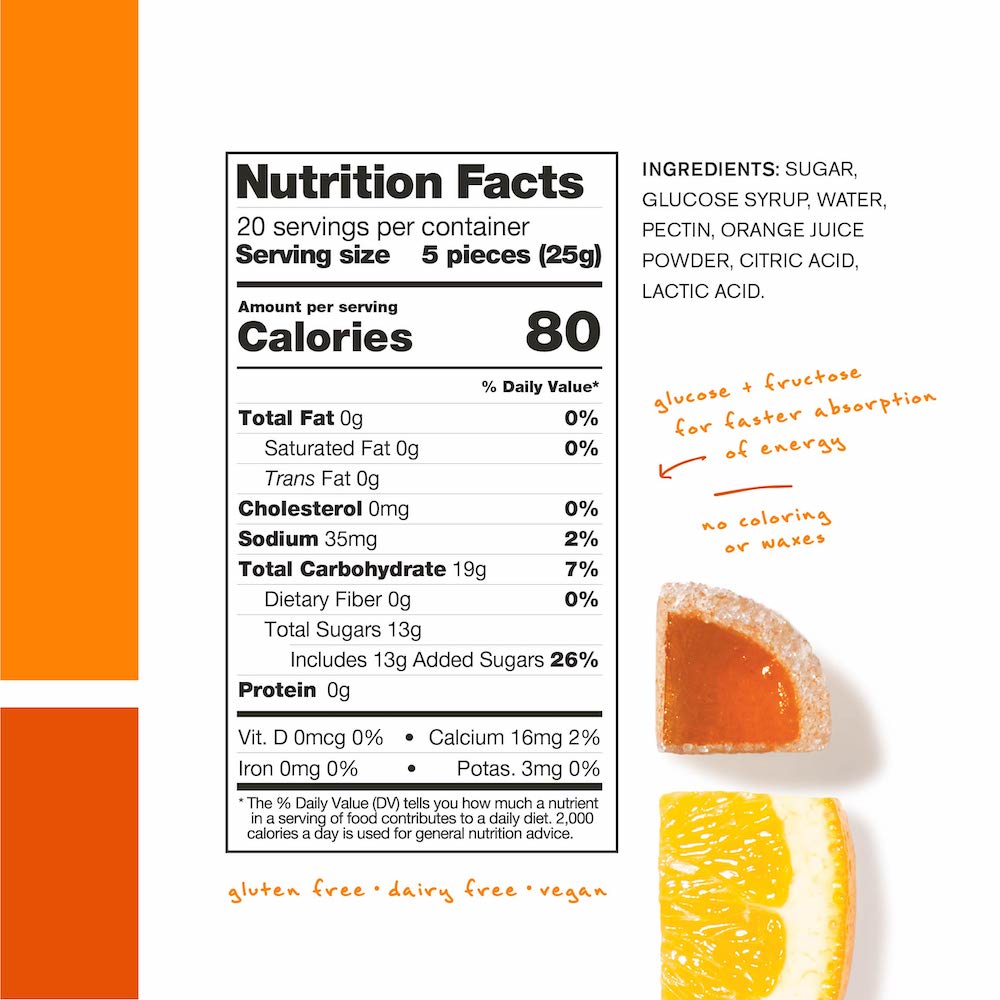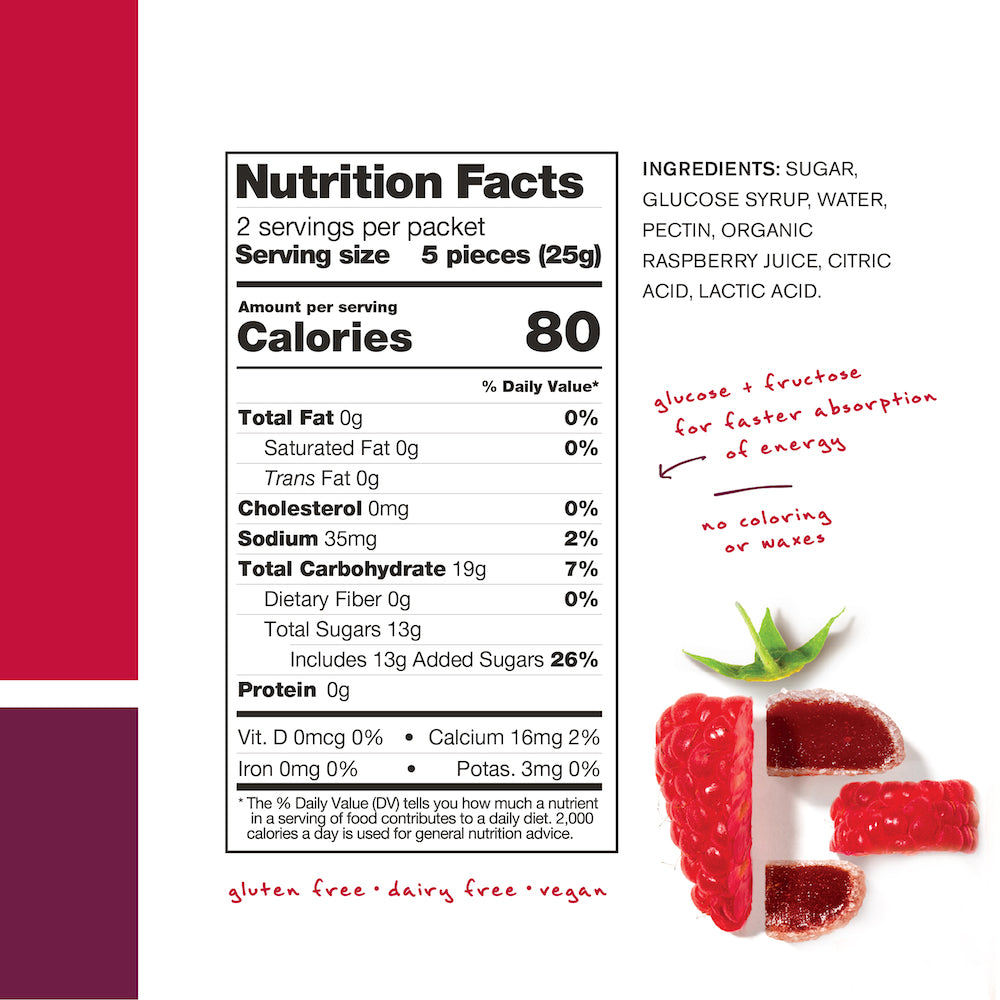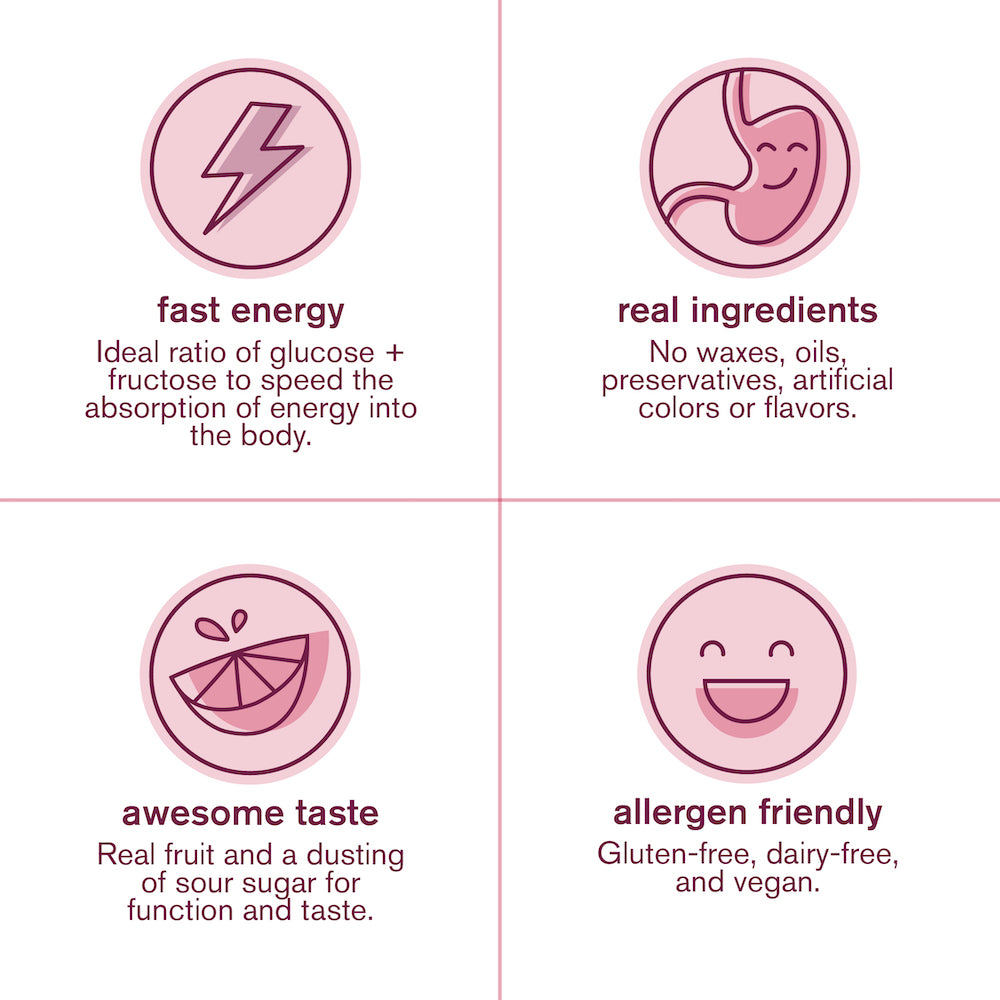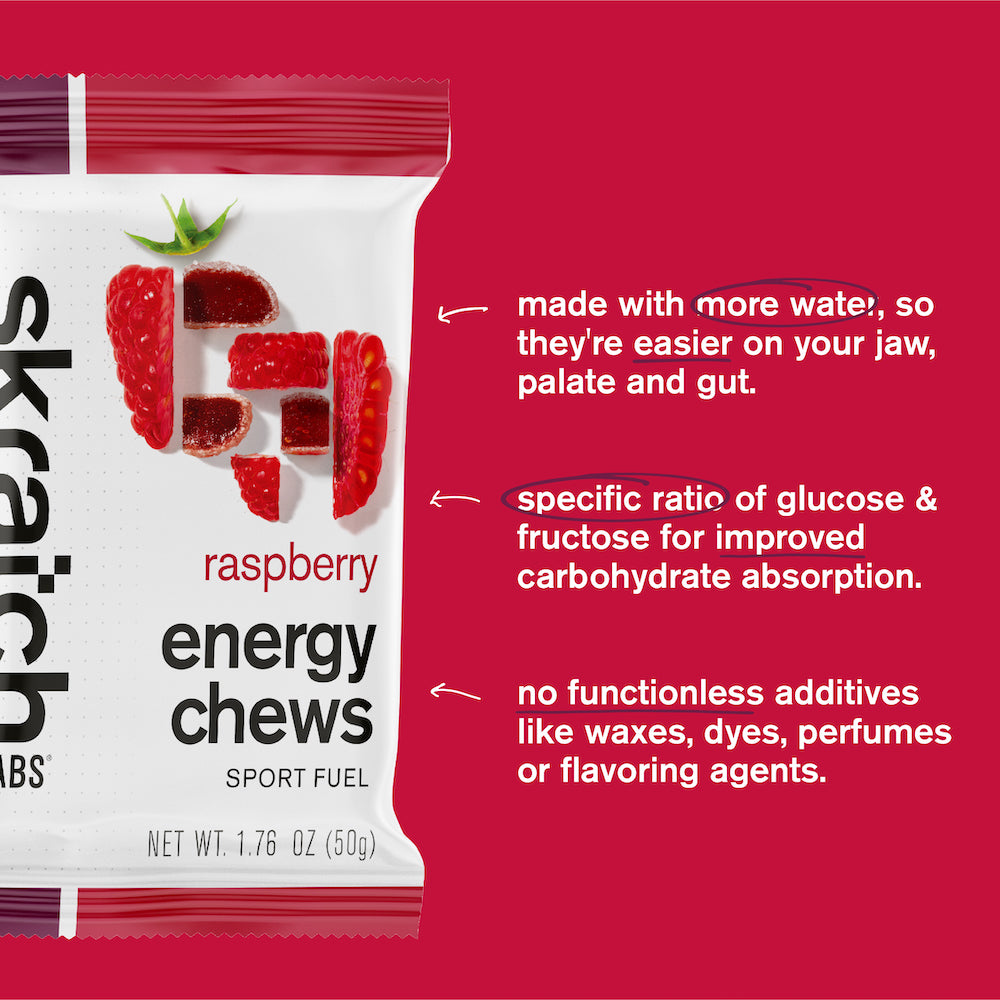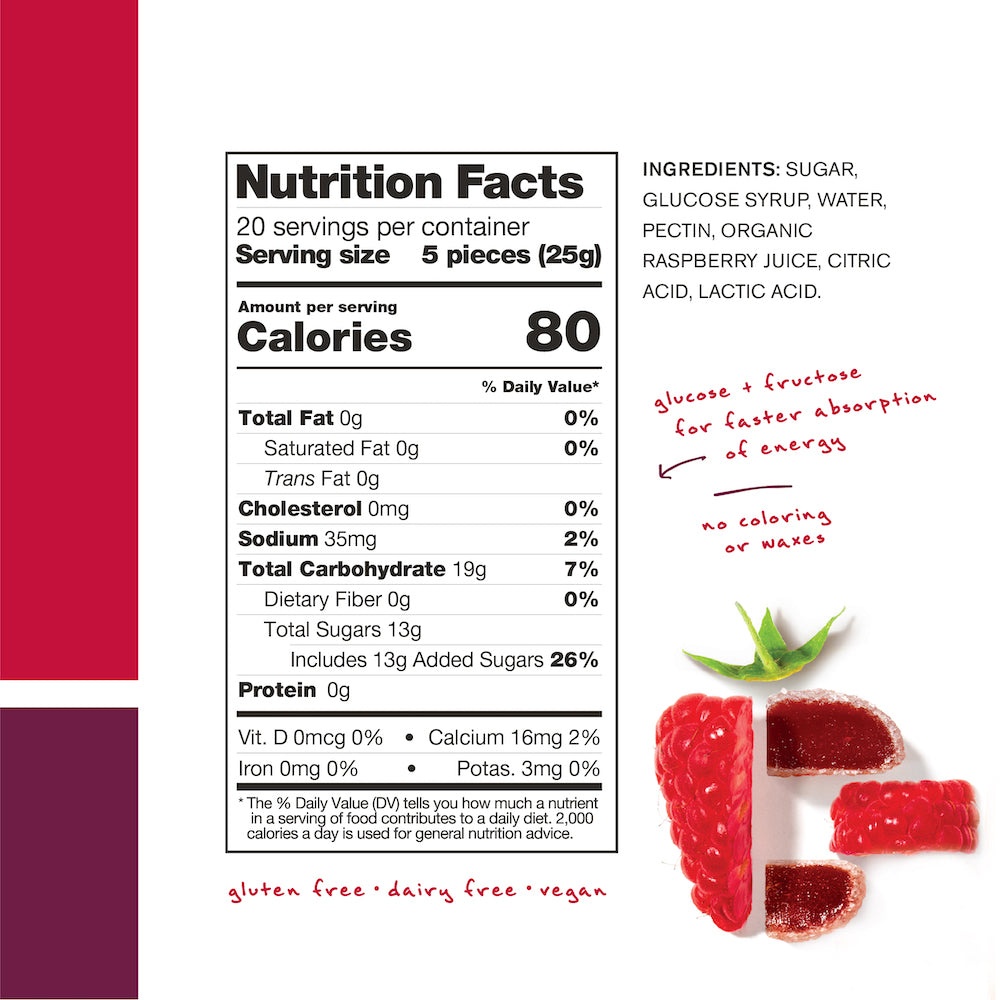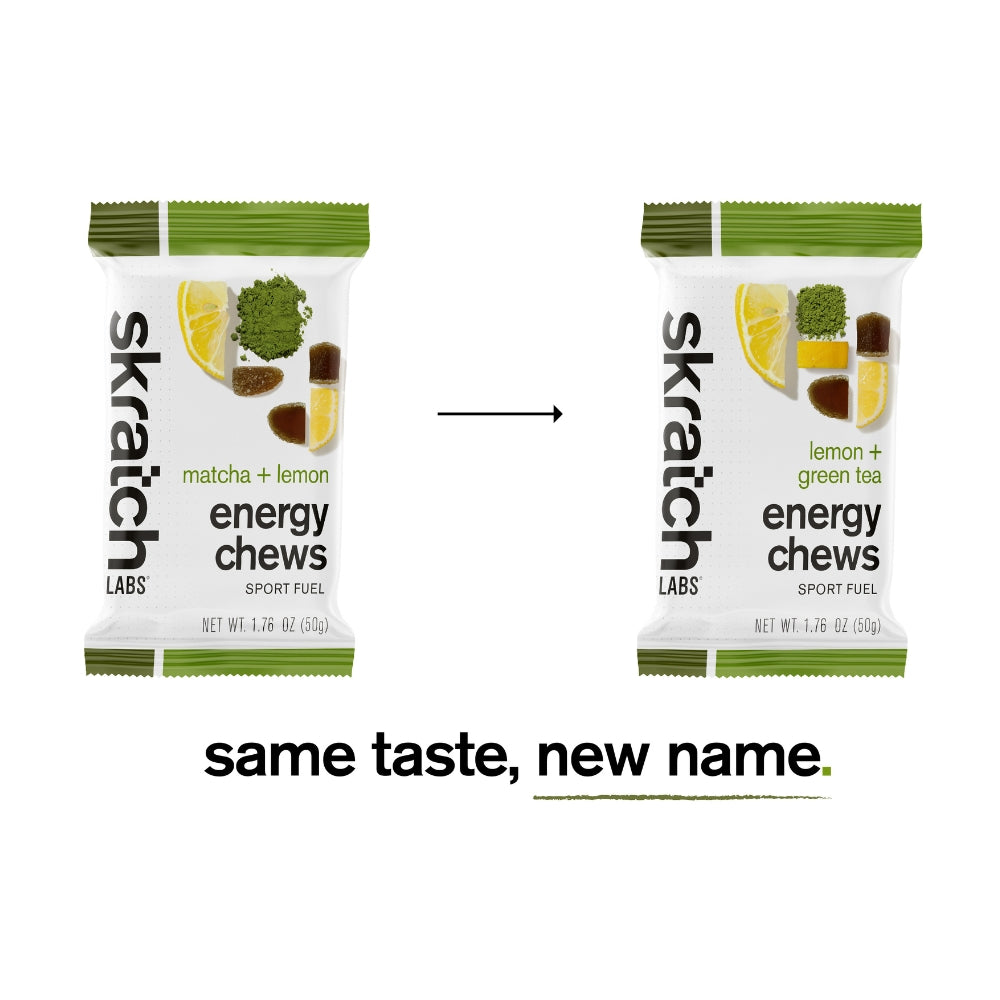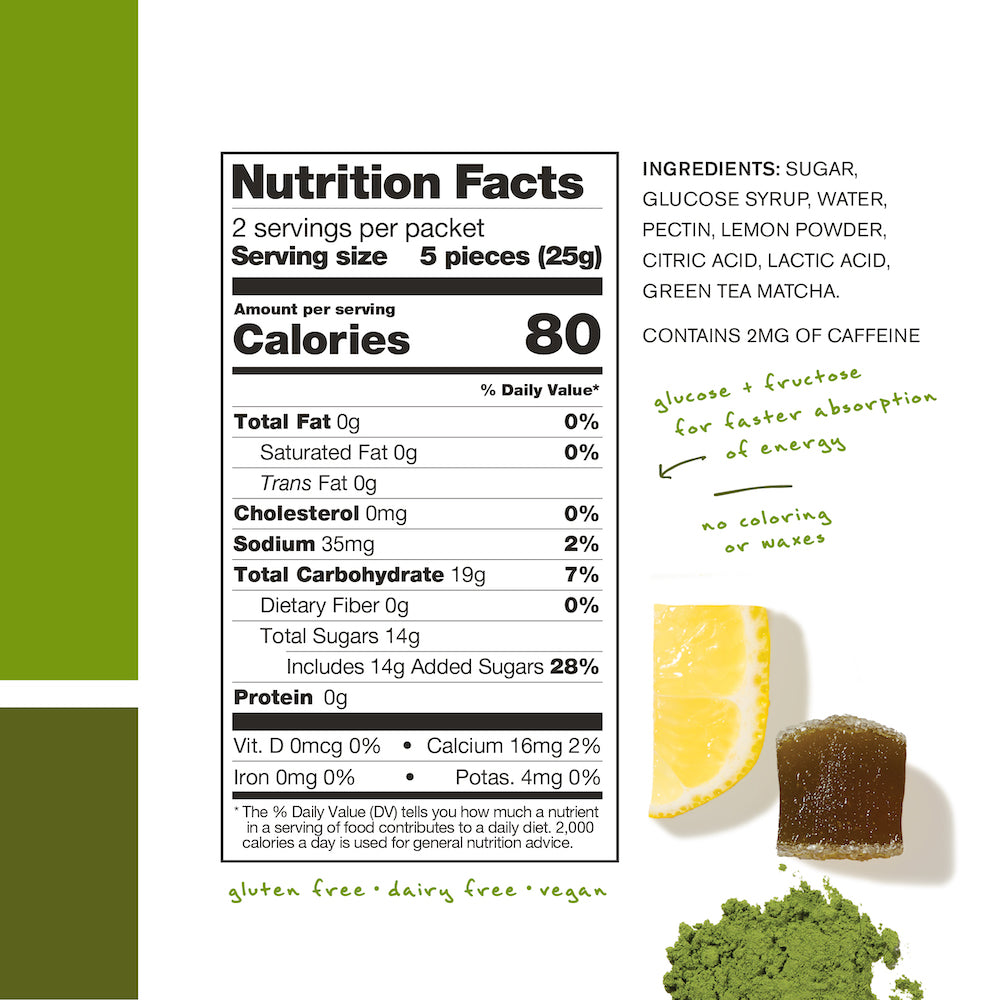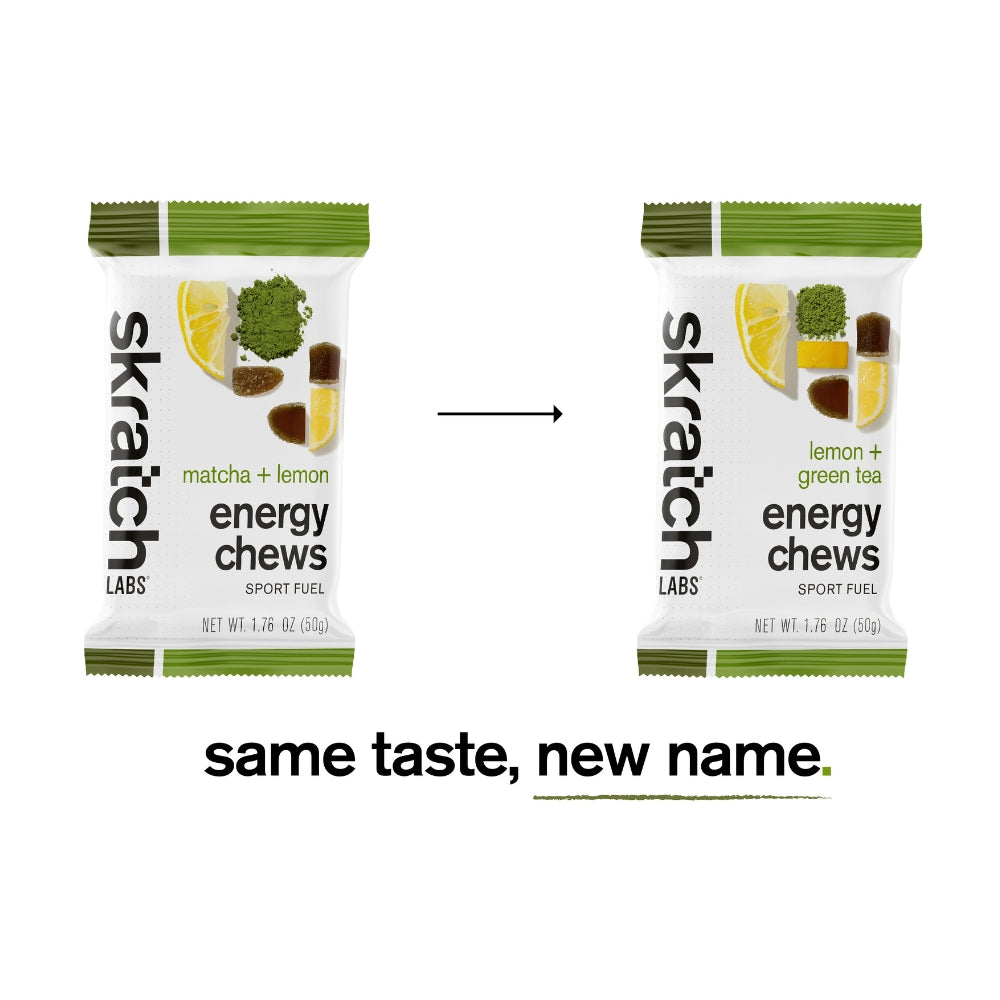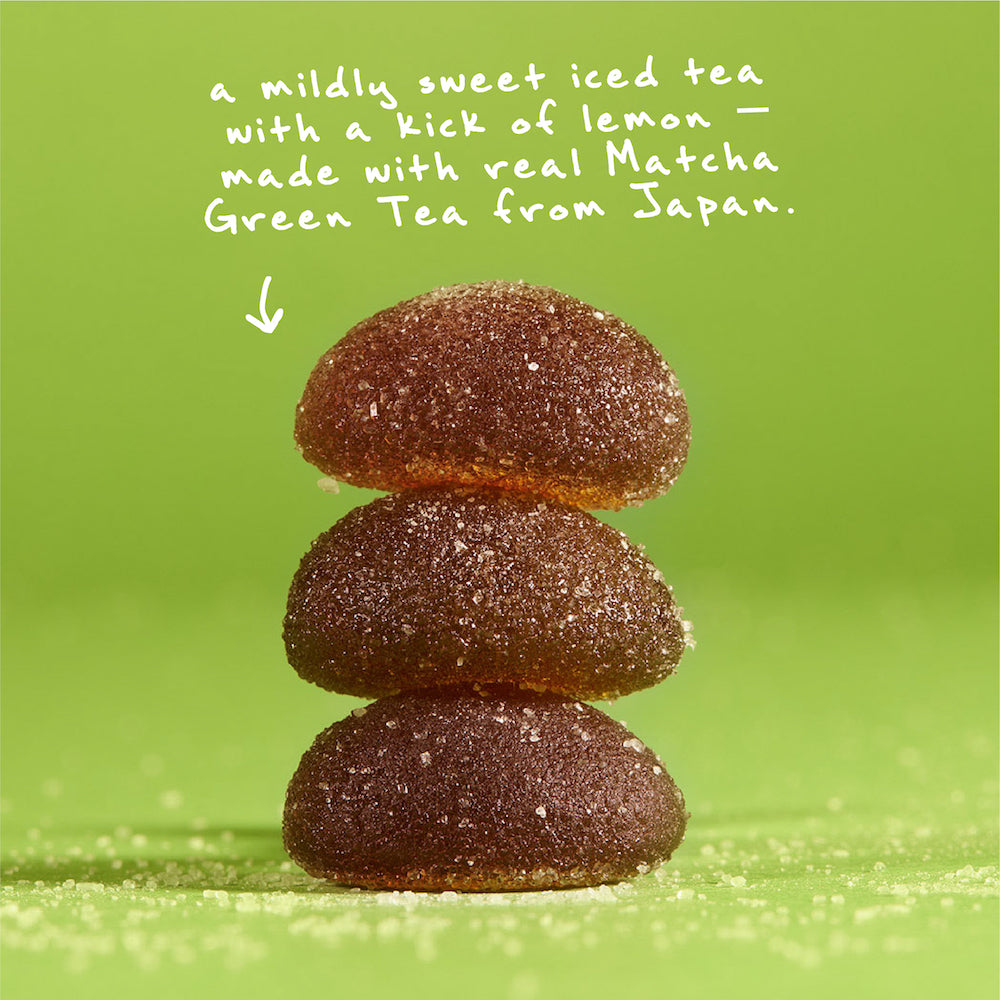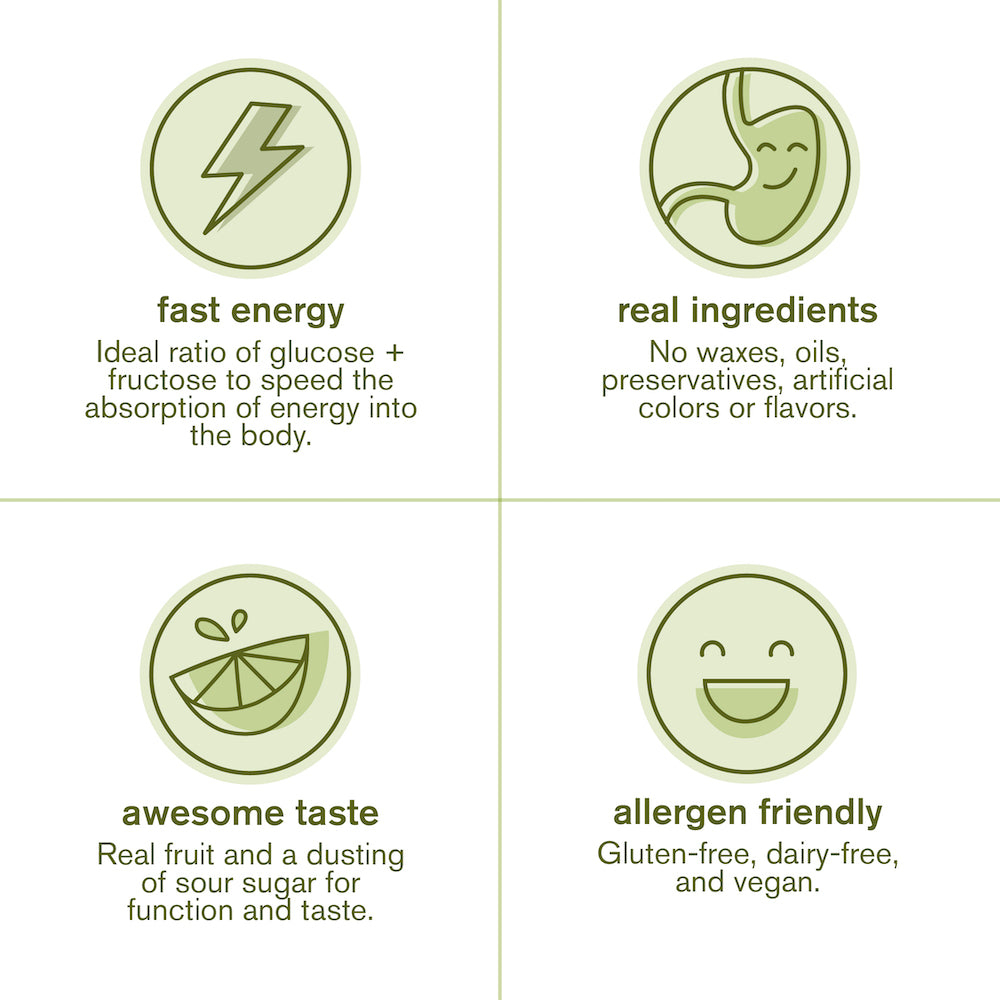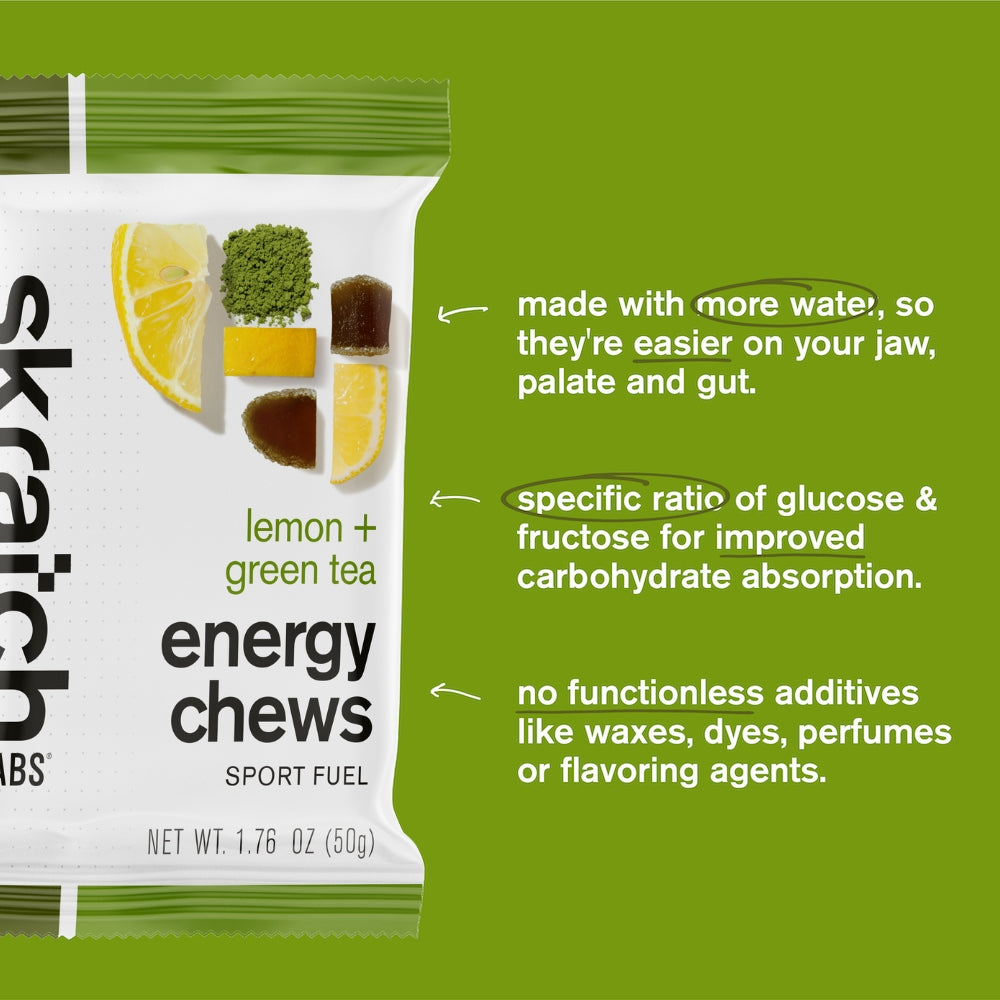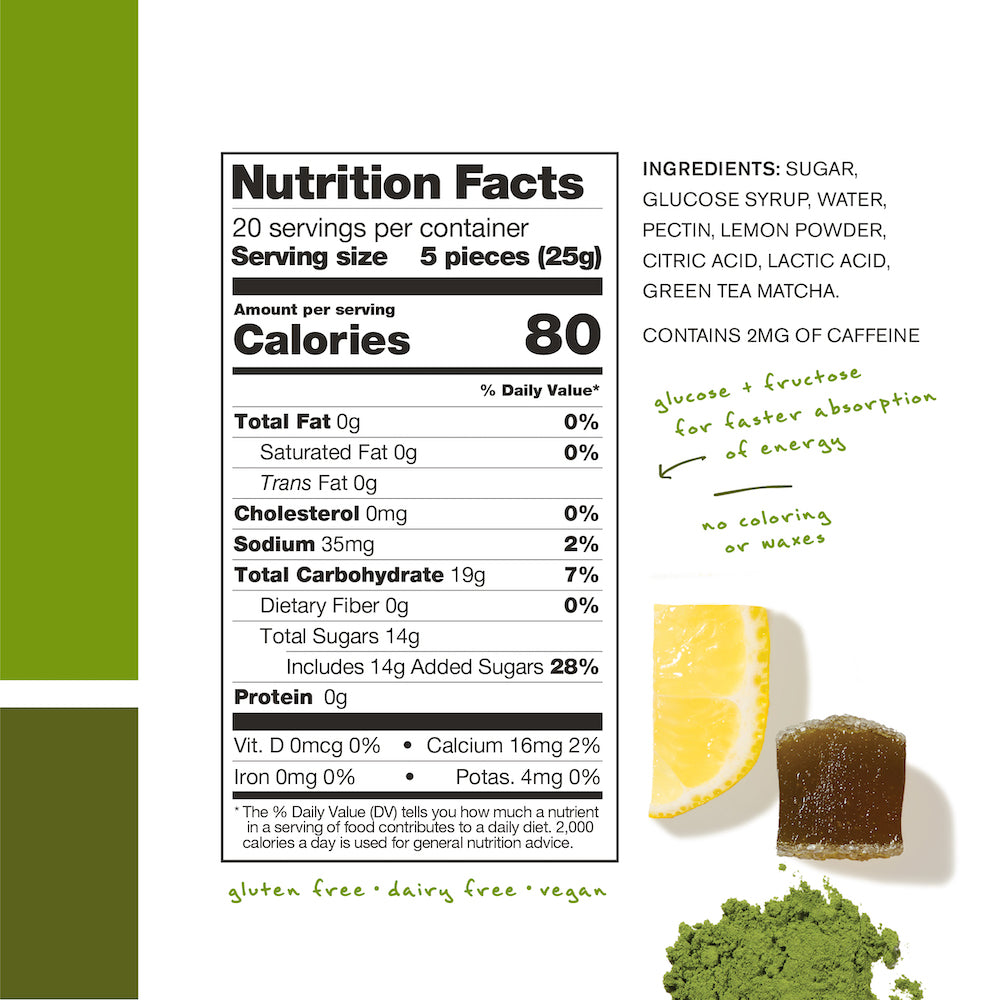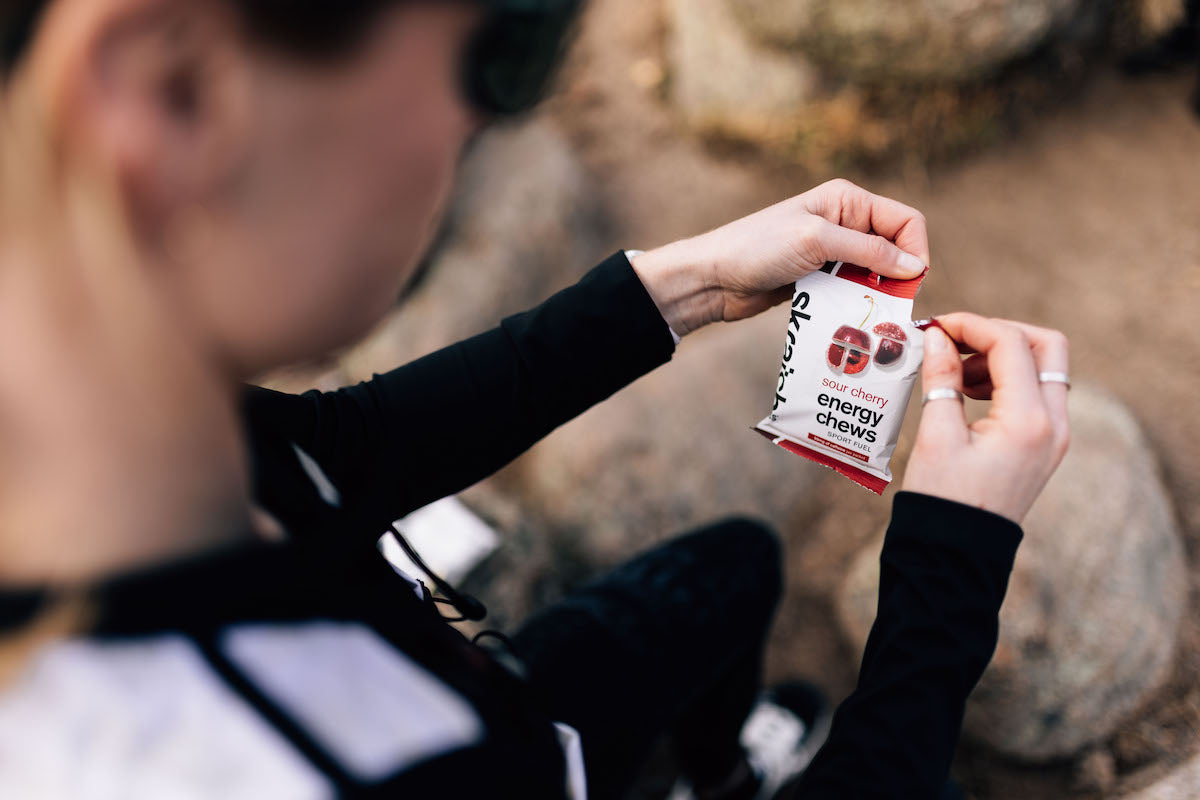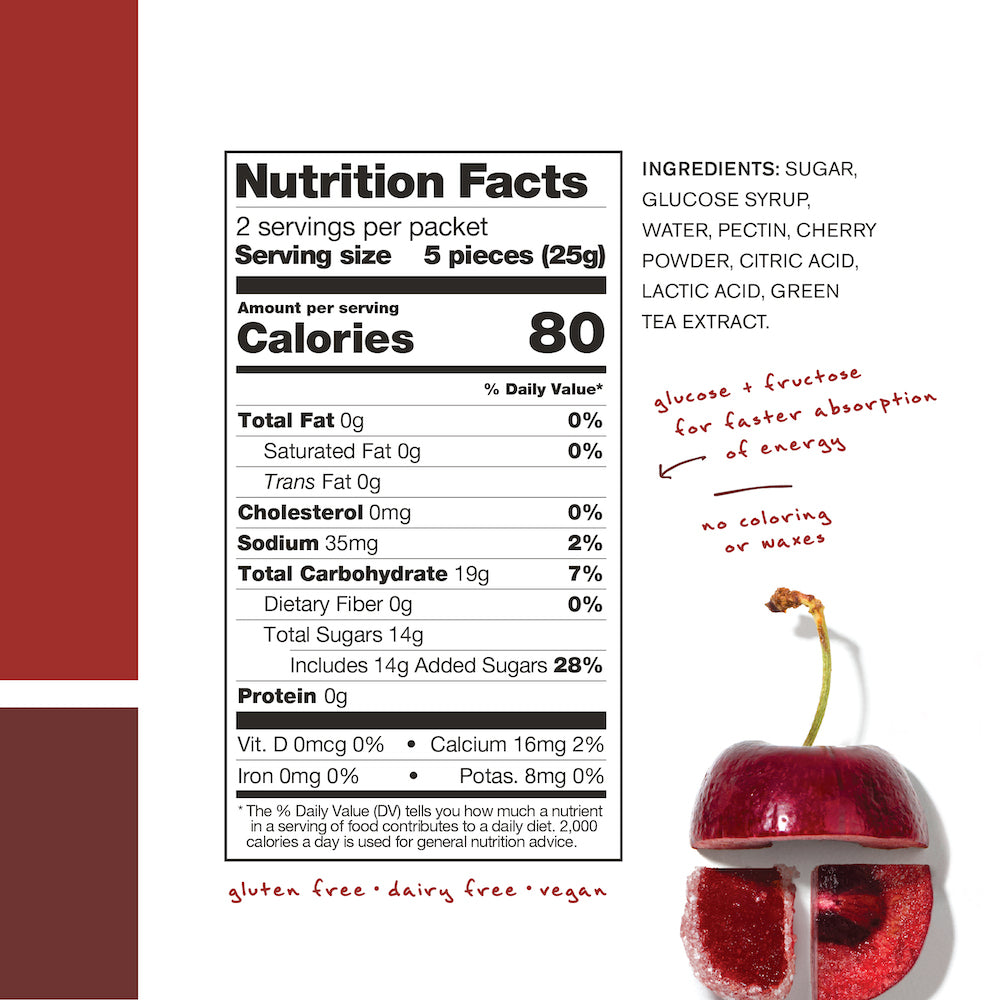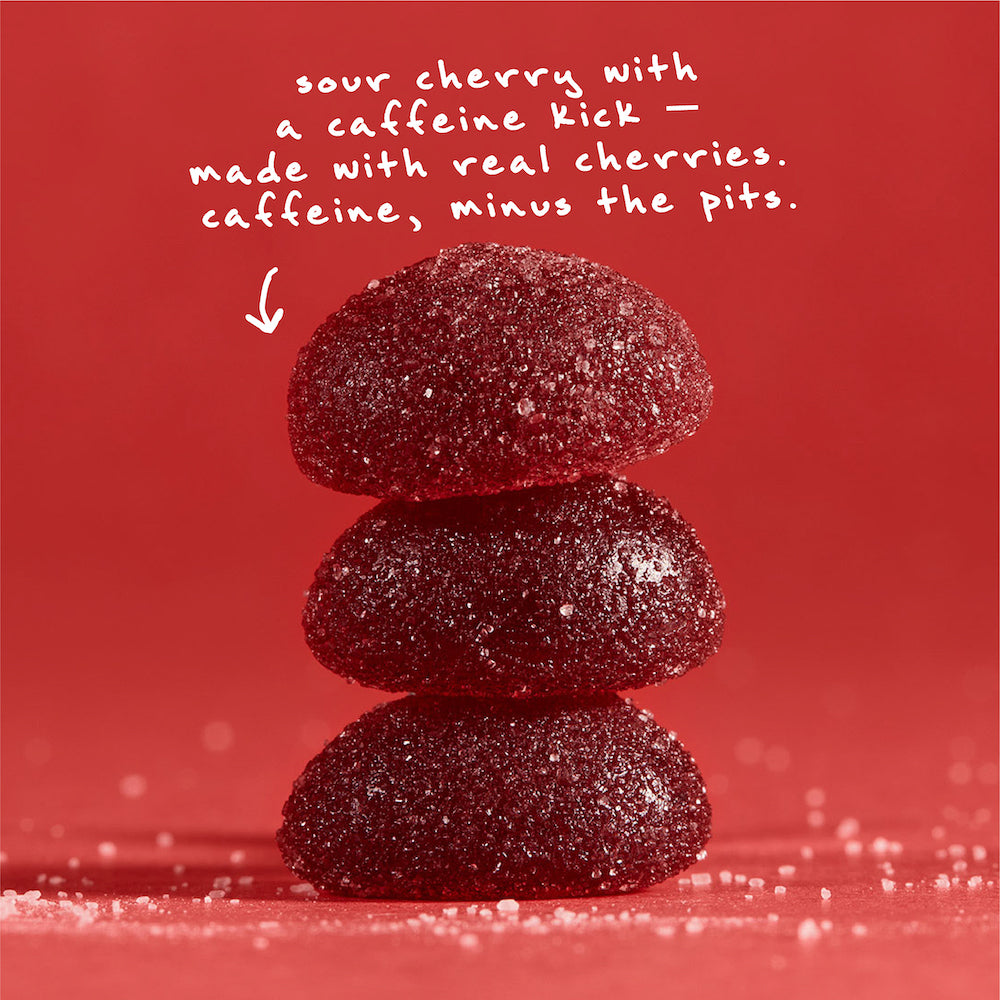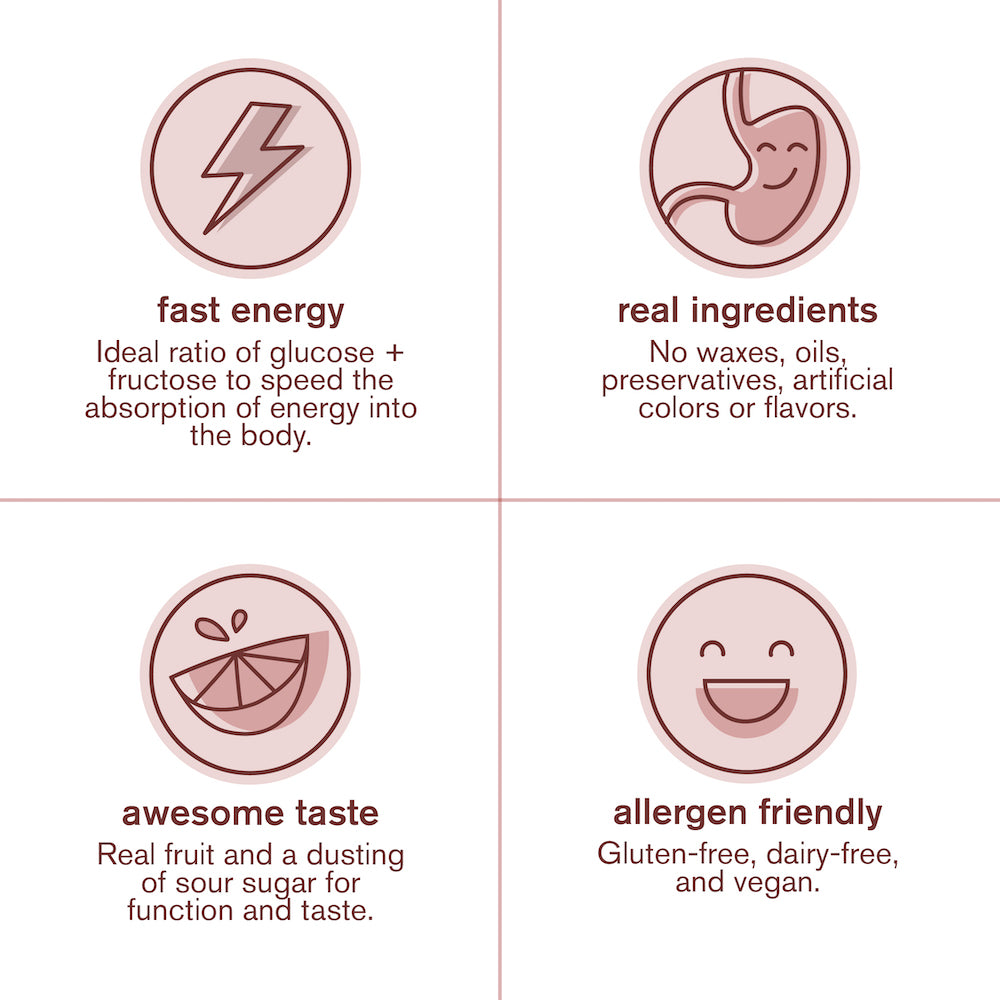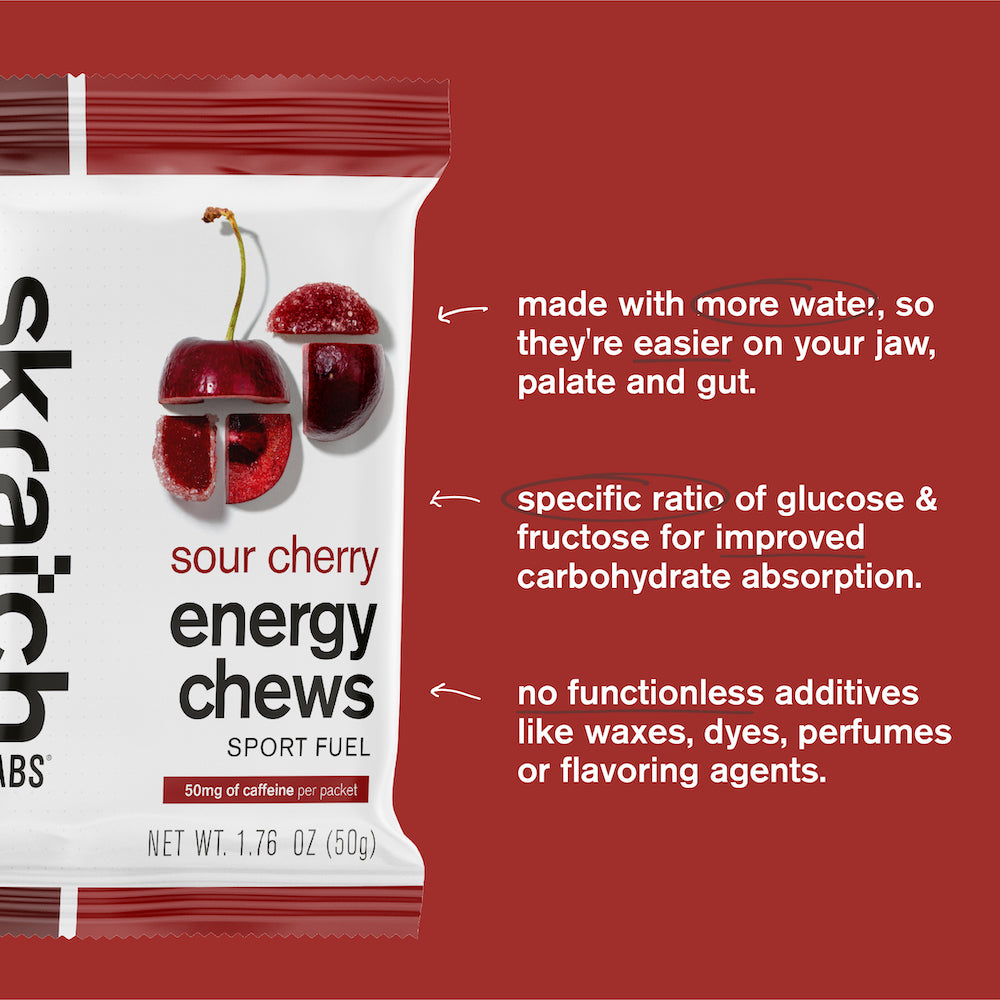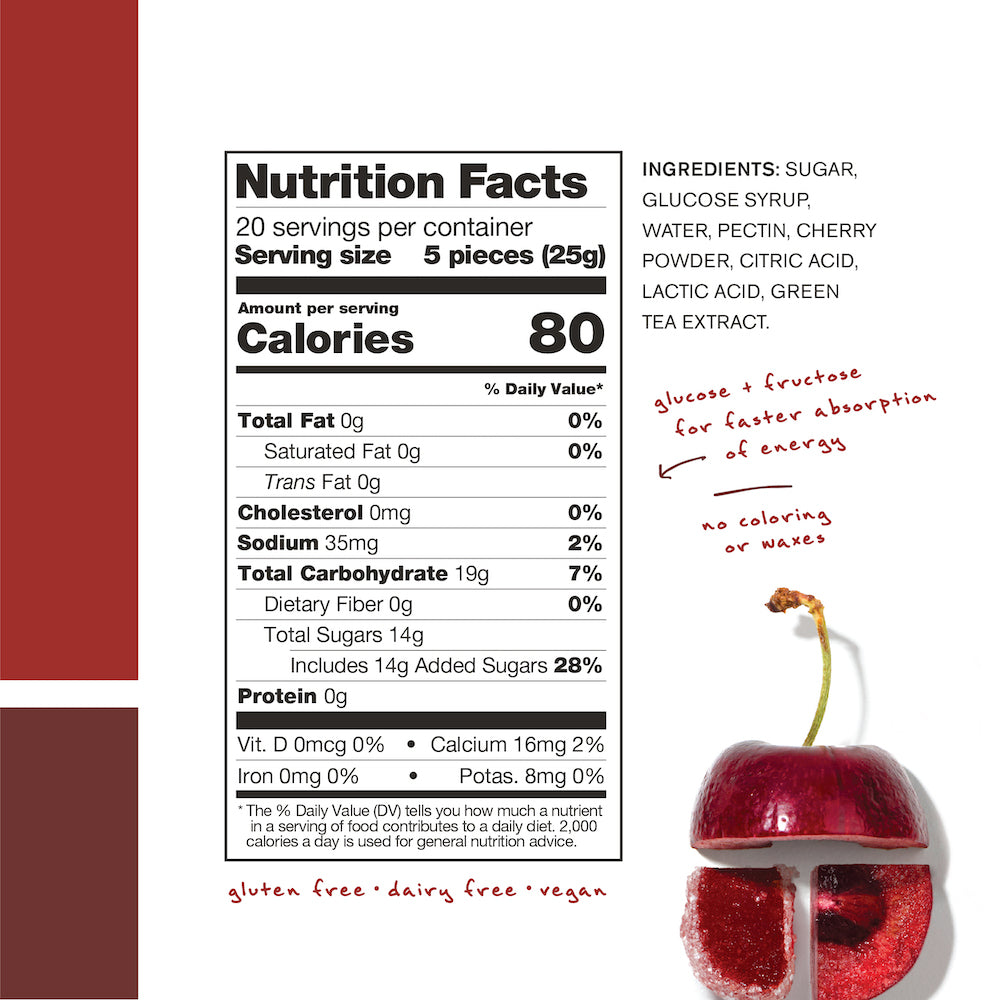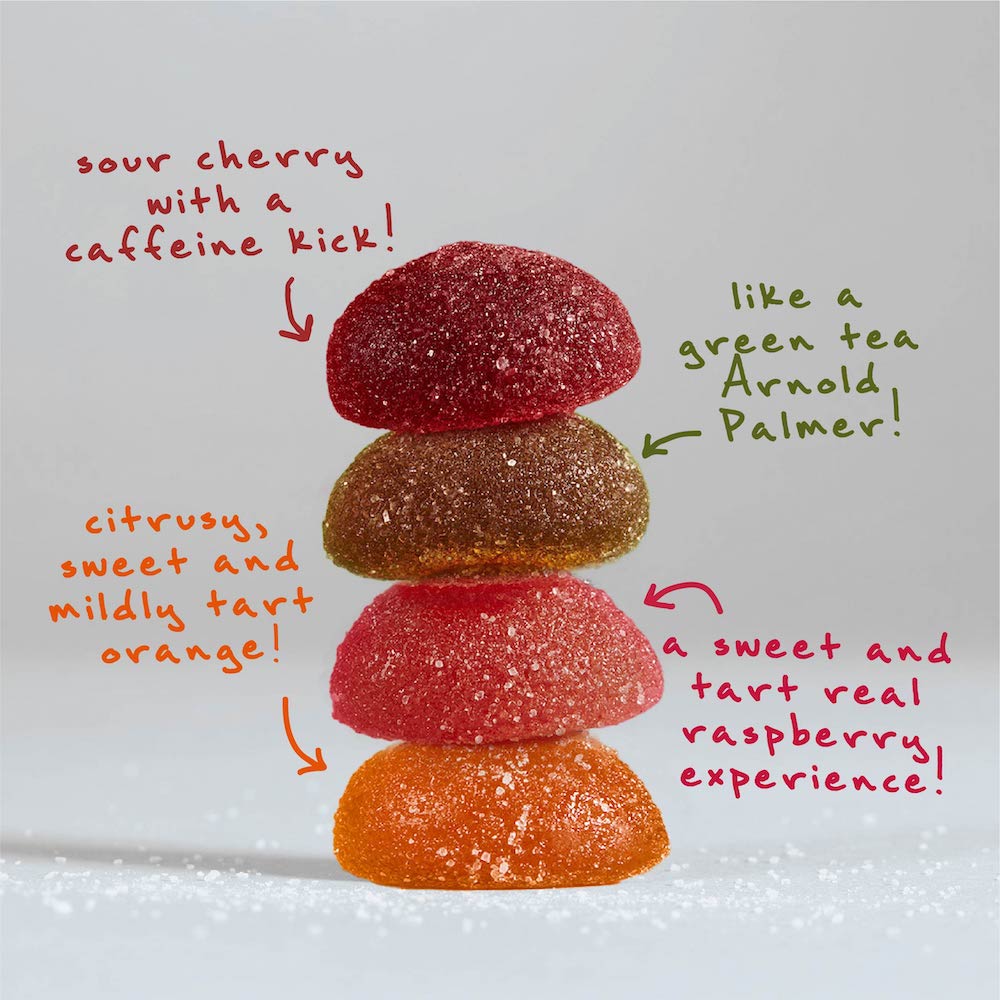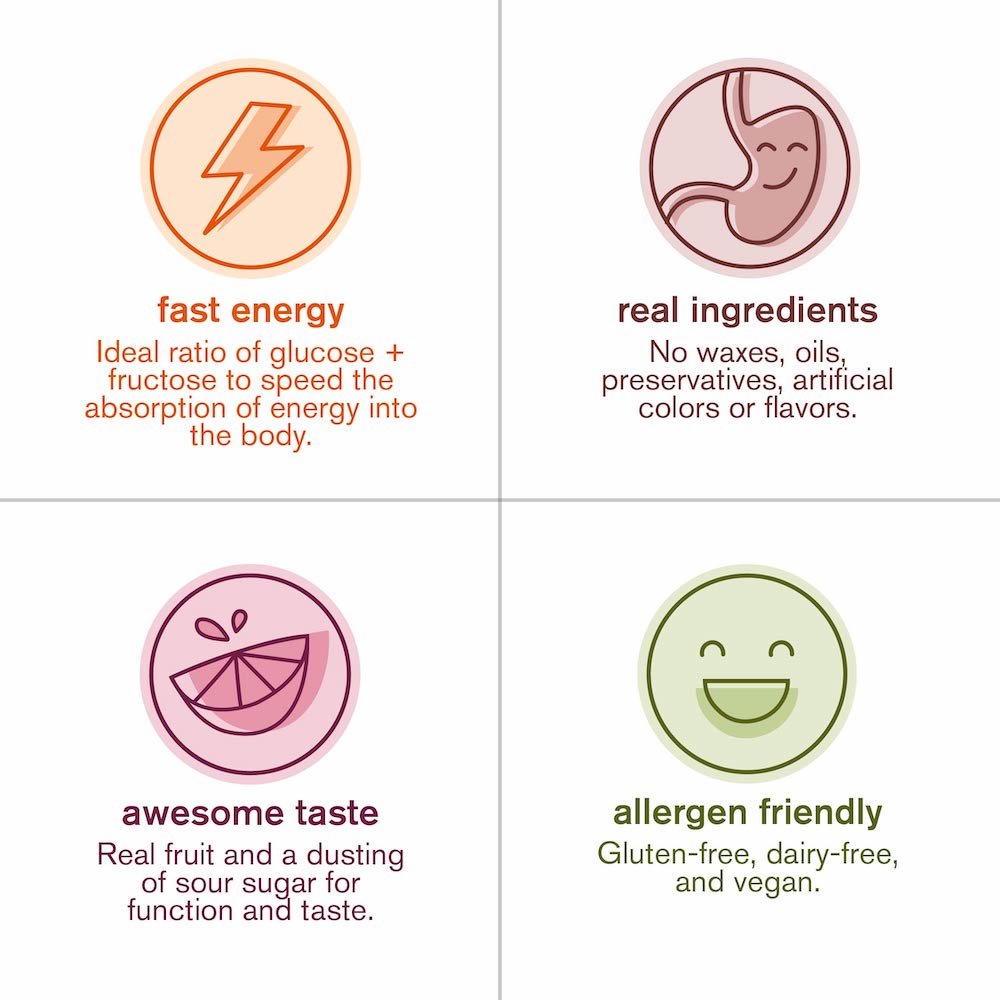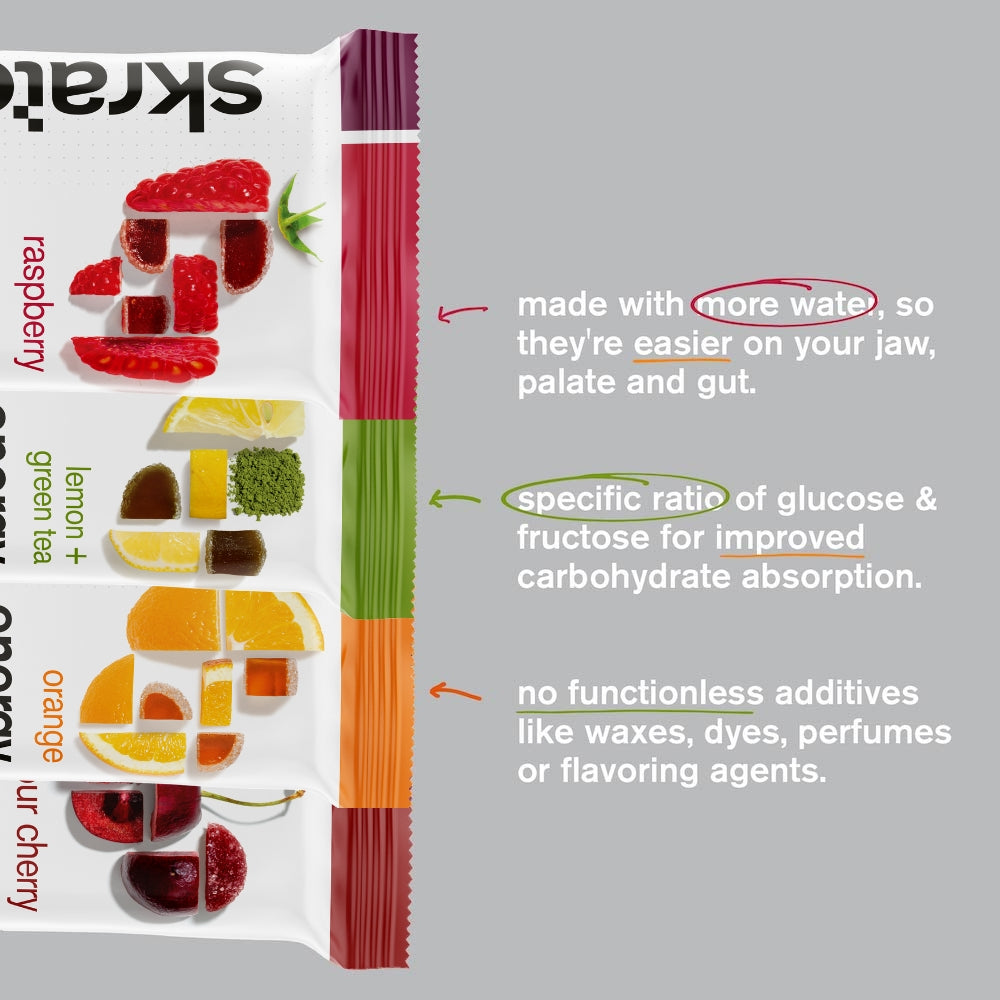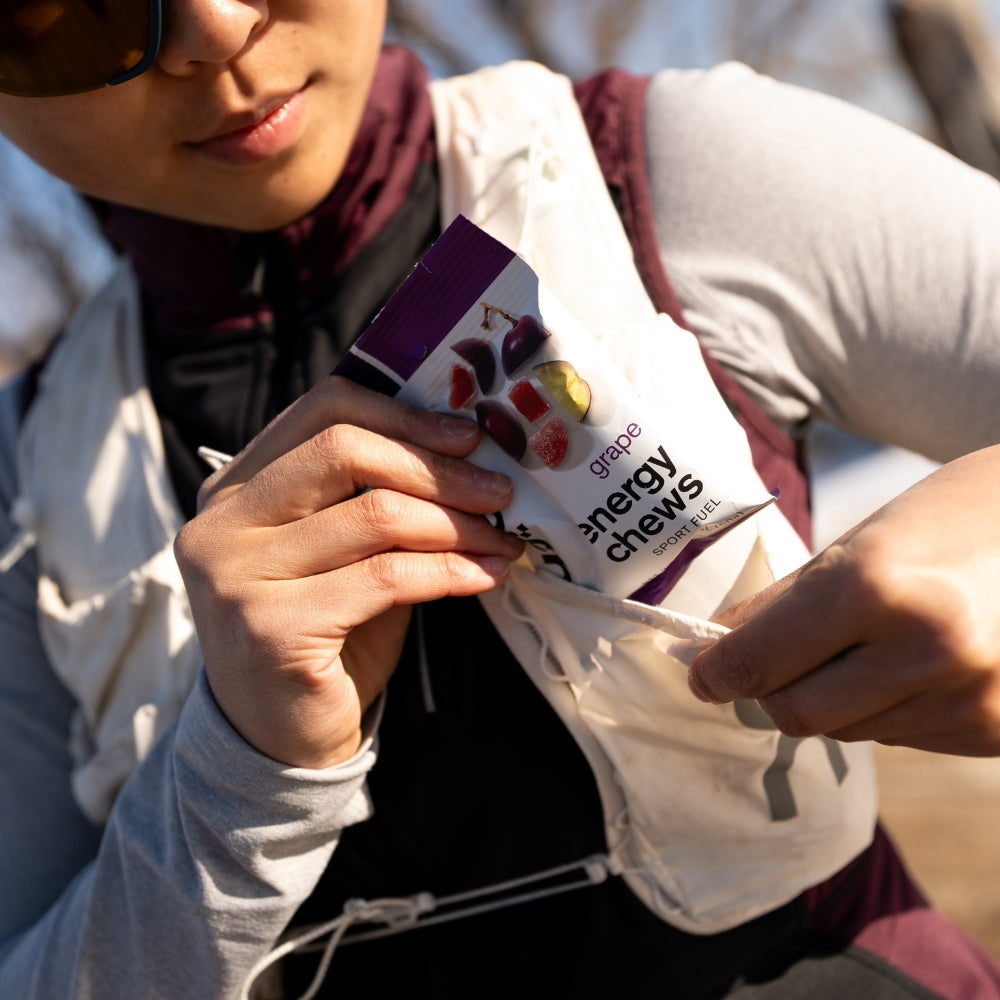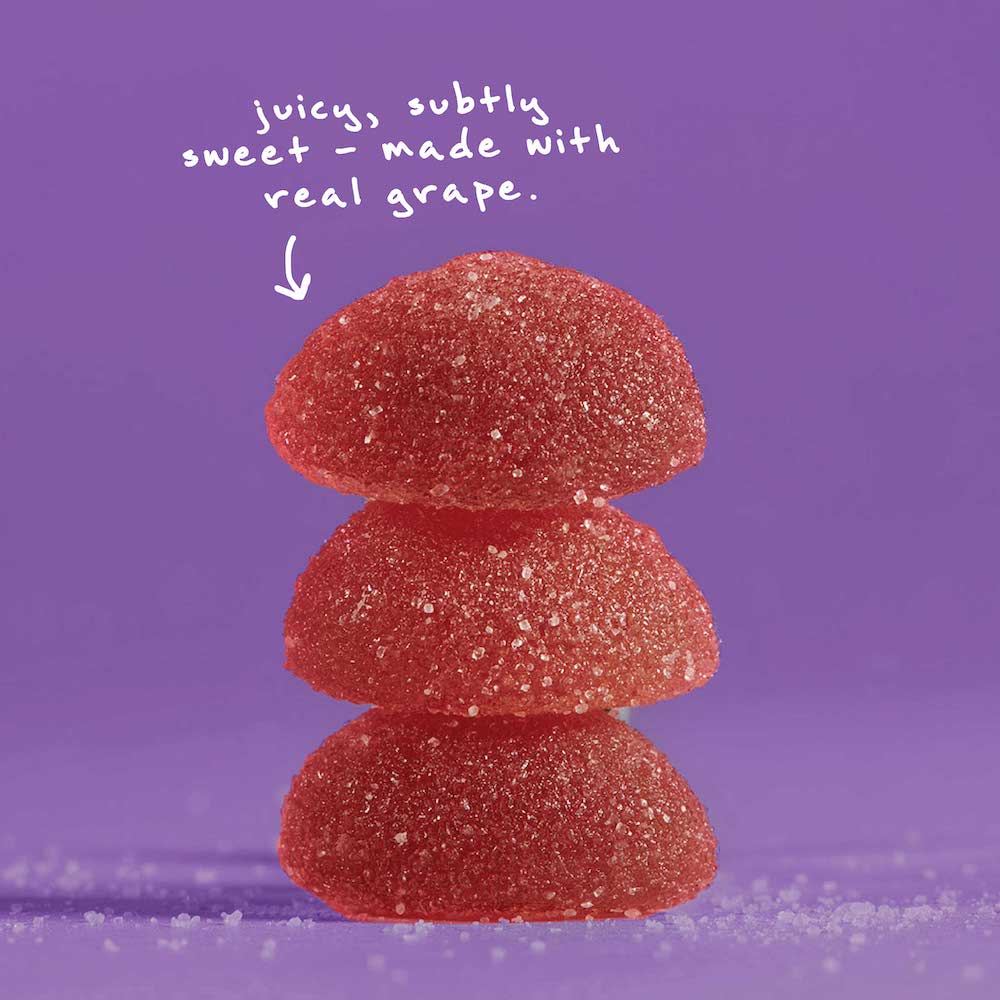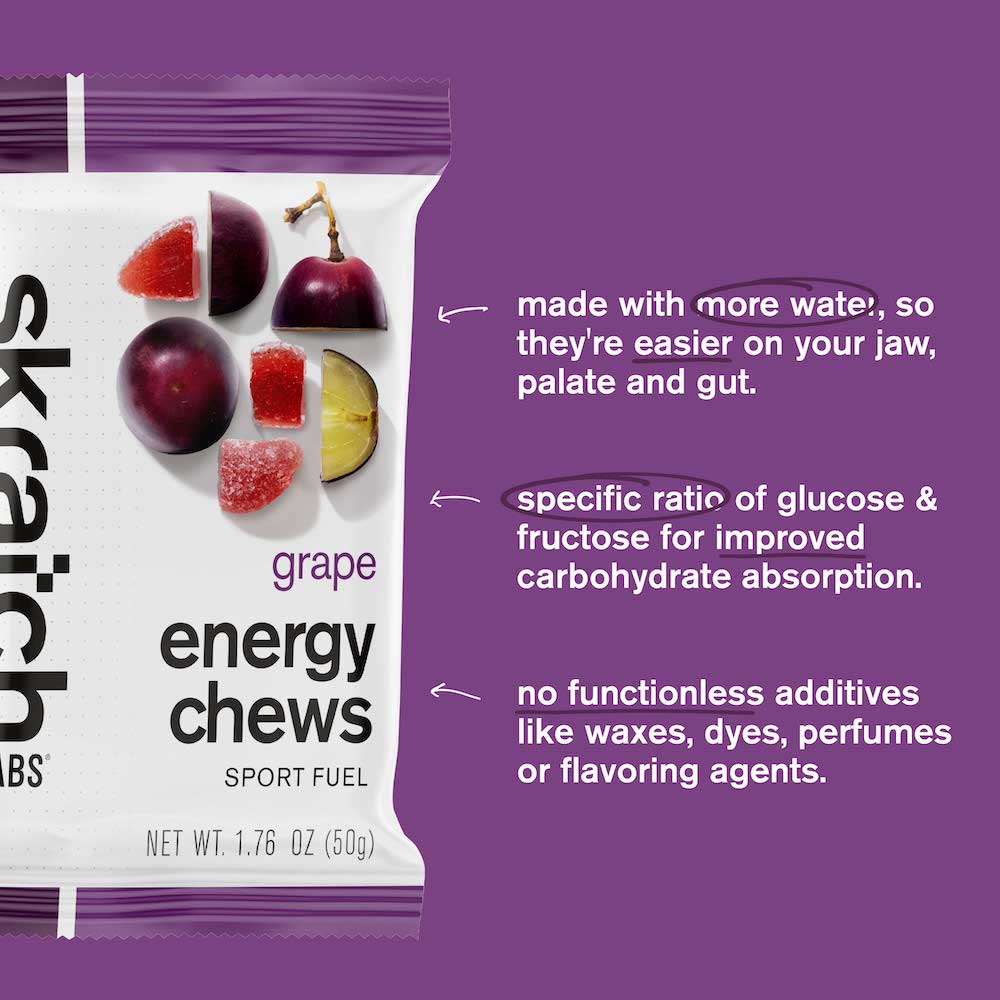Guide: Scheduling Your Lifts Like an Elite Runner
February 24th, 2025
This blog is brought to you by performance coach, Jonah Rosner, sharing The Ultimate Guide to Scheduling Your Lifts.
About Jonah:
+ Former NFL sports scientist with experience across all major U.S. pro sports.
+ Partnered with Nike to launch the Nike Running Performance Lab in NYC, using tools from NFL athletes.
+ Runs the Marathon Science newsletter and a marathon training program integrating tech, AI, and performance testing.
Are your strength workouts secretly sabotaging your marathon?
One of my clients was crushing weights but watching her track times tank - until we made ONE simple schedule change.
The result? She PR'd every single track session during her marathon build. (And no, we didn't cut her lifting - we just got smarter about timing!).
Here’s what we'll discuss in this blog:
🔬 The science of muscle damage (explained in a way you can actually understand")
📅 The perfect weekly lifting schedule
⚡How to stack hard sessions for maximum gains
💪 Recovery windows that actually work
The Science of Muscle Damage (And Why It Matters)
Warning: 99% of runners destroy their track workouts by lifting the day before.
The science: Heavy lifting and fast running both put massive forces through your legs, leading to eccentric muscle damage.
Your muscles have three main ways of working:
- Getting shorter (like curling a dumbbell)
- Staying the same length while producing force (like holding a plank)
- Getting longer while under tension (this is called eccentric contraction)
Muscle damage mostly happens during this third type - when your muscles get longer while working hard.
This happens when you lower a heavy weight or when your foot hits the ground while running fast.
These actions create tiny tears in your muscle fibers - it's how you get stronger, but it also causes damage!
Here's the important part:
- Your body needs 48-72 hours to repair this damage (1,2)
- During recovery, your muscles are as wiped out as you feel after teaching your grandma to text (so. much. patience!)
- Trying to run fast on damaged muscles? Your workout quality can tank by 5-10%! (3,4)
Here's how most runners sabotage themselves:
- Monday: Heavy squats = muscle damage
- Tuesday: Track workout = dead legs
The result? Your running turns into a disaster.
Research proves it: Damaged muscles don’t hit your target paces. Miss those paces? Your training quality and progress take a nosedive (5).
It's like building a house with broken tools!
Ready to master your lifting schedule? Let’s dive in!
The Perfect Weekly Schedule (That Won't Wreck Your Training)
Want to know the ultimate secret to lifting like an elite runner?
Hard days hard, easy days easy.
By stacking your hard sessions, you maximize recovery time and let your legs truly recharge.
Here's the magic formula:
- Stack hard runs and lifting on the same day
- Lift 2–3 times per week, max (more is overkill for runners)
- Do your lift AFTER the hard run, with at least a 6-hour break
- Can’t combine? Schedule your lift 2+ days before your next track or speed session
- Keep 48 hours between tough sessions
- Never lift heavy before speed work or long runs (your legs will thank you)
Let’s break it down:

Your perfect week mapped out clearer than my GPS on long run day (and we all know how that usually goes! 😅). #ScienceApproved
Why this works: Your body recovers from both lifting and hard running at the same time. Think of it as killing two birds with one recovery stone. In fact, research shows stacking hard sessions can enhance recovery and maximize training benefits over time (6,7,8).
That’s a similar boost to what I get from post-run ice cream (and trust me, I've tested this extensively ).
Practical Summary (The TL;DR for Science Nerds 🤓)
The Schedule:
- Stack hard runs + lifting on the same day
- Wait 6+ hours between running and lifting
- Limit lifting to 2-3 sessions per week
- Always lift AFTER hard runs, not before
Recovery Rules:
- Give it 48 hours between tough sessions to let your muscles recover
- Never lift heavy before speed work or long runs
- If you can’t stack, wait 2+ days between lifting and quality running sessions
Recovery Nutrition Tips:
- Refuel within 30-60 minutes post-workout with carbs and protein (9,11,12,13)
- Aim for 1.2g of carbs per kg of body weight (11,12,13)
- Include 0.4g of protein per kg of body weight for muscle repair (9,12,13)
- Try Skratch Labs Recovery Drink Mix for a convenient 4:1 carb-to-protein ratio (10,11,13)


Recovery tips dropping faster than my pace at mile 20 of my last bonked marathon! (Turns out you need more than ice cream and claiming you're a 2:30 marathoner on Instagram to fuel 26.2 😅)
Sources:
1. Clarkson, P. M., & Hubal, M. J. (2002). Exercise-induced muscle damage in humans. American Journal of Physical Medicine & Rehabilitation, 81(11 Suppl), S52-S693.
2. Peake, J. M., Neubauer, O., Della Gatta, P. A., & Nosaka, K. (2017). Muscle damage and inflammation during recovery from exercise. Journal of Applied Physiology, 122(3), 559-5703.
3. Marcora, S. M., & Bosio, A. (2007). Effect of exercise-induced muscle damage on endurance running performance in humans. European Journal of Applied Physiology, 99(6), 651-66118.
4. Howatson, G., & van Someren, K. A. (2008). The prevention and treatment of exercise-induced muscle damage. Sports Medicine, 38(6), 483-503.
5. Burt, D., Lamb, K., Nicholas, C., & Twist, C. (2014). Effects of exercise-induced muscle damage on resting metabolic rate, sub-maximal running and post-exercise oxygen consumption. European Journal of Sport Science, 14(4), 337-344
6. Doma, K., Deakin, G. B., & Bentley, D. J. (2017). Implications of Impaired Endurance Performance following Single Versus Multi-Mode Exercise: A Systematic Review and Meta-Analysis. Sports Medicine, 47(11), 2287-2299.
7. Holcomb, F. R., Multhaup, K. S., Erwin, S. R., & Daniels, S. E. (2021). Spaced training enhances equine learning performance. Animal Cognition, 25(3), 683-690.
8. Rhea, M. R., Ball, S. D., Phillips, W. T., & Burkett, L. N. (2002). A comparison of linear and daily undulating periodized programs with equated volume and intensity for strength. Journal of Strength and Conditioning Research, 16(2), 250-255.
9. Aragon, A. A., & Schoenfeld, B. J. (2013). Nutrient timing revisited: is there a post-exercise anabolic window?. Journal of the International Society of Sports Nutrition, 10(1), 5.
10. Jentjens, R., & Jeukendrup, A. (2003). Determinants of post-exercise glycogen synthesis during short-term recovery. Sports Medicine, 33(2), 117-144.
11. Ivy, J. L., Goforth, H. W., Damon, B. M., McCauley, T. R., Parsons, E. C., & Price, T. B. (2002). Early postexercise muscle glycogen recovery is enhanced with a carbohydrate-protein supplement. Journal of Applied Physiology, 93(4), 1337-1344.
12. Thomas, D. T., Erdman, K. A., & Burke, L. M. (2016). Position of the Academy of Nutrition and Dietetics, Dietitians of Canada, and the American College of Sports Medicine: Nutrition and Athletic Performance. Journal of the Academy of Nutrition and Dietetics, 116(3), 501-528.
13. Kerksick, C. M., Arent, S., Schoenfeld, B. J., Stout, J. R., Campbell, B., Wilborn, C. D., ... & Antonio, J. (2017). International society of sports nutrition position stand: nutrient timing. Journal of the International Society of Sports Nutrition, 14(1), 33.

About Jonah
Jonah is an applied sport scientist, strength and running coach / consultant living in Brooklyn,
NY. Jonah spent the past 7 years working with athletes and teams from all major American
Professional Team sports. Most recently, Jonah was the applied sport science coordinator for
the Houston Texans in the NFL. At 25 he was one of the youngest sport scientist in NFL history.
Jonah specializes in using the latest sport science technology and testing to individualize
running and strength programs. He currently collaborates with Nike to run the Nike Running
Performance Lab NYC.
Jonah can be found on instagram @rosnerperformance where he
shares practical tips on how to optimize marathon performance based on the latest research.
His website is www.rosnerperformance.com.



